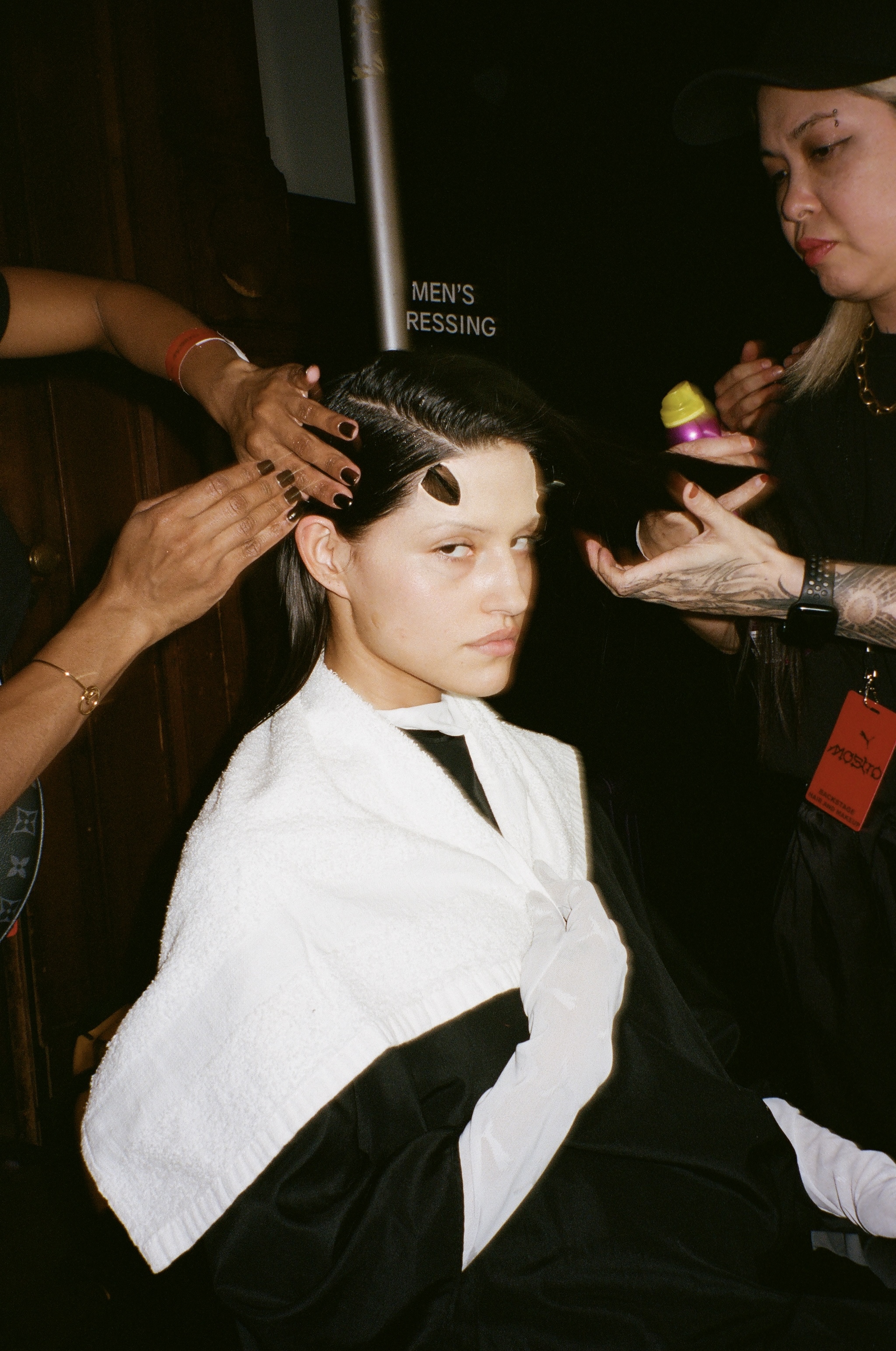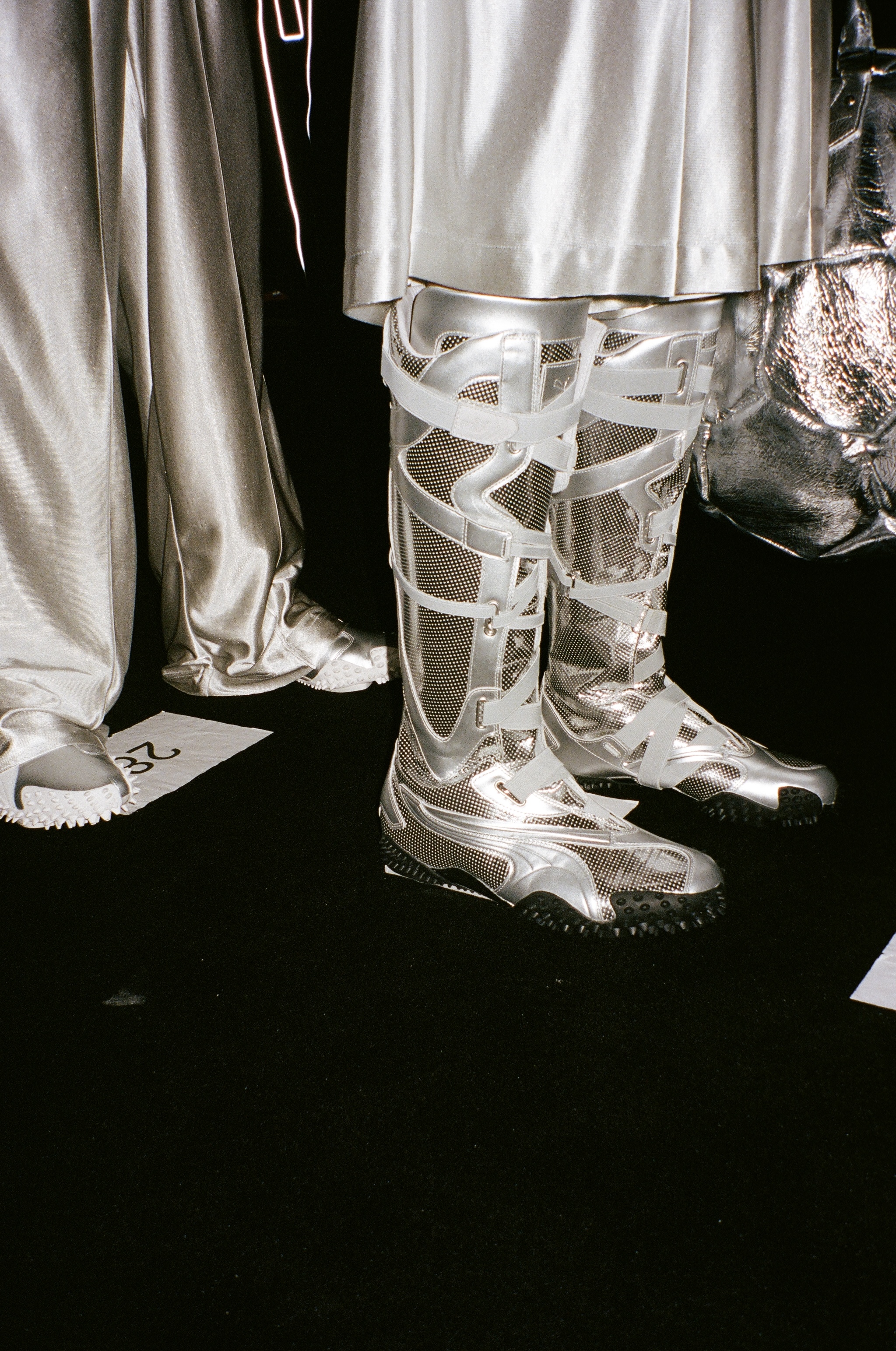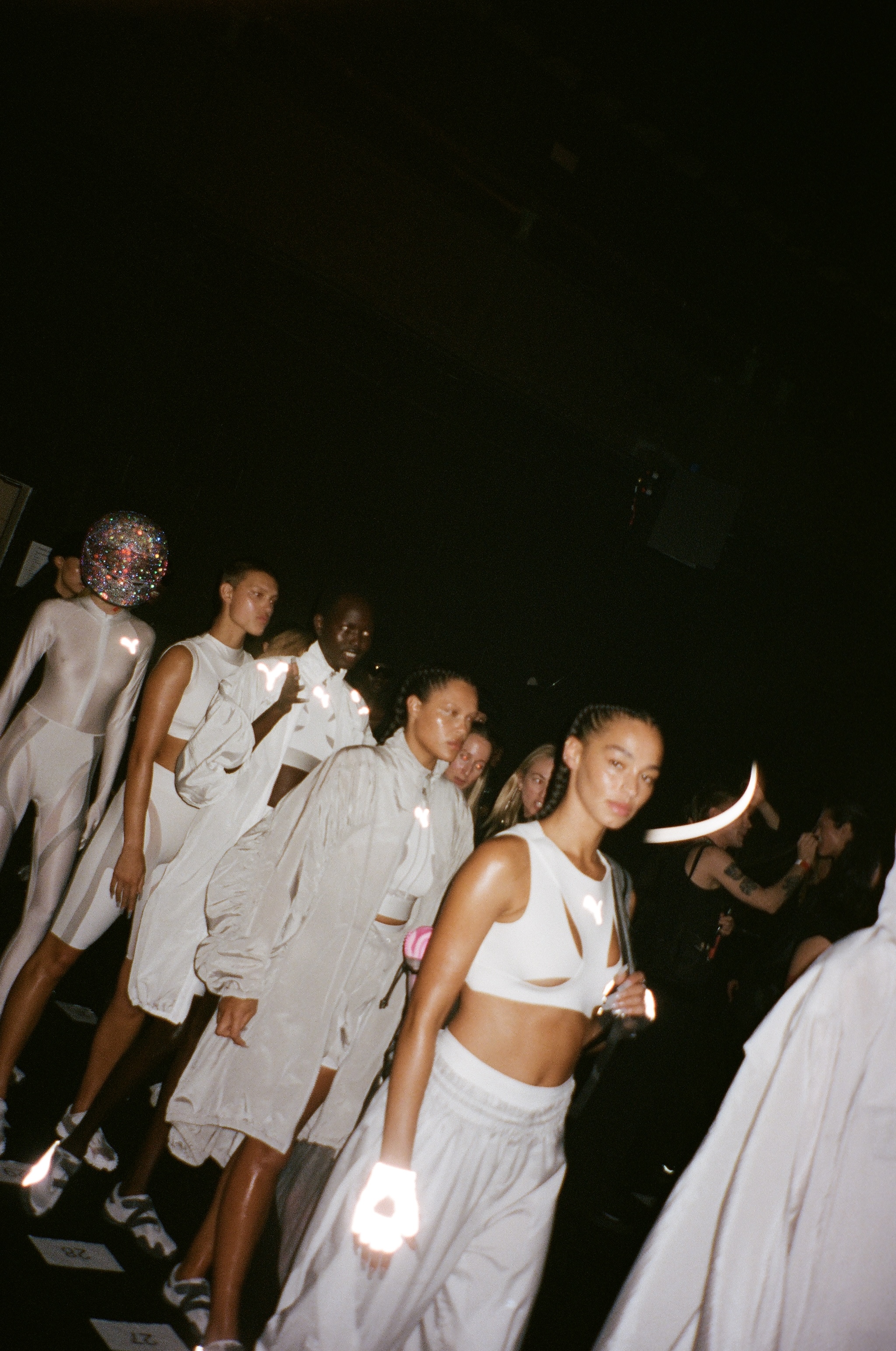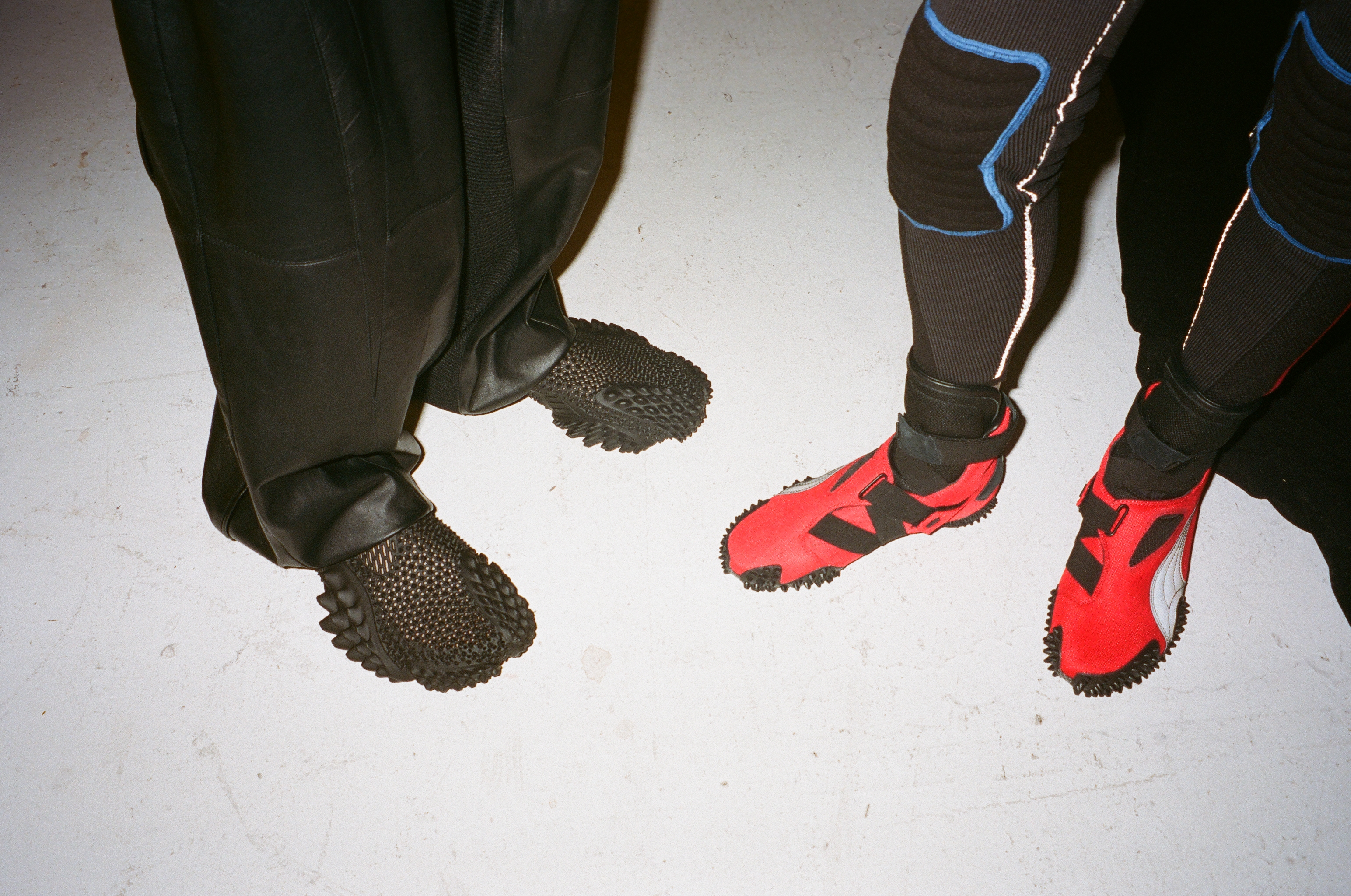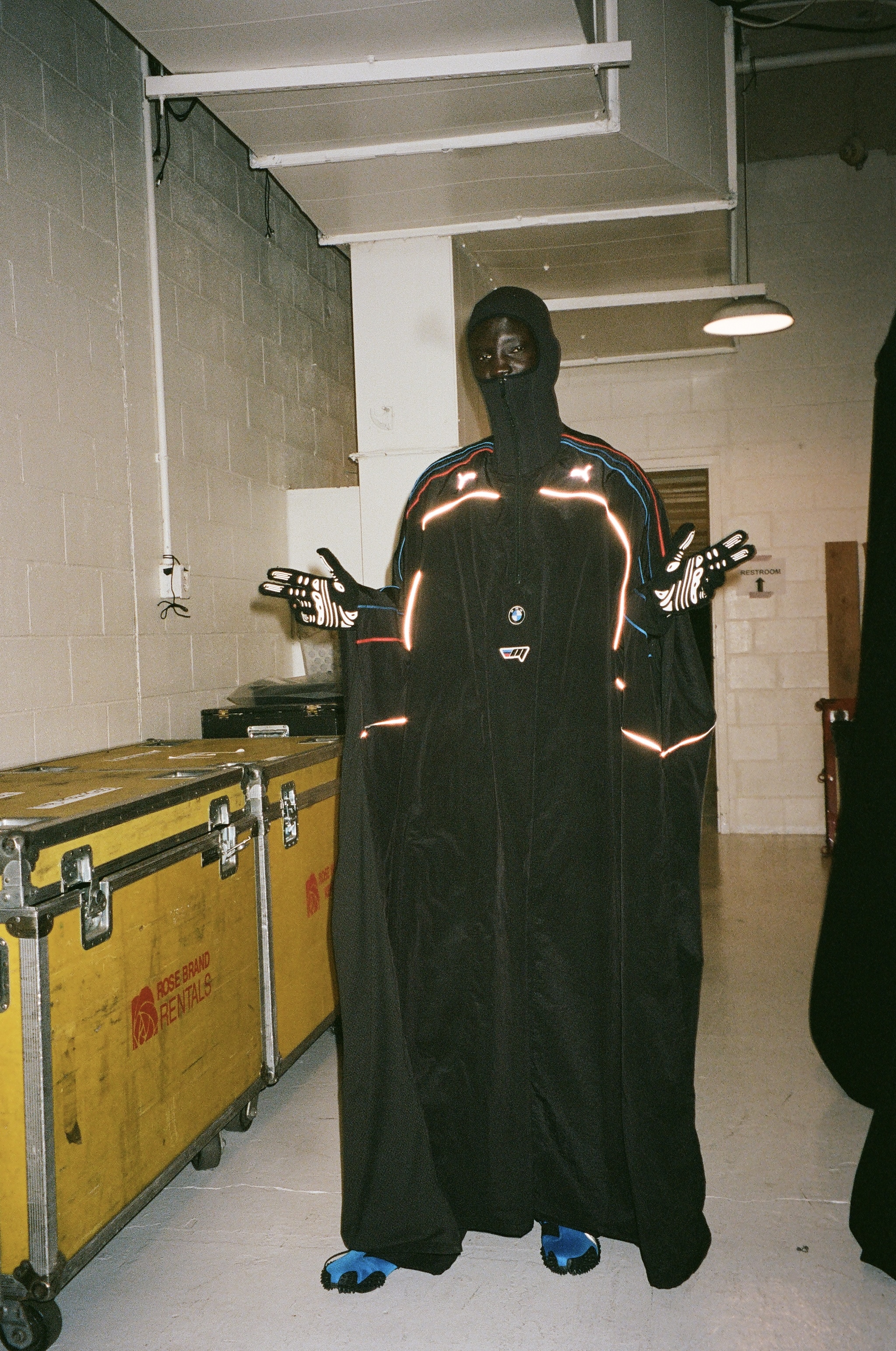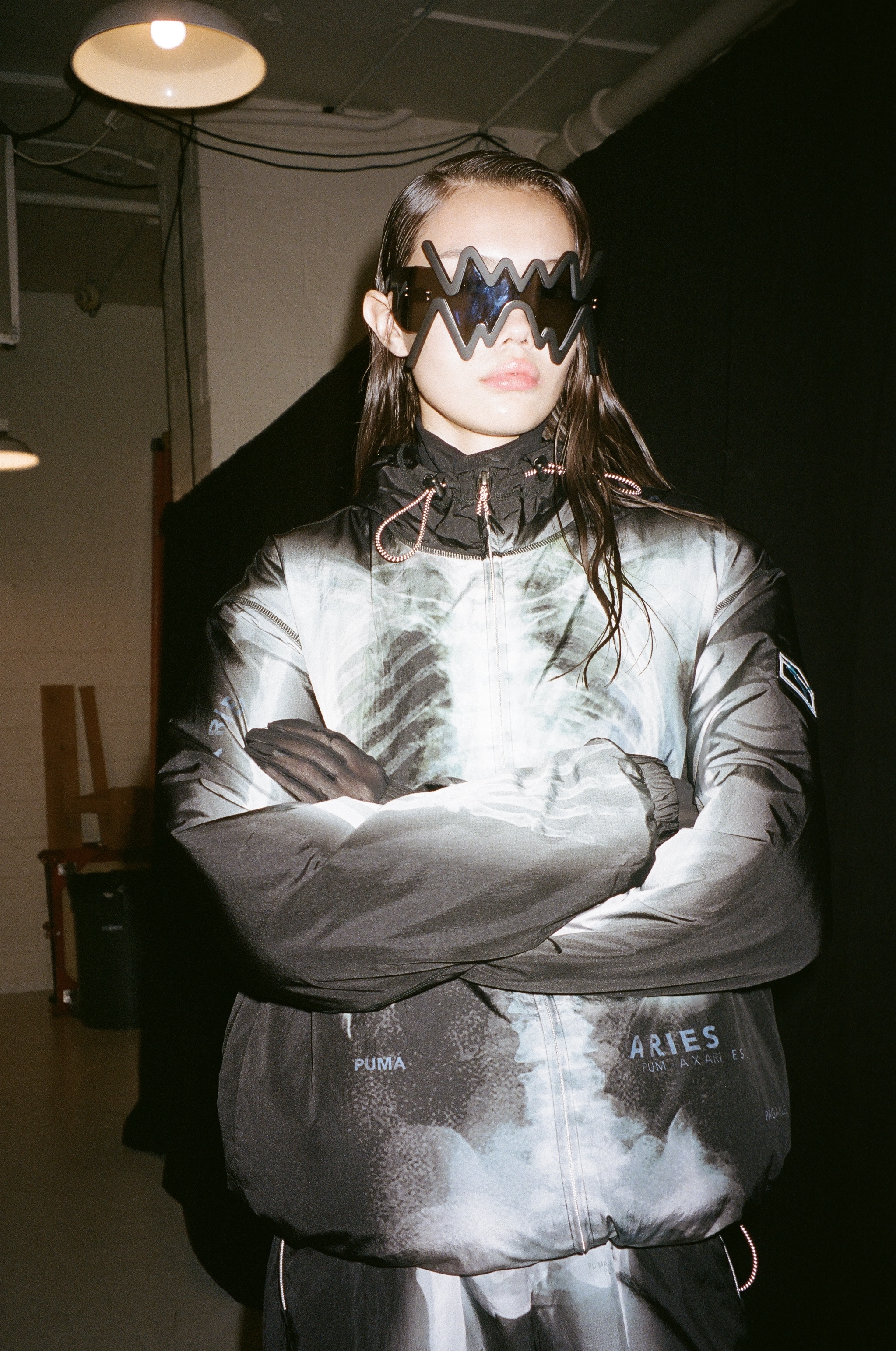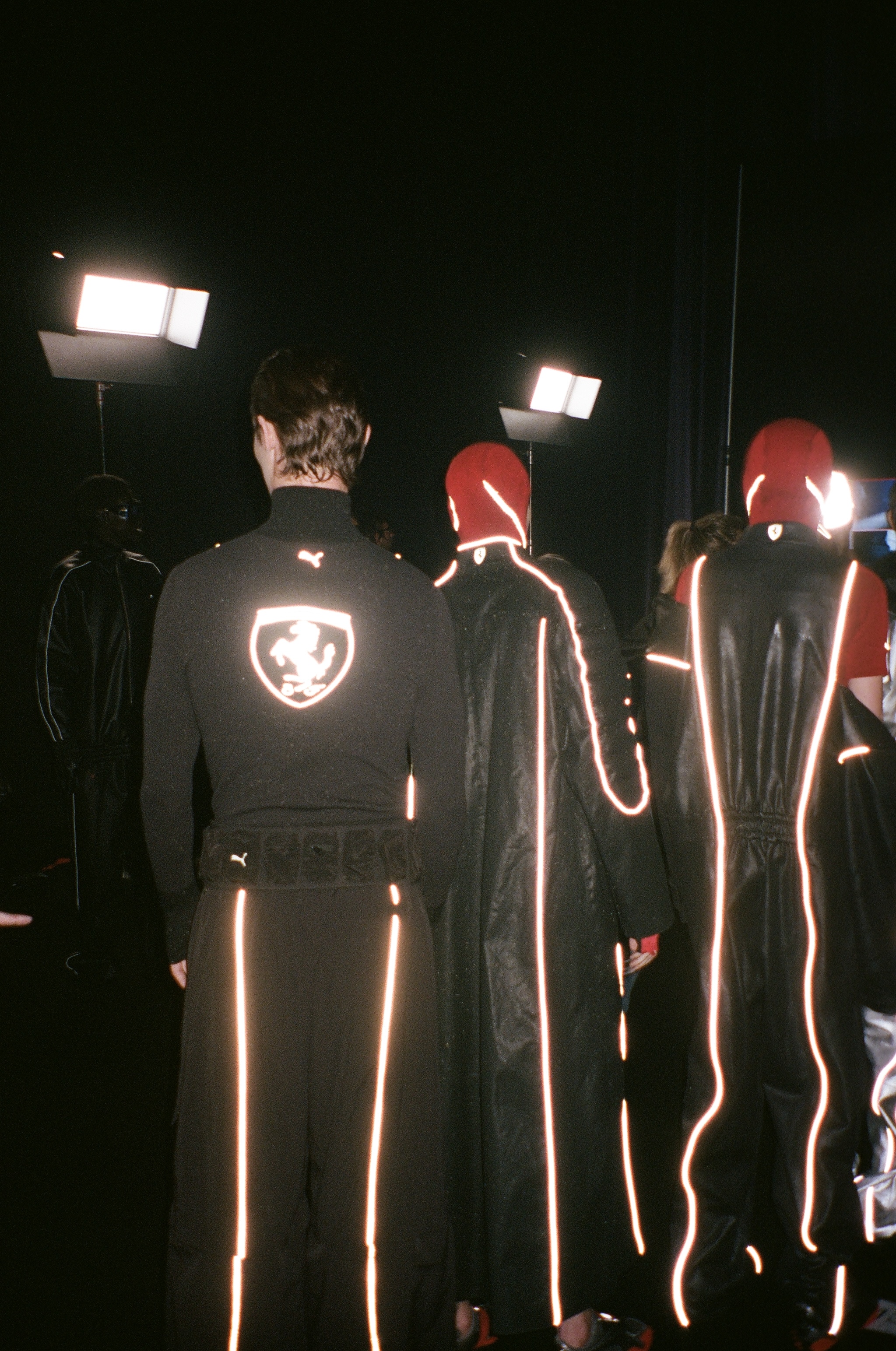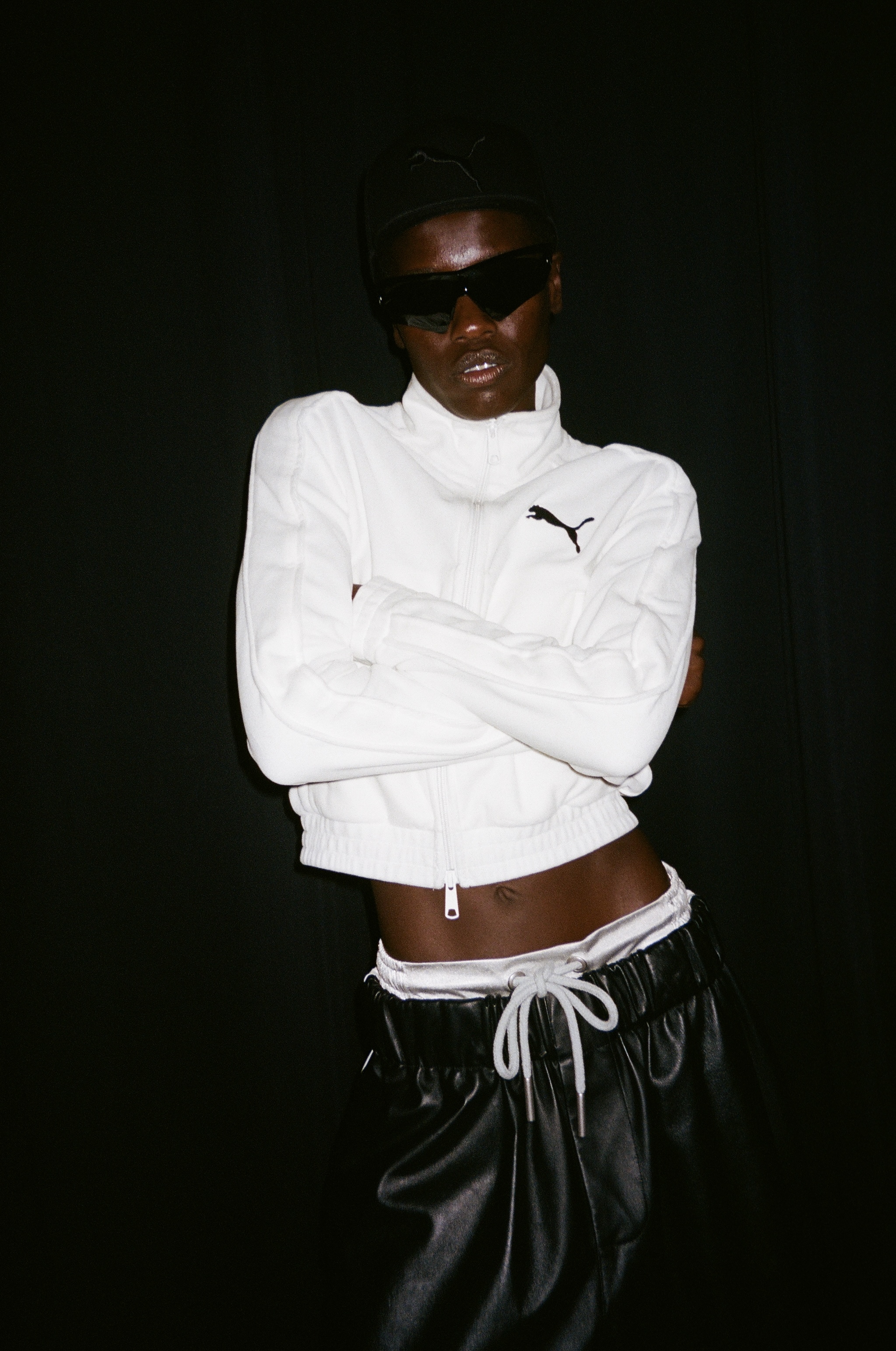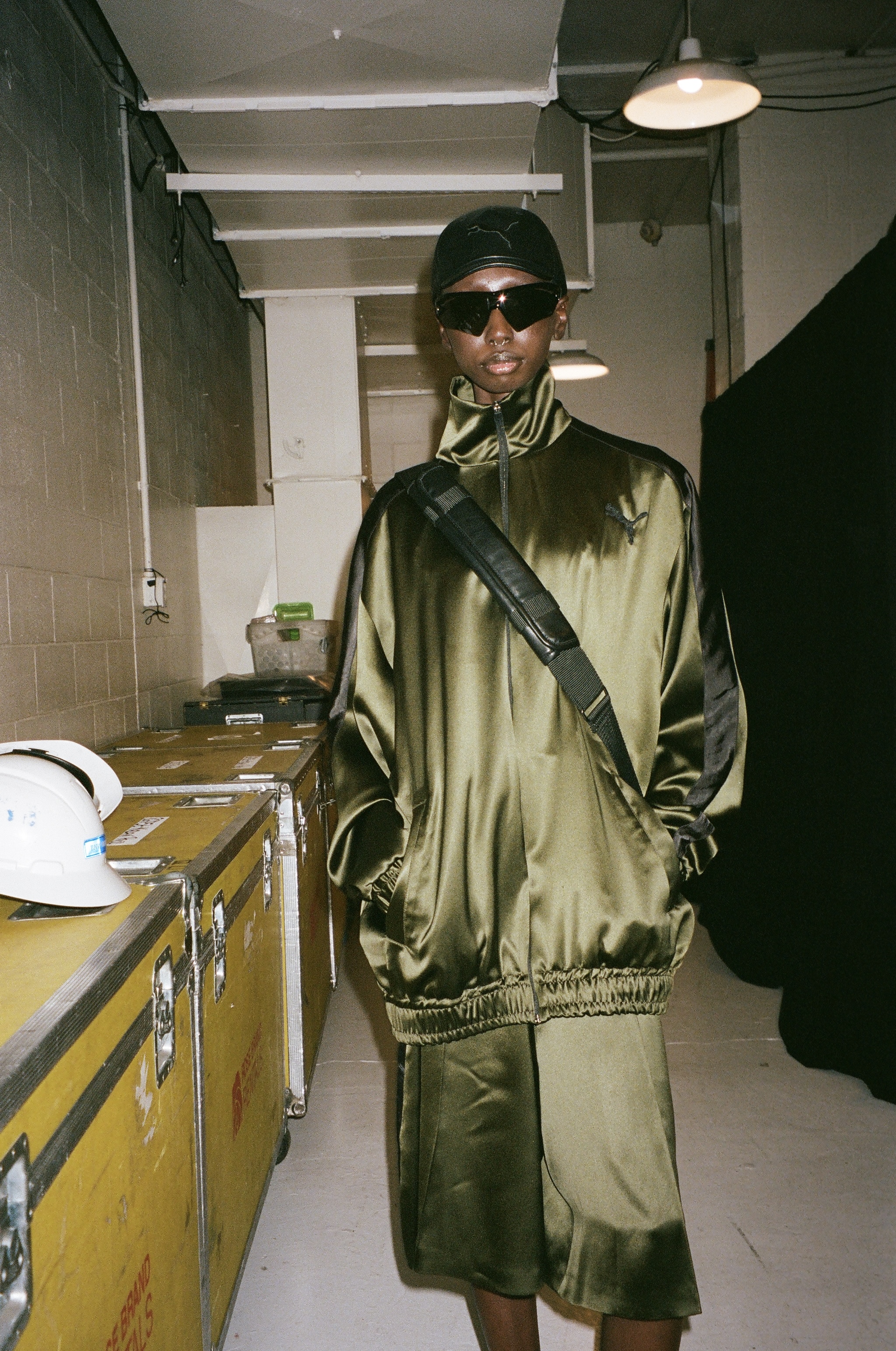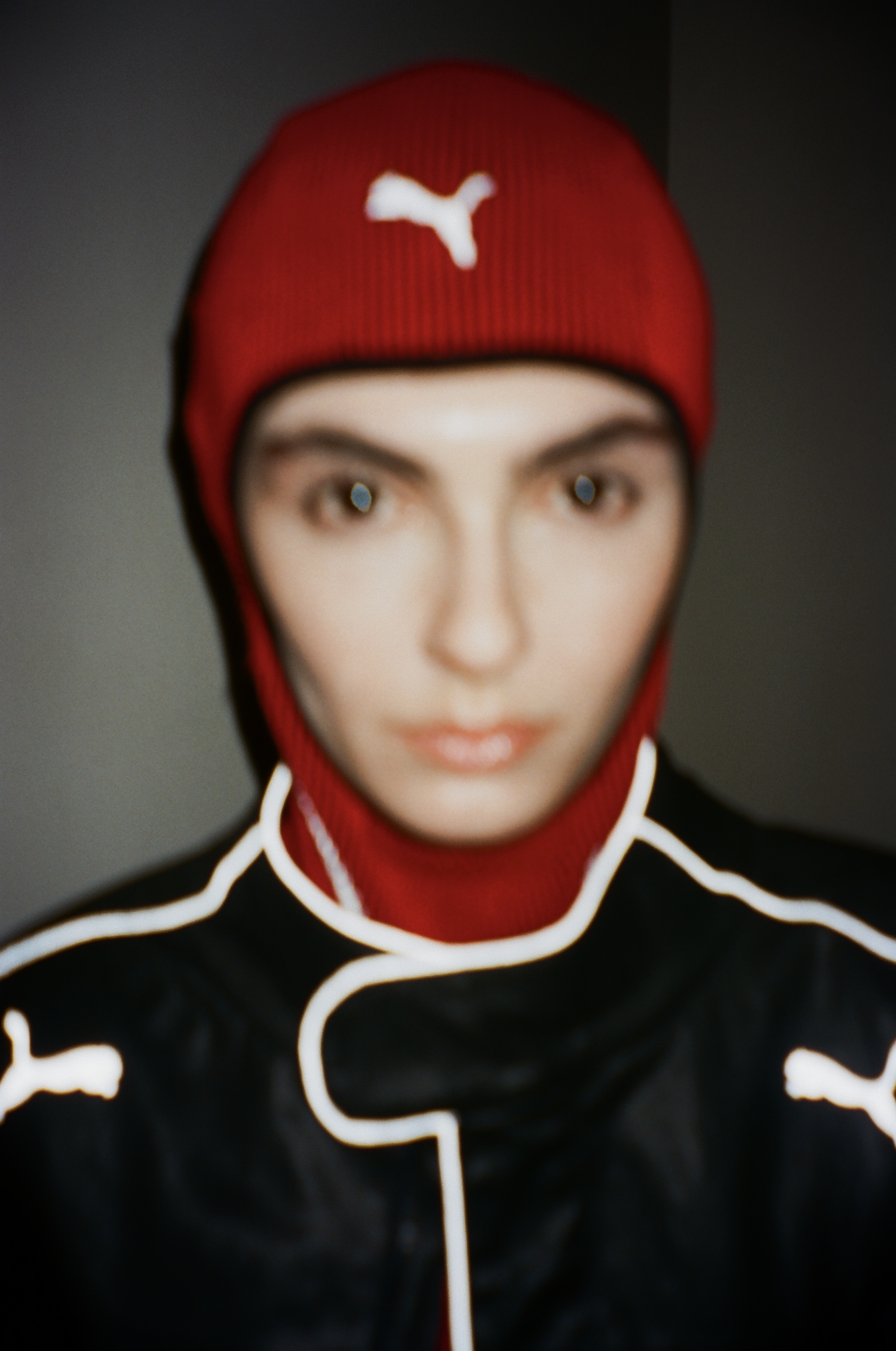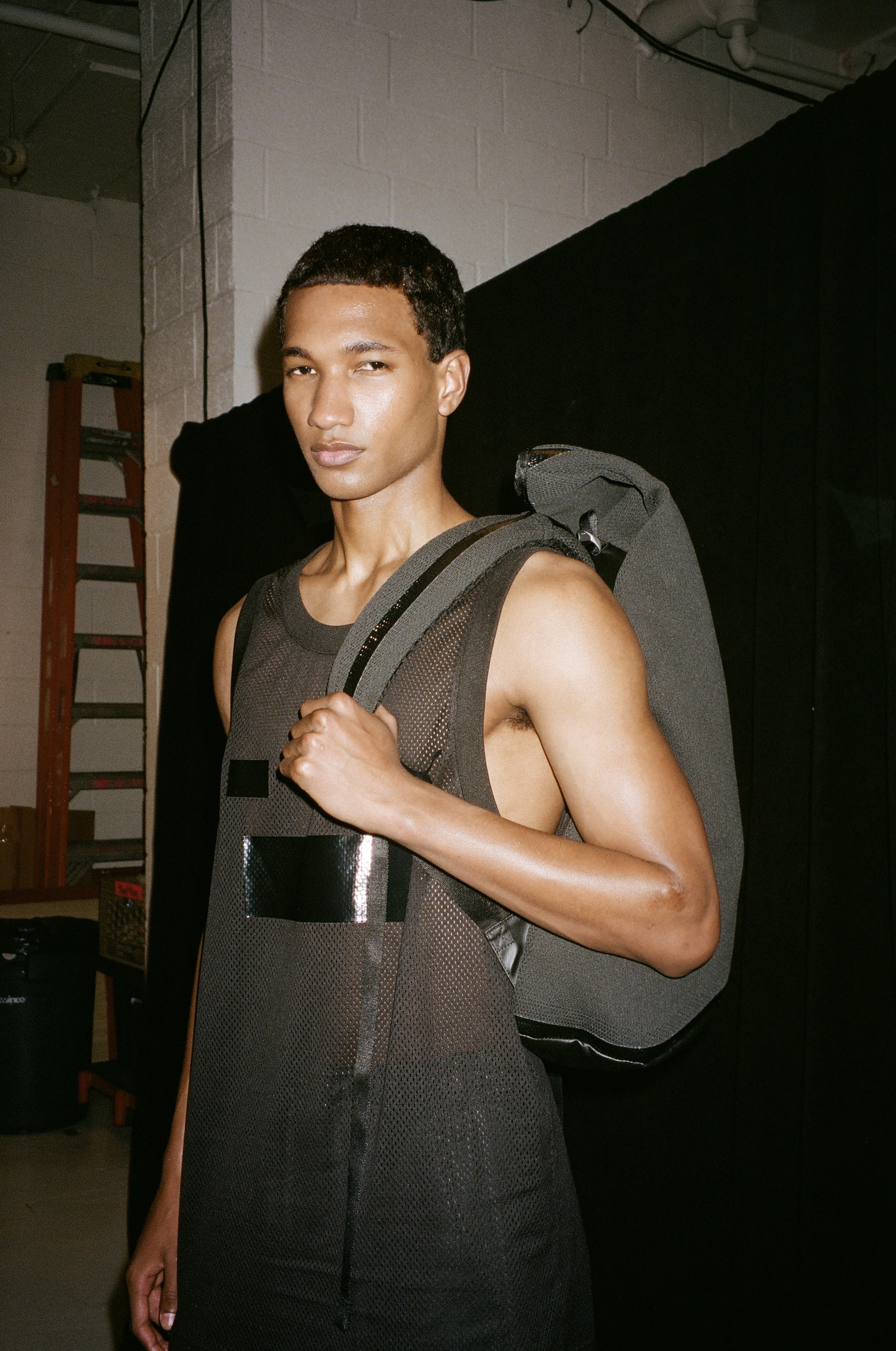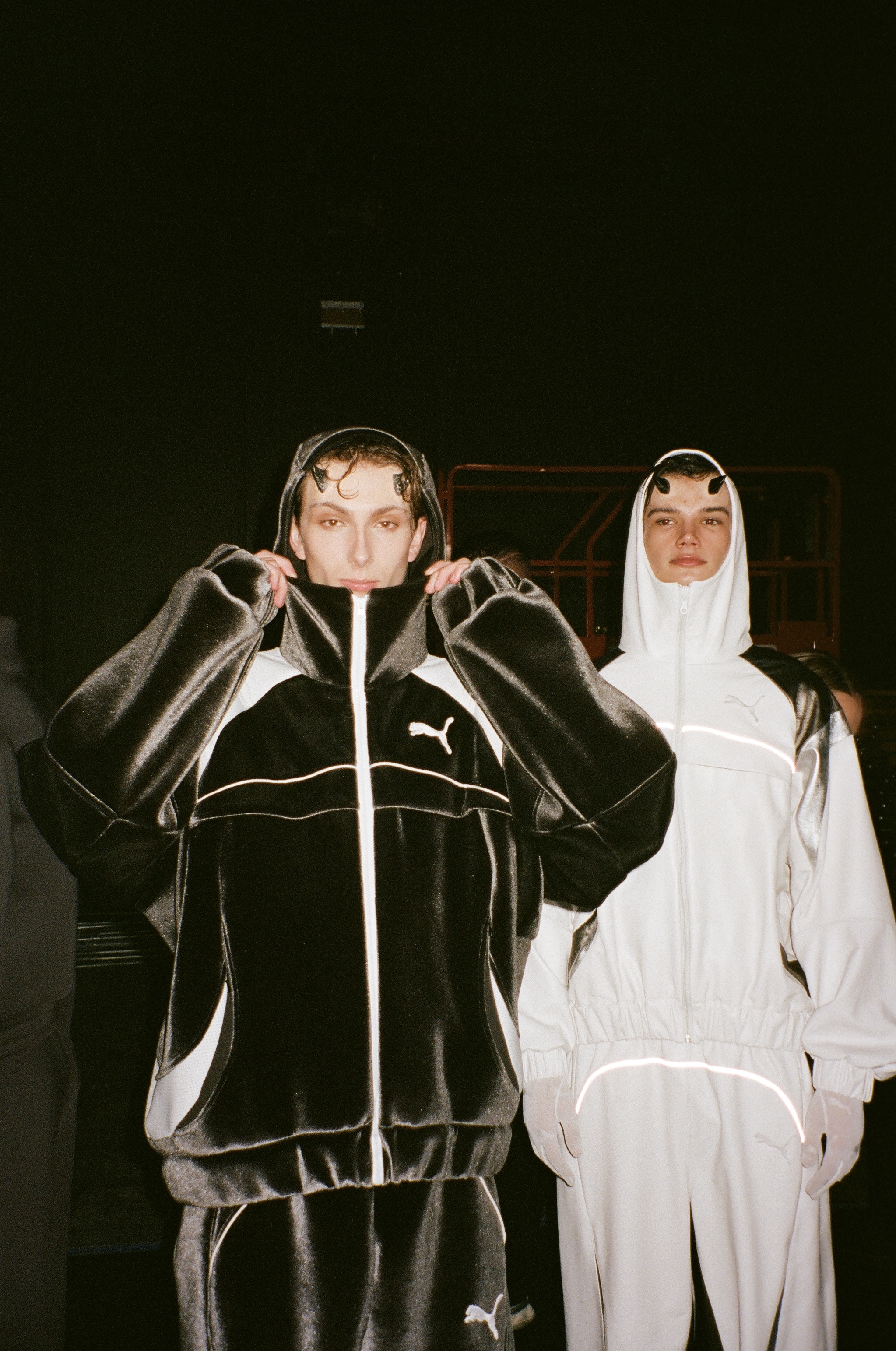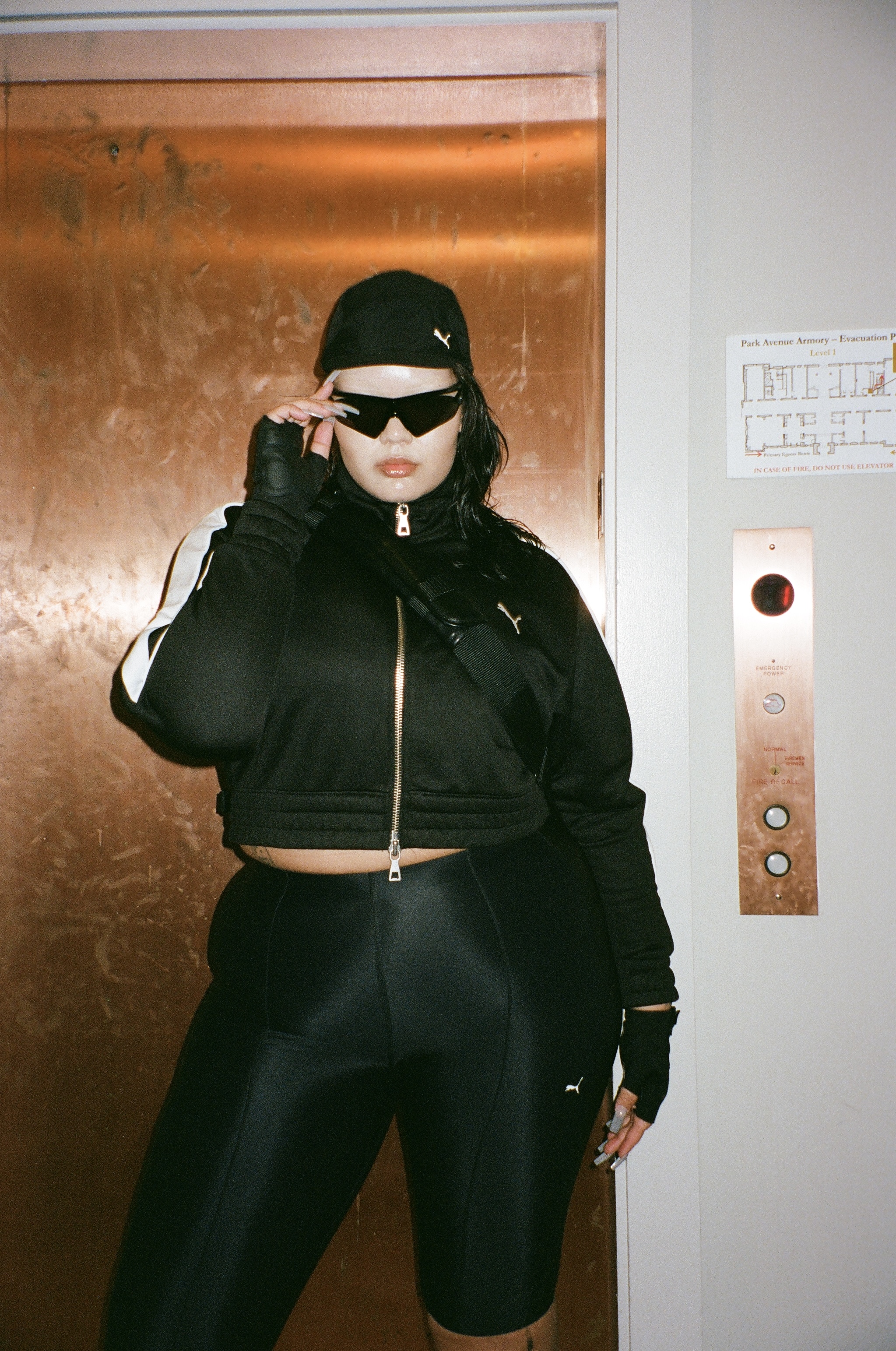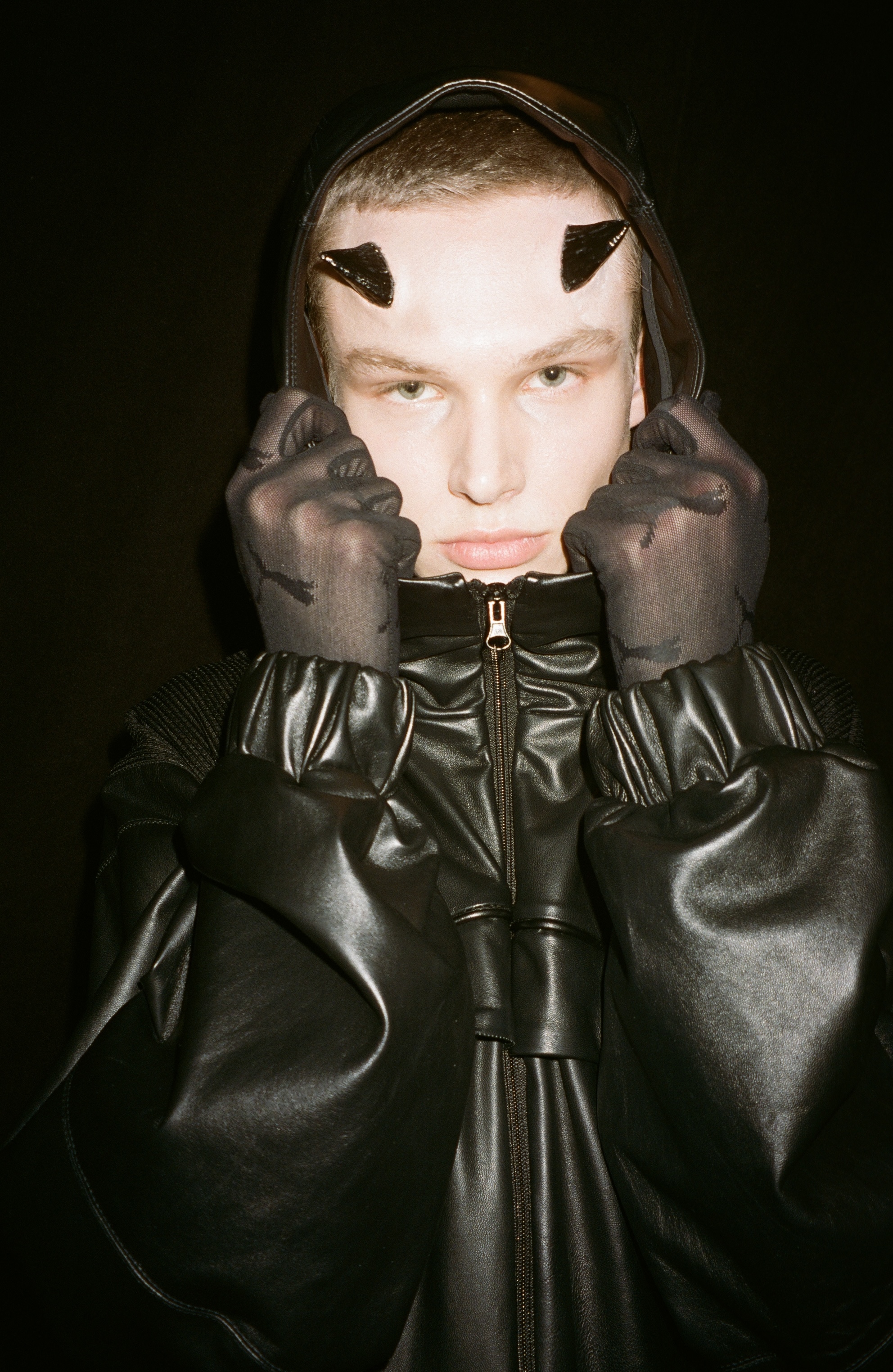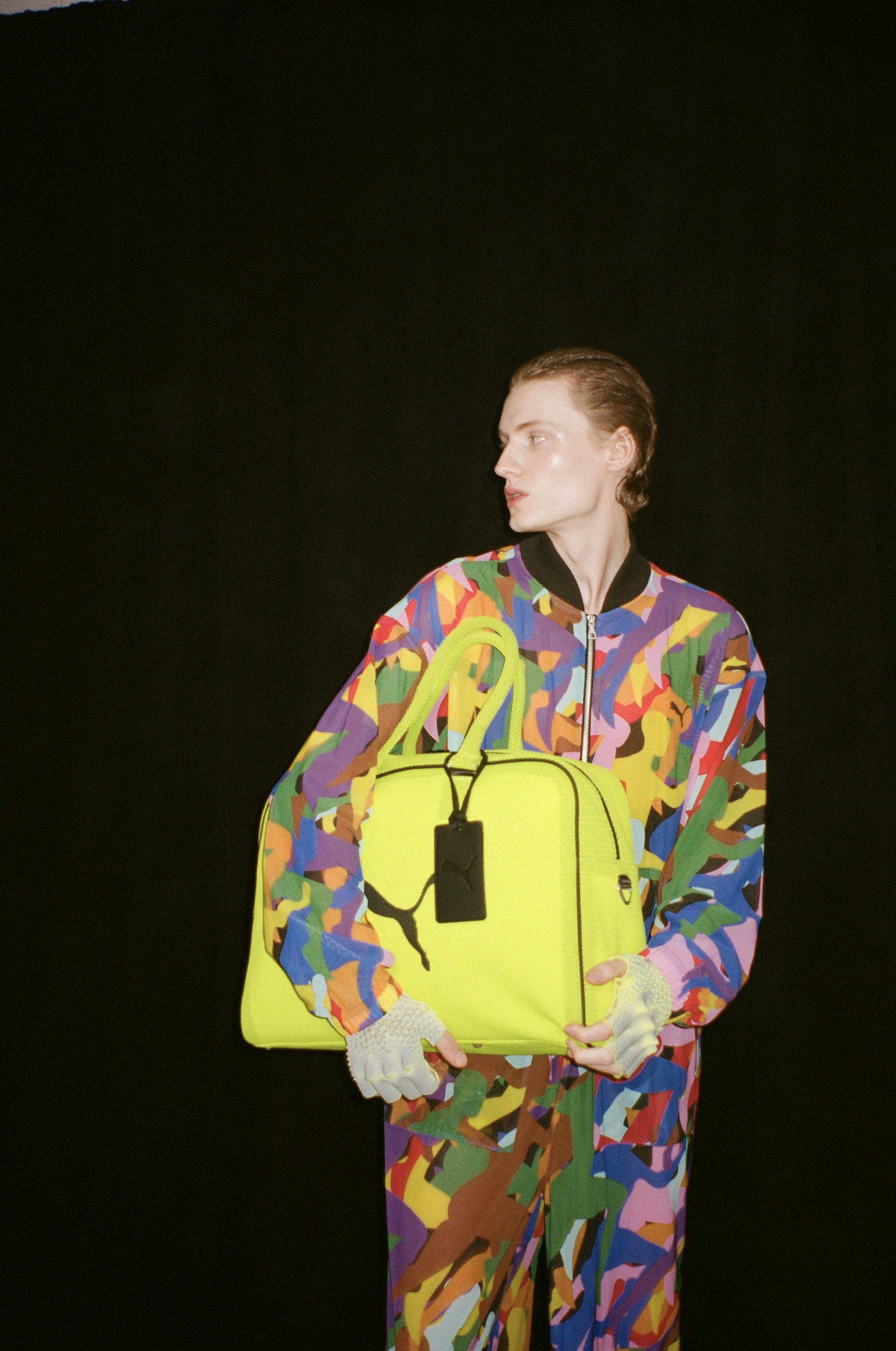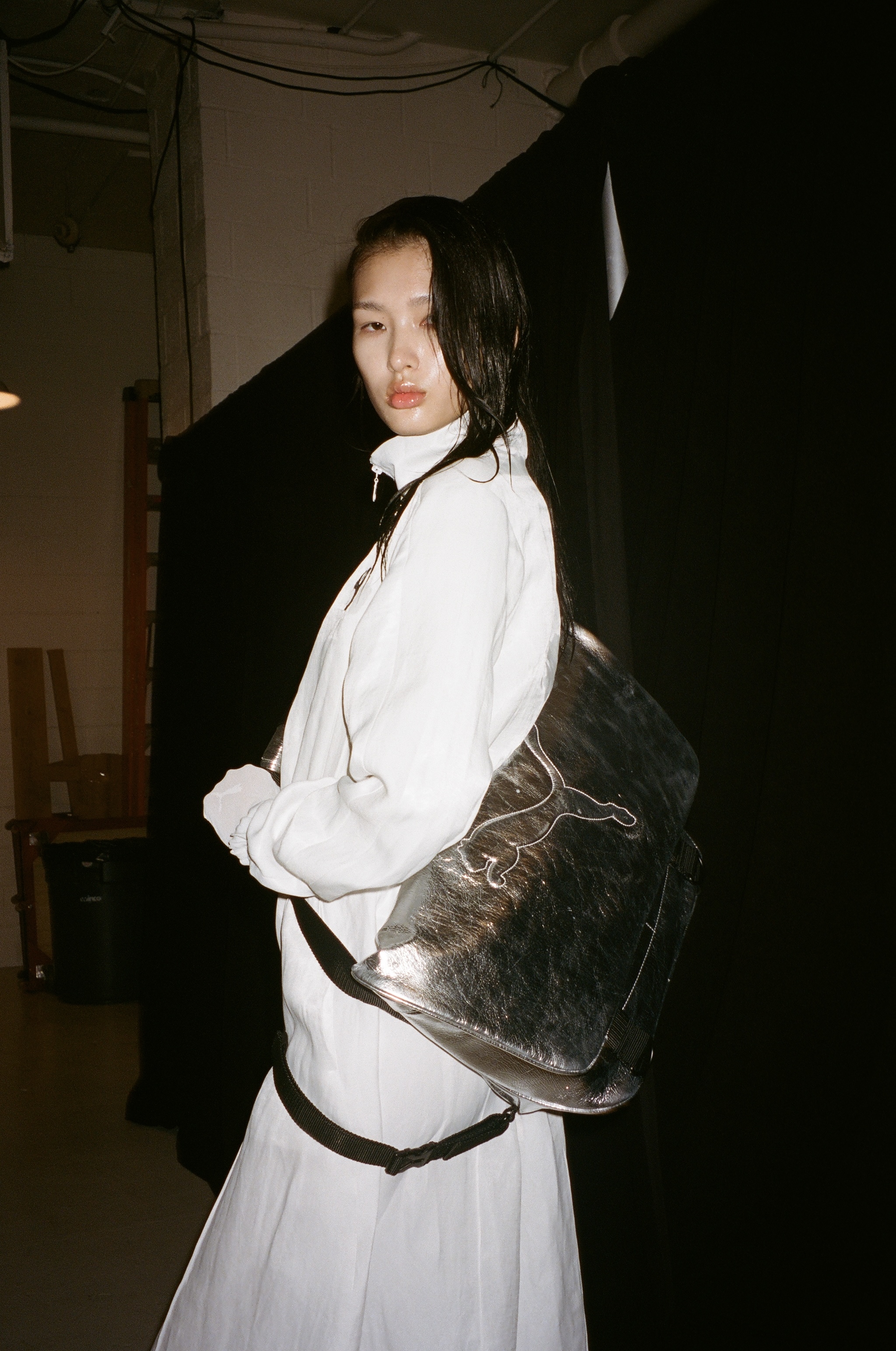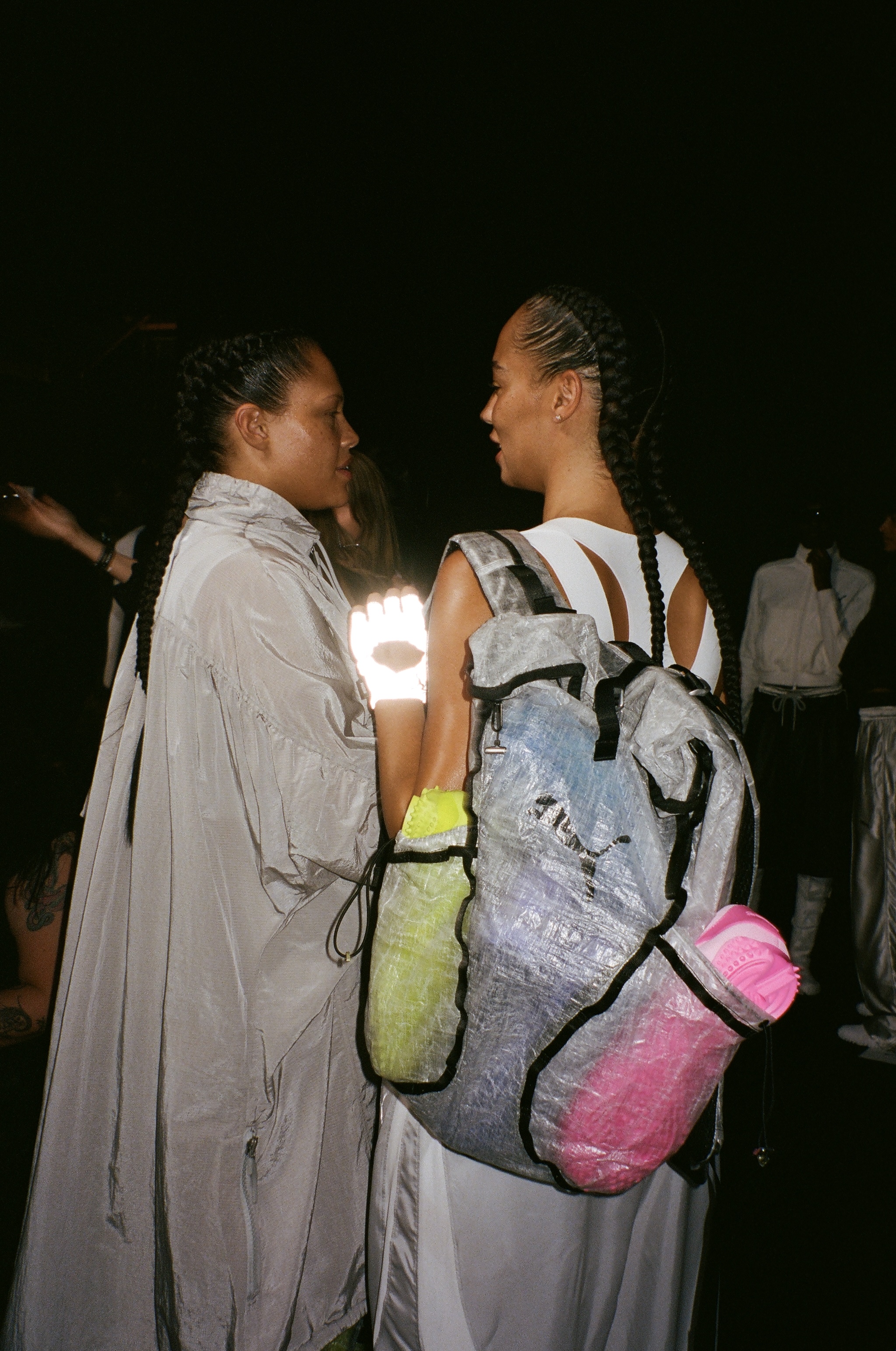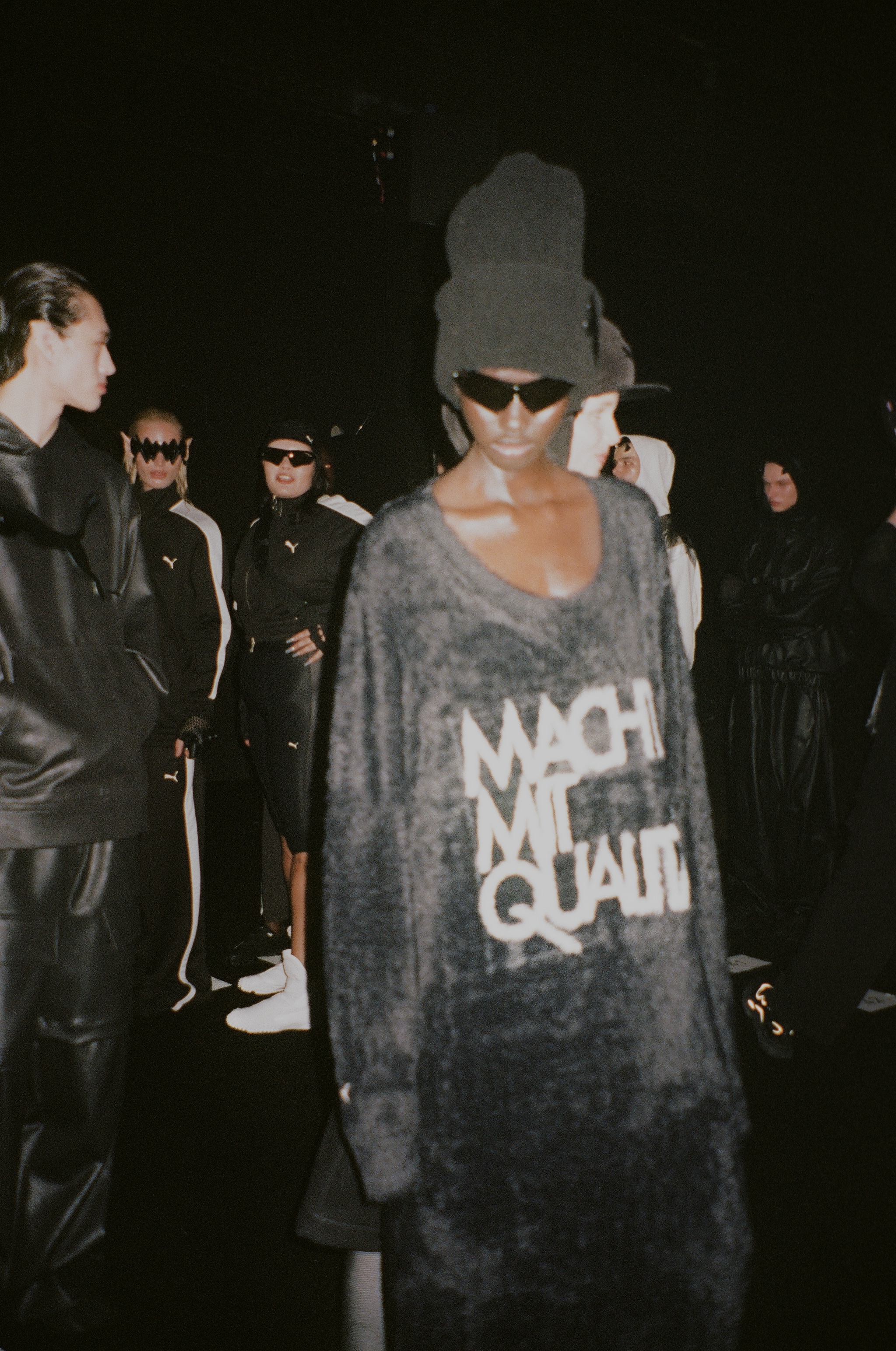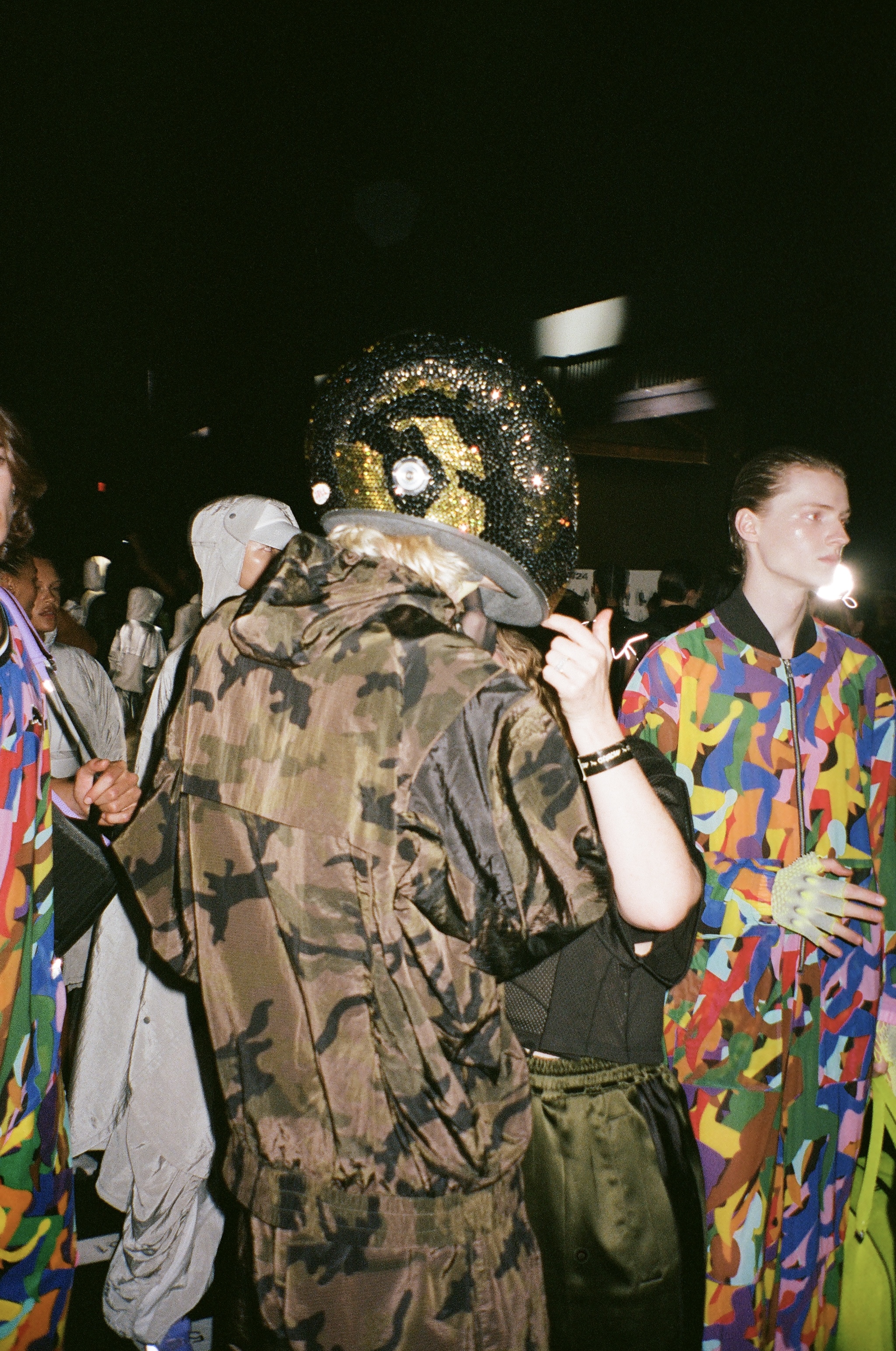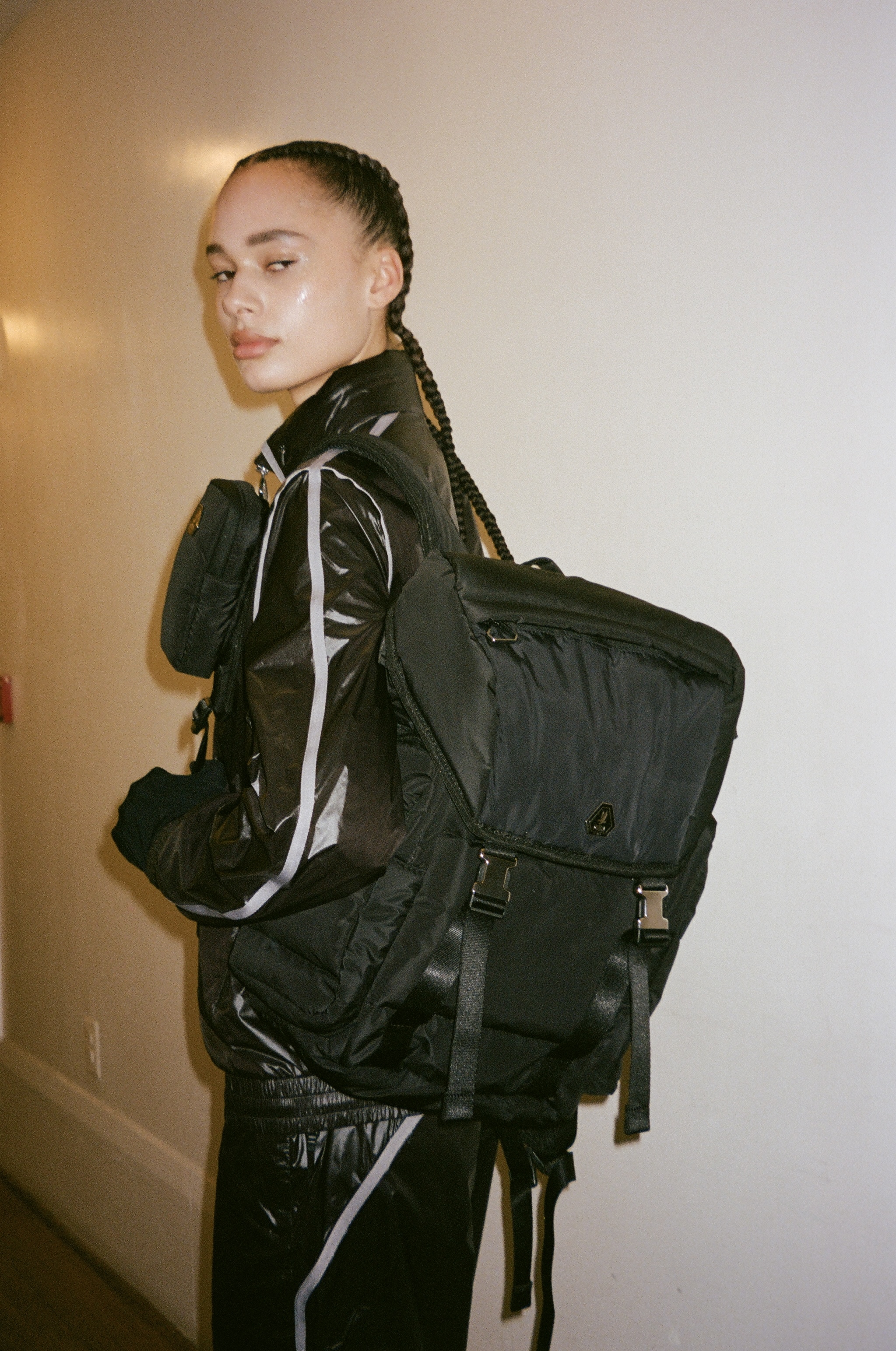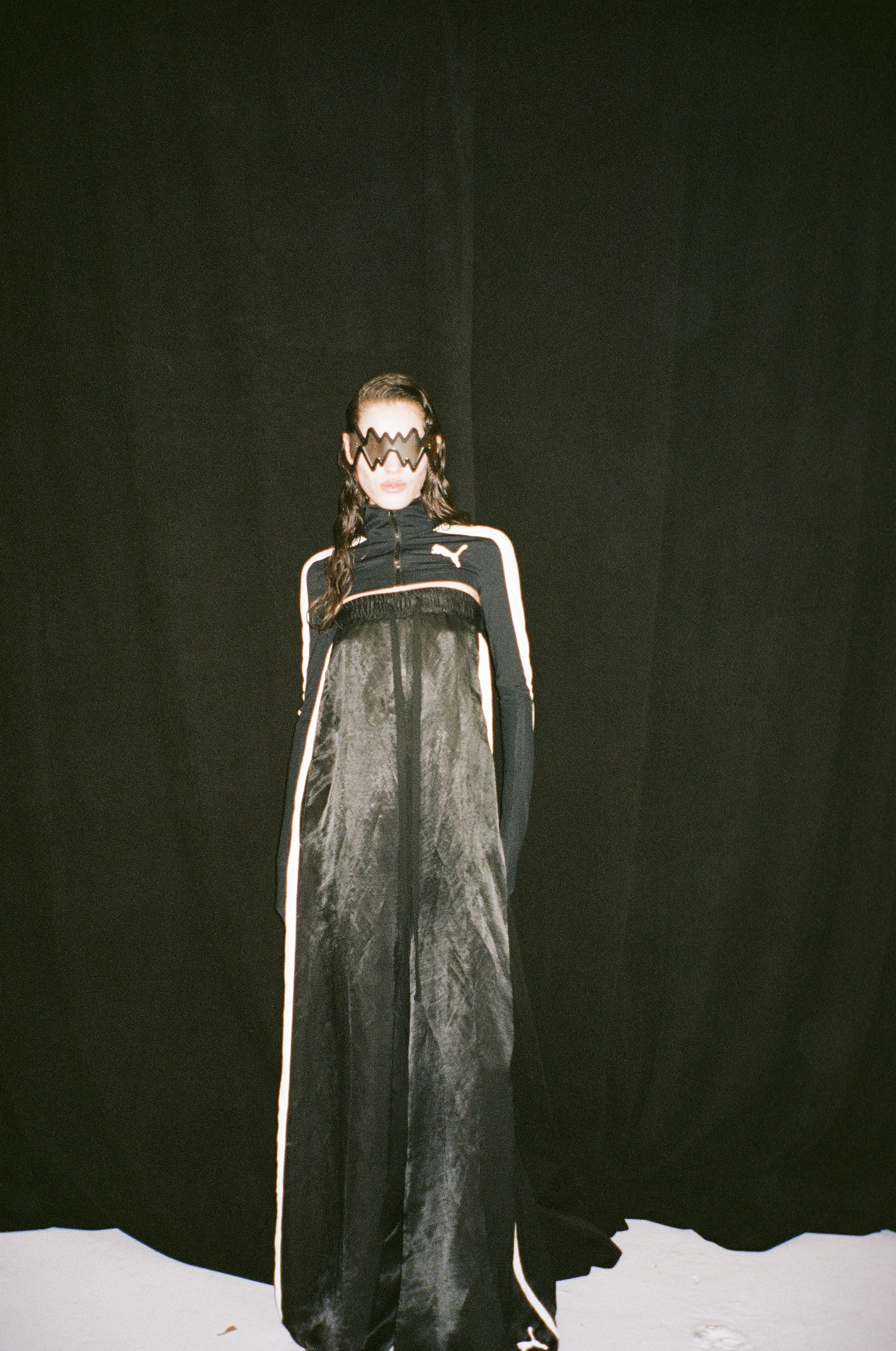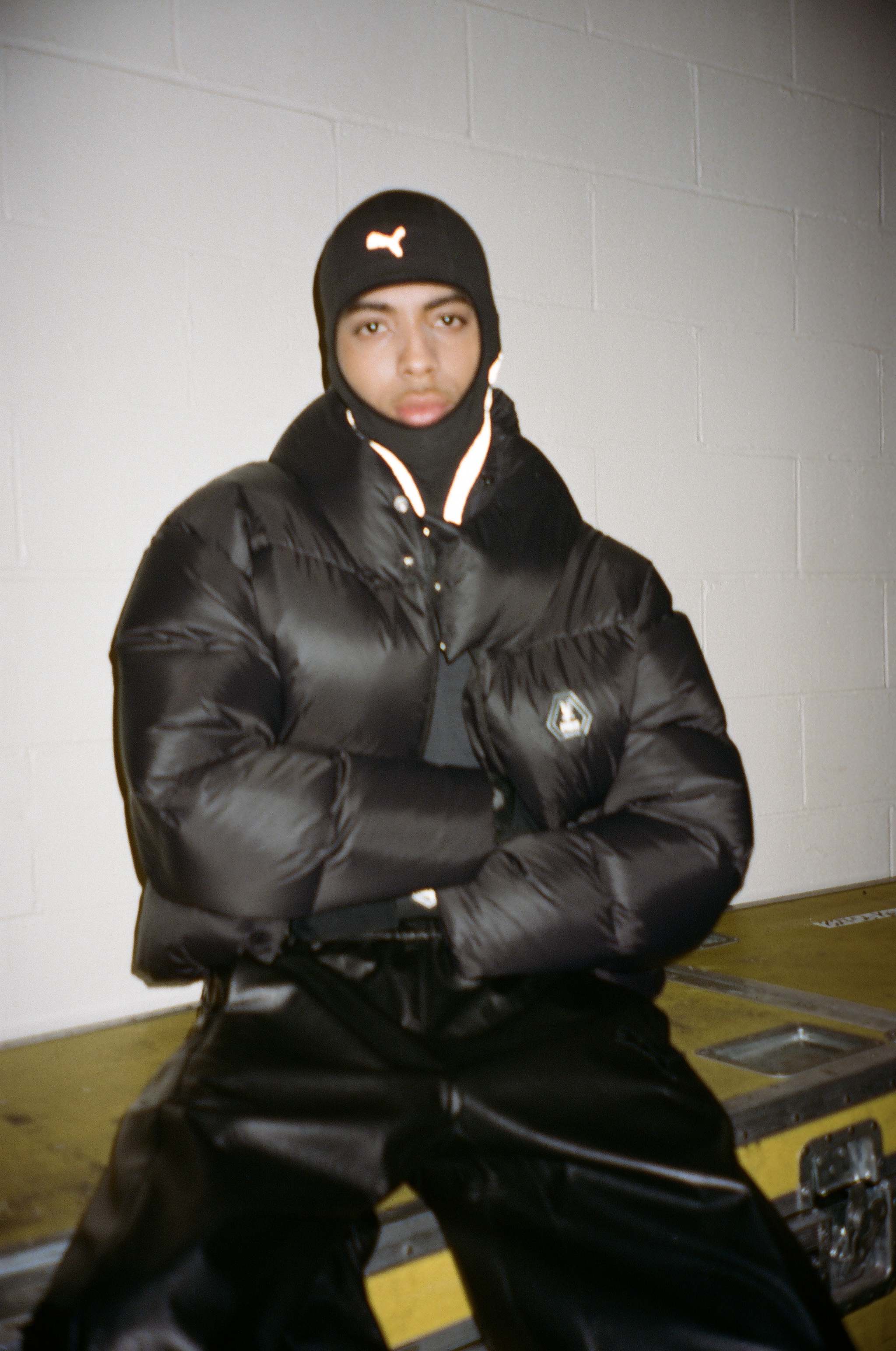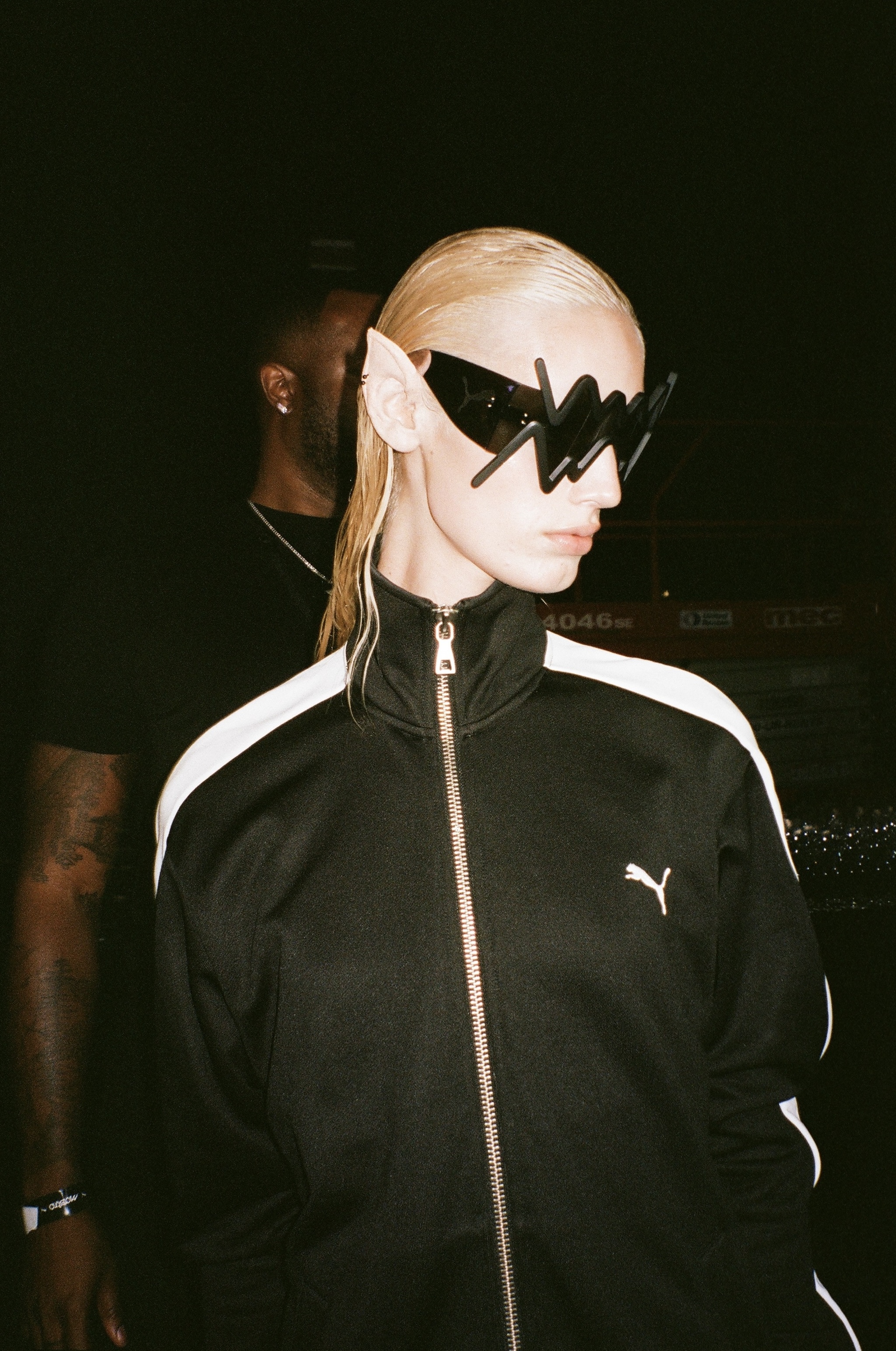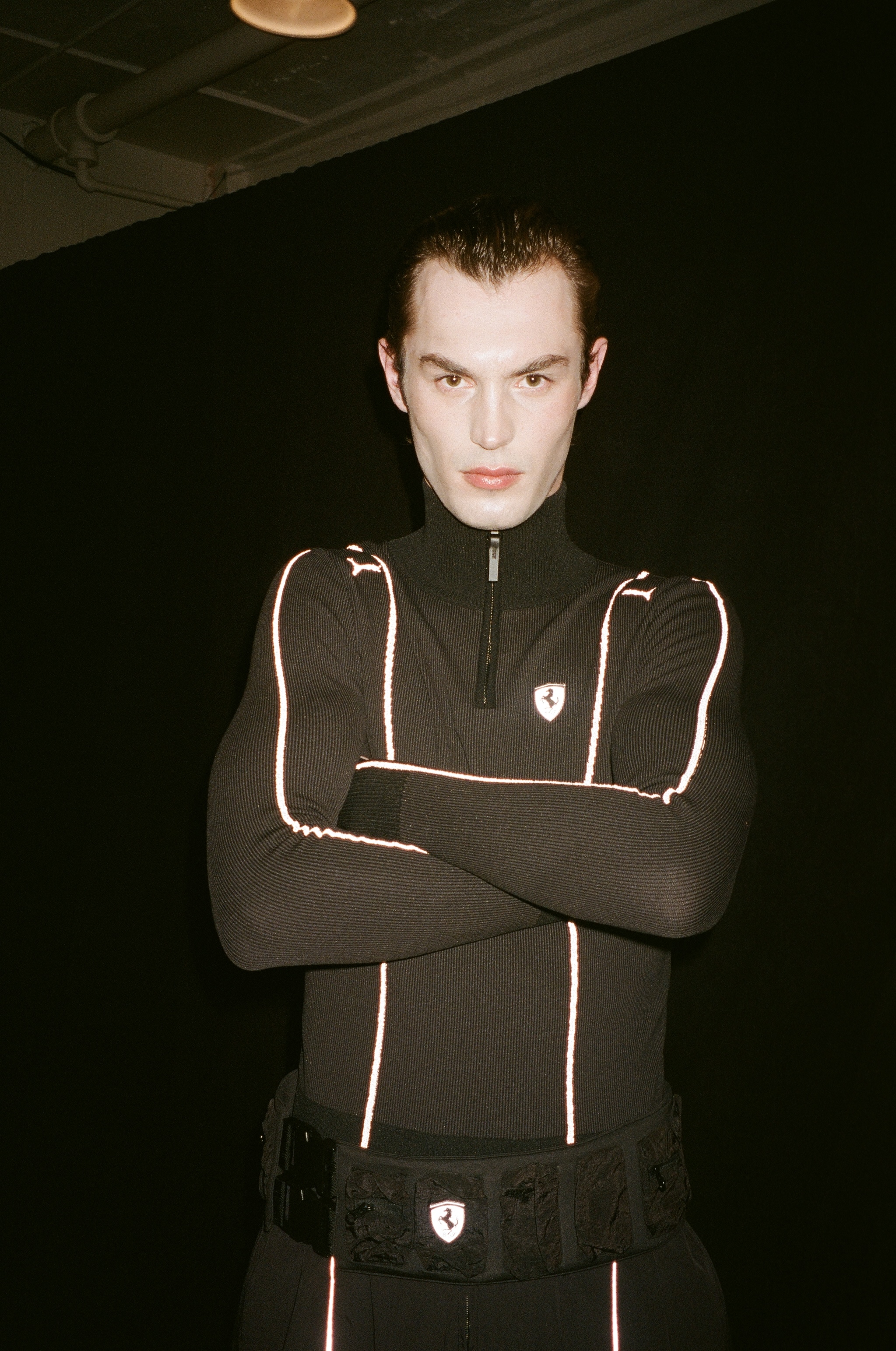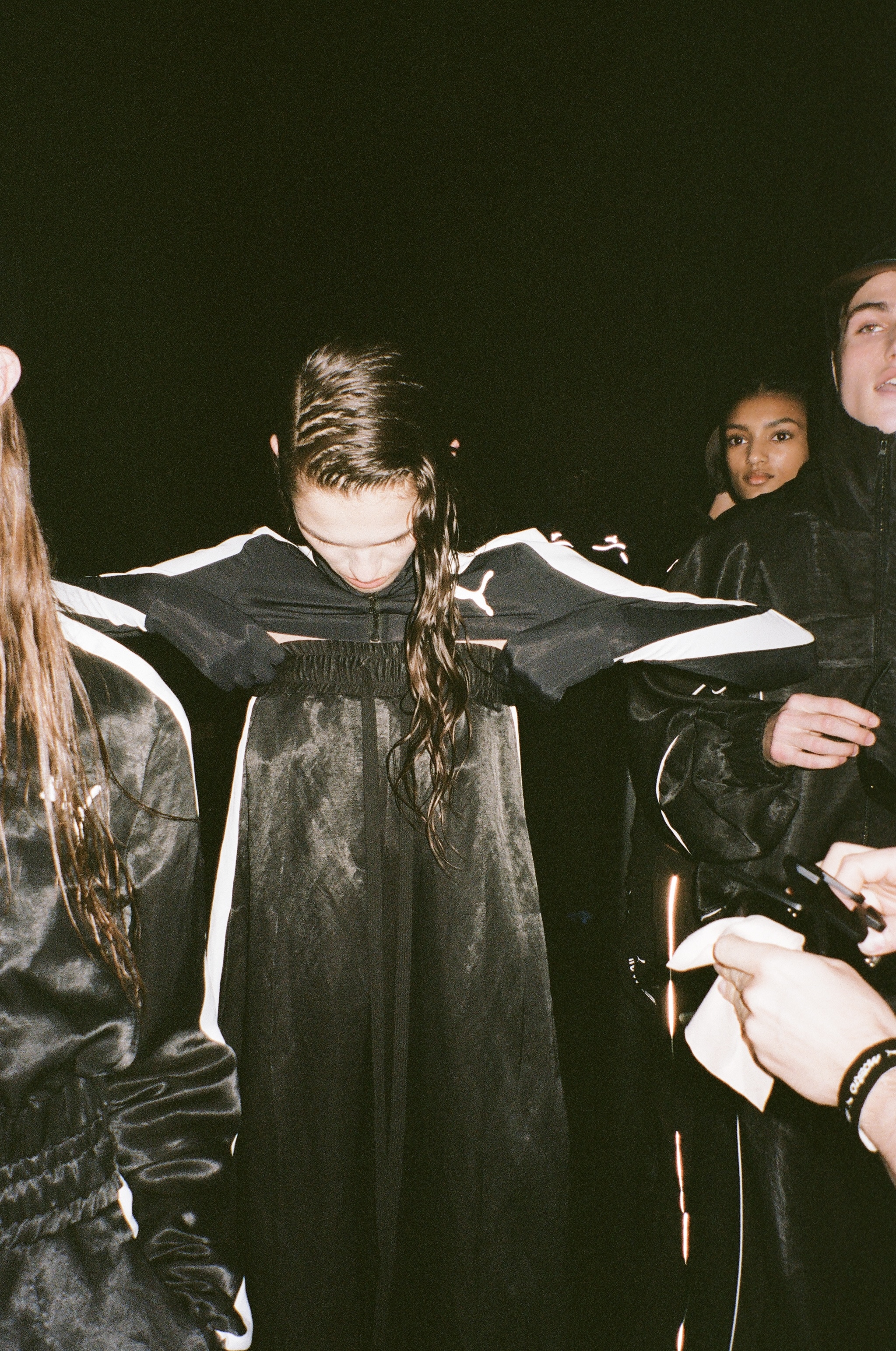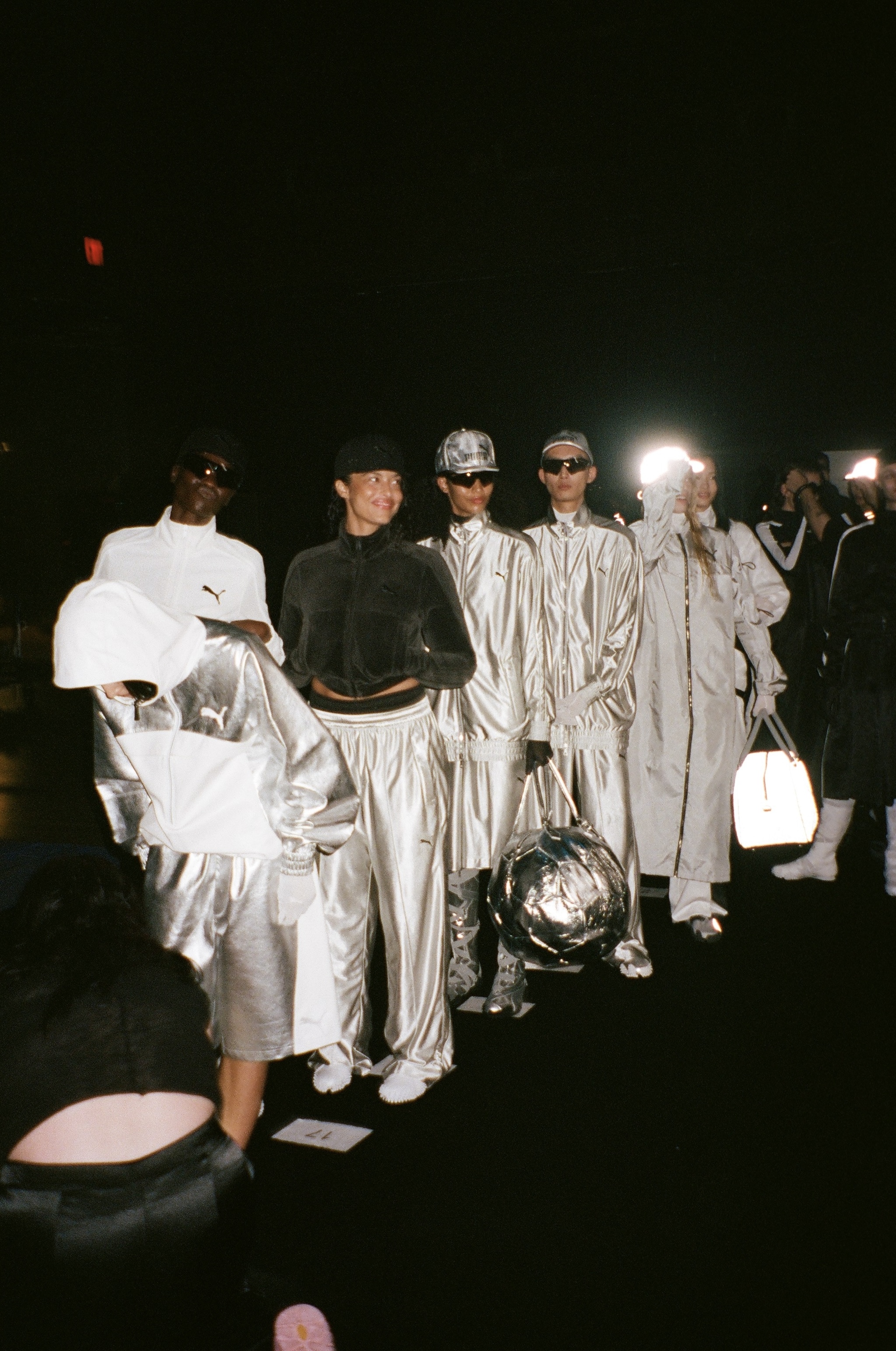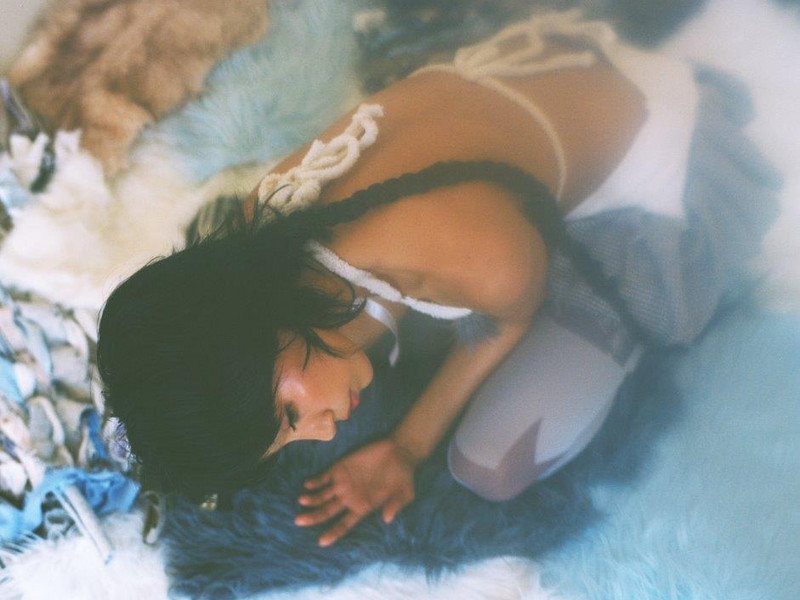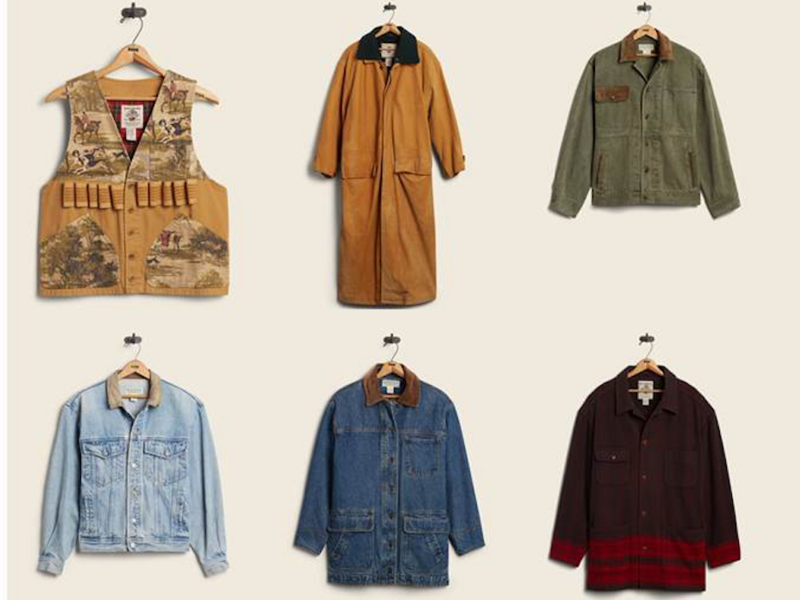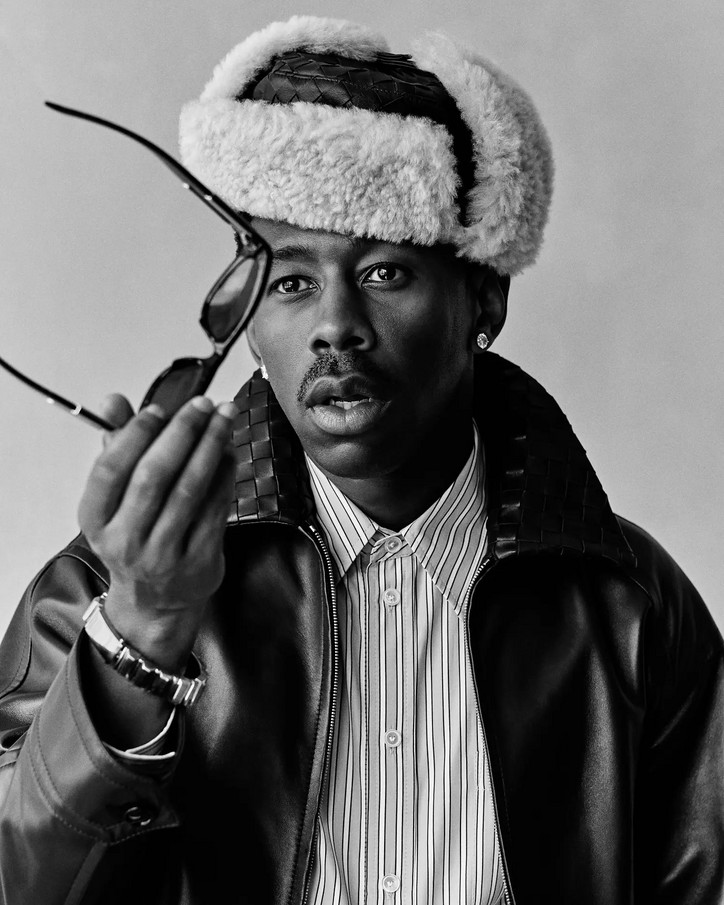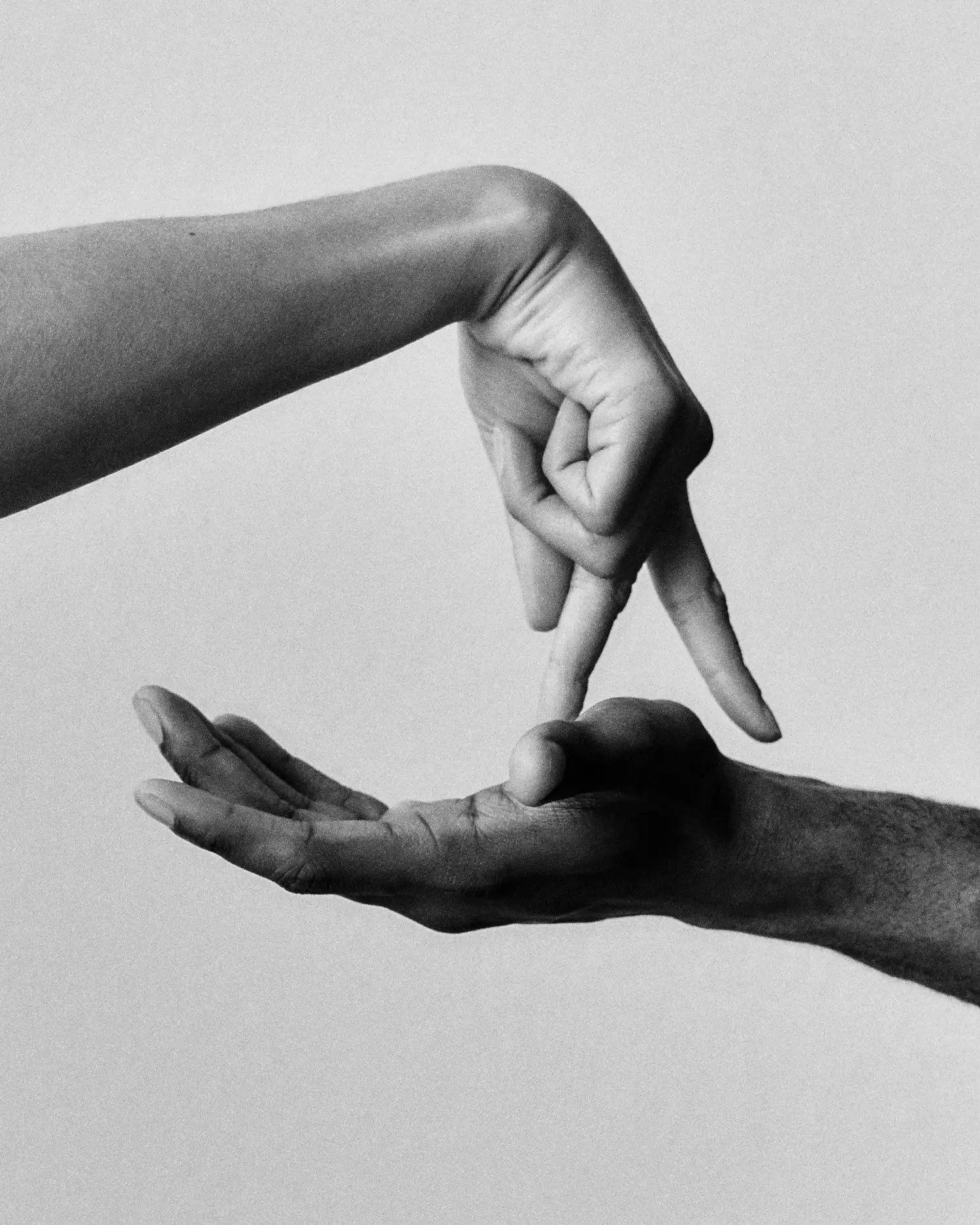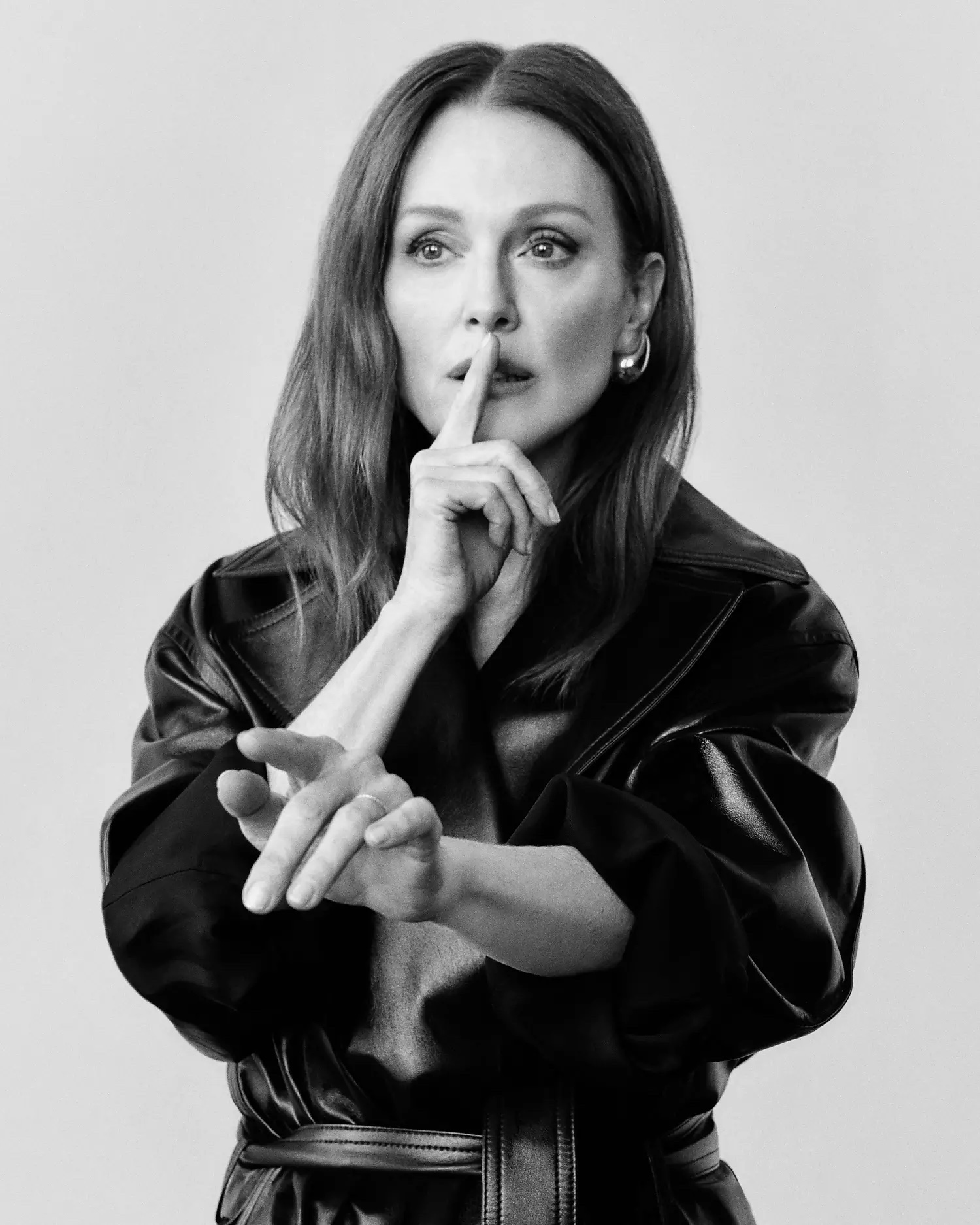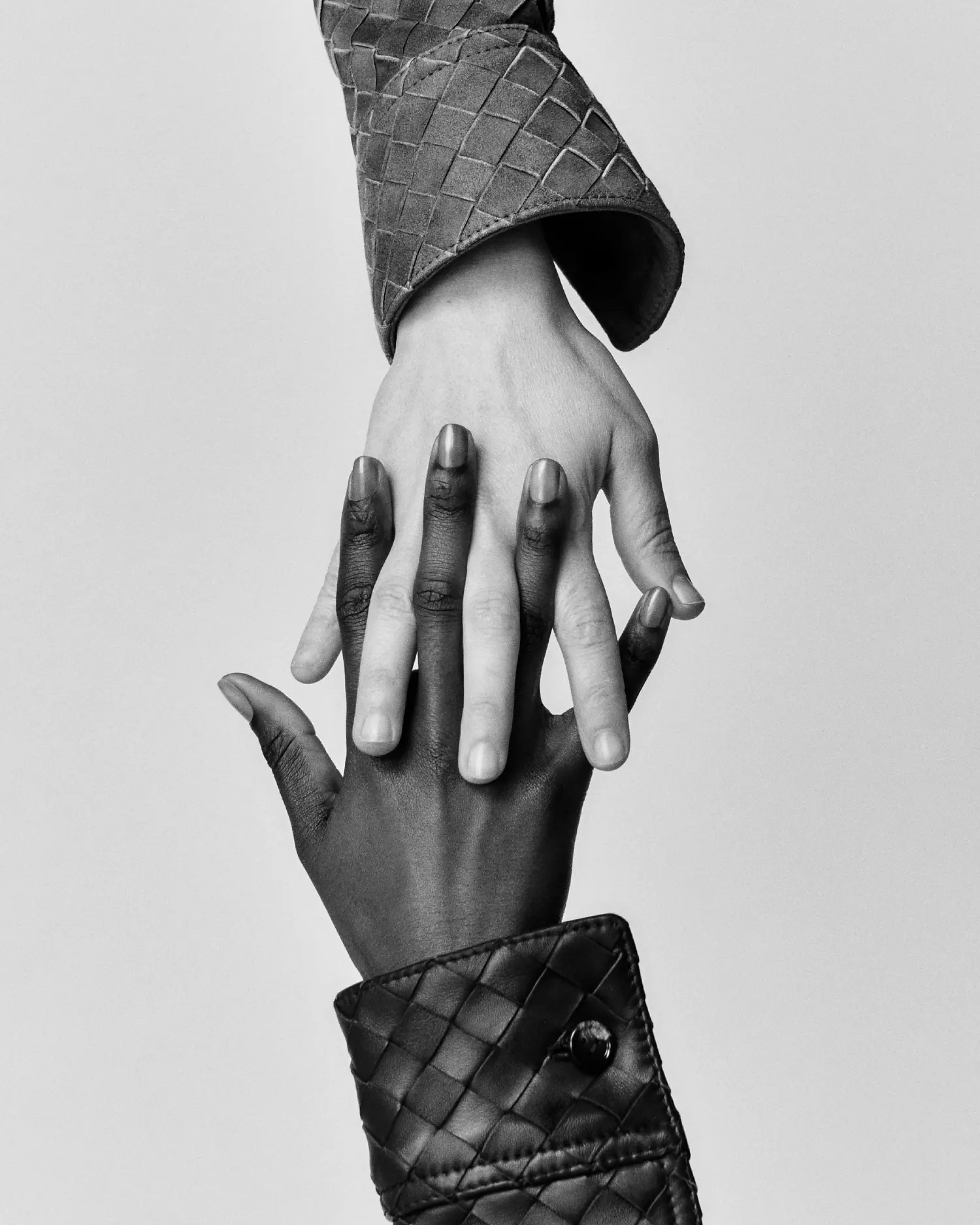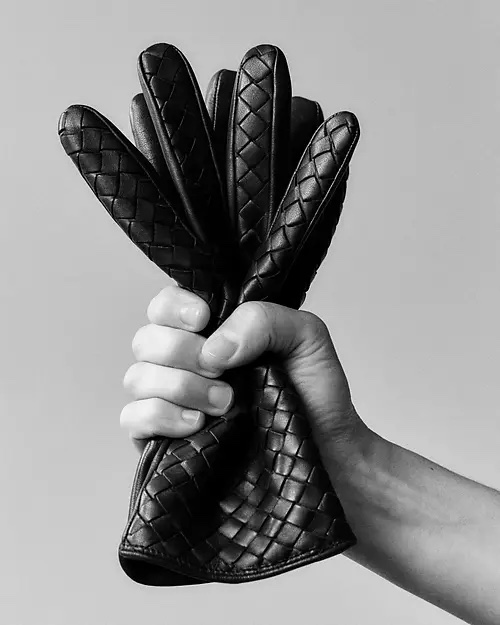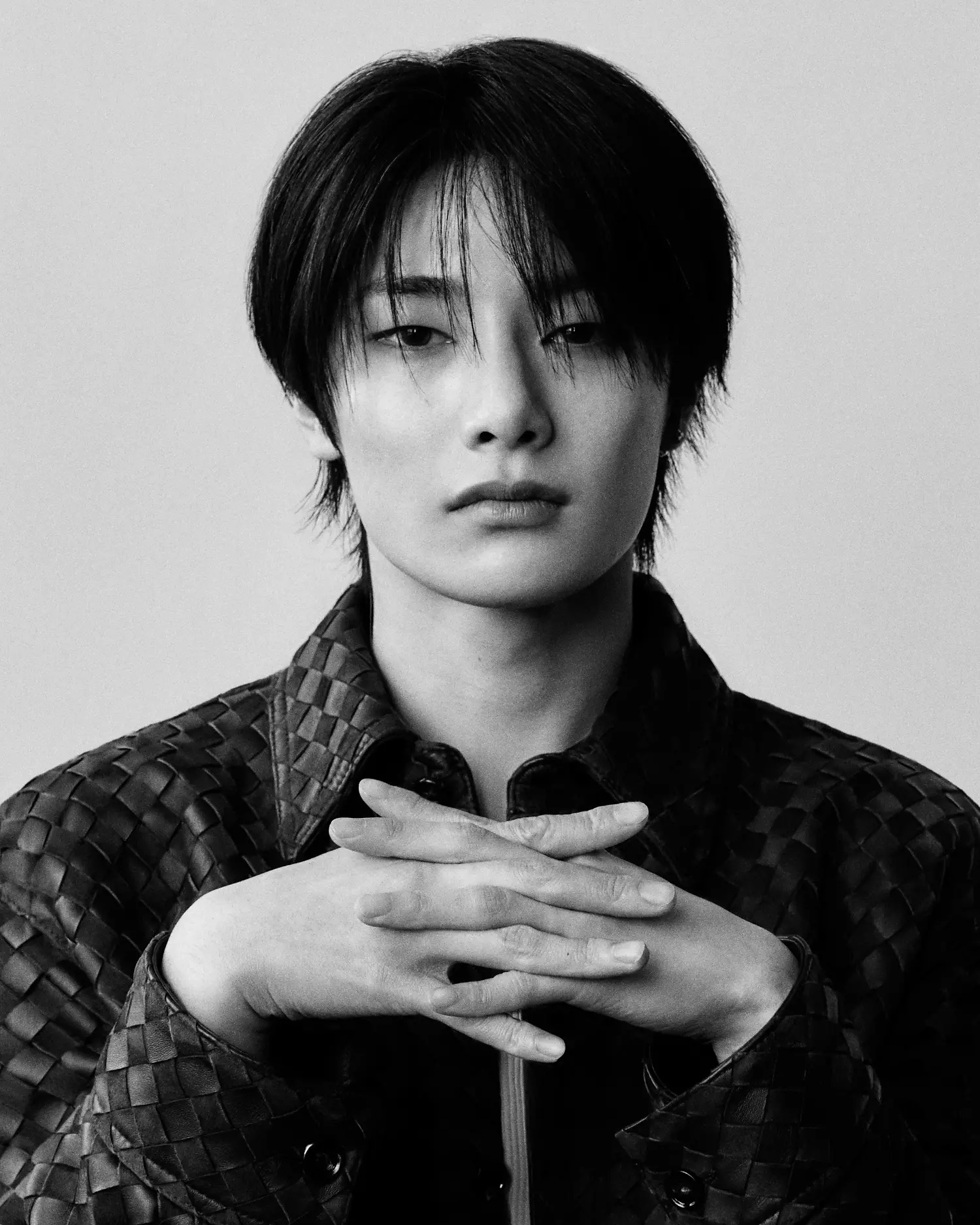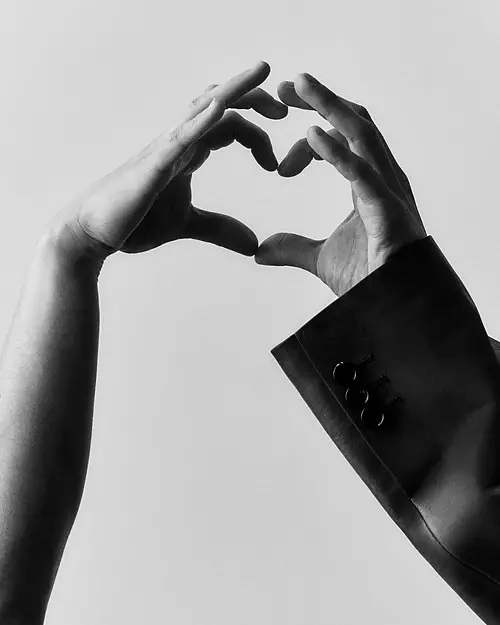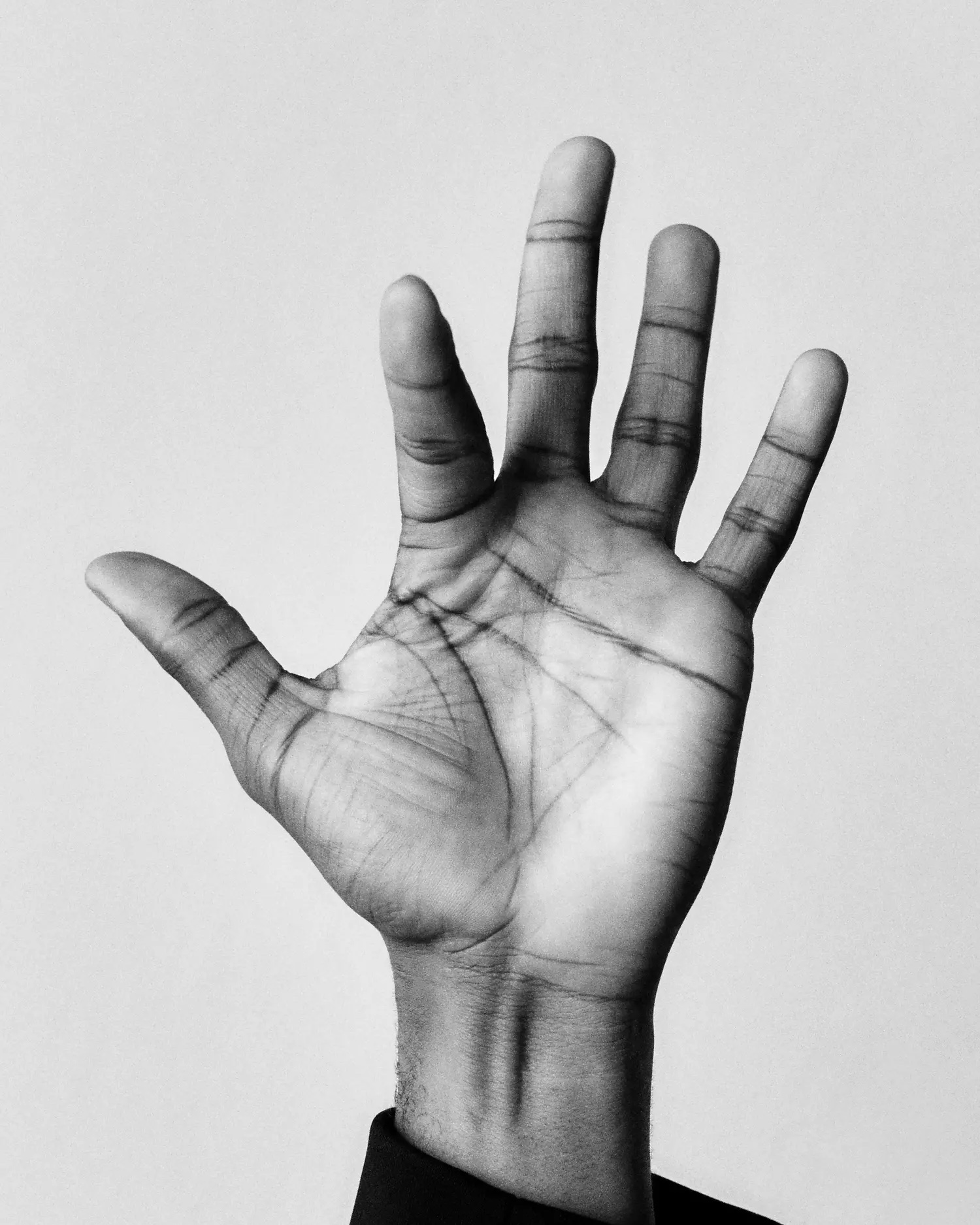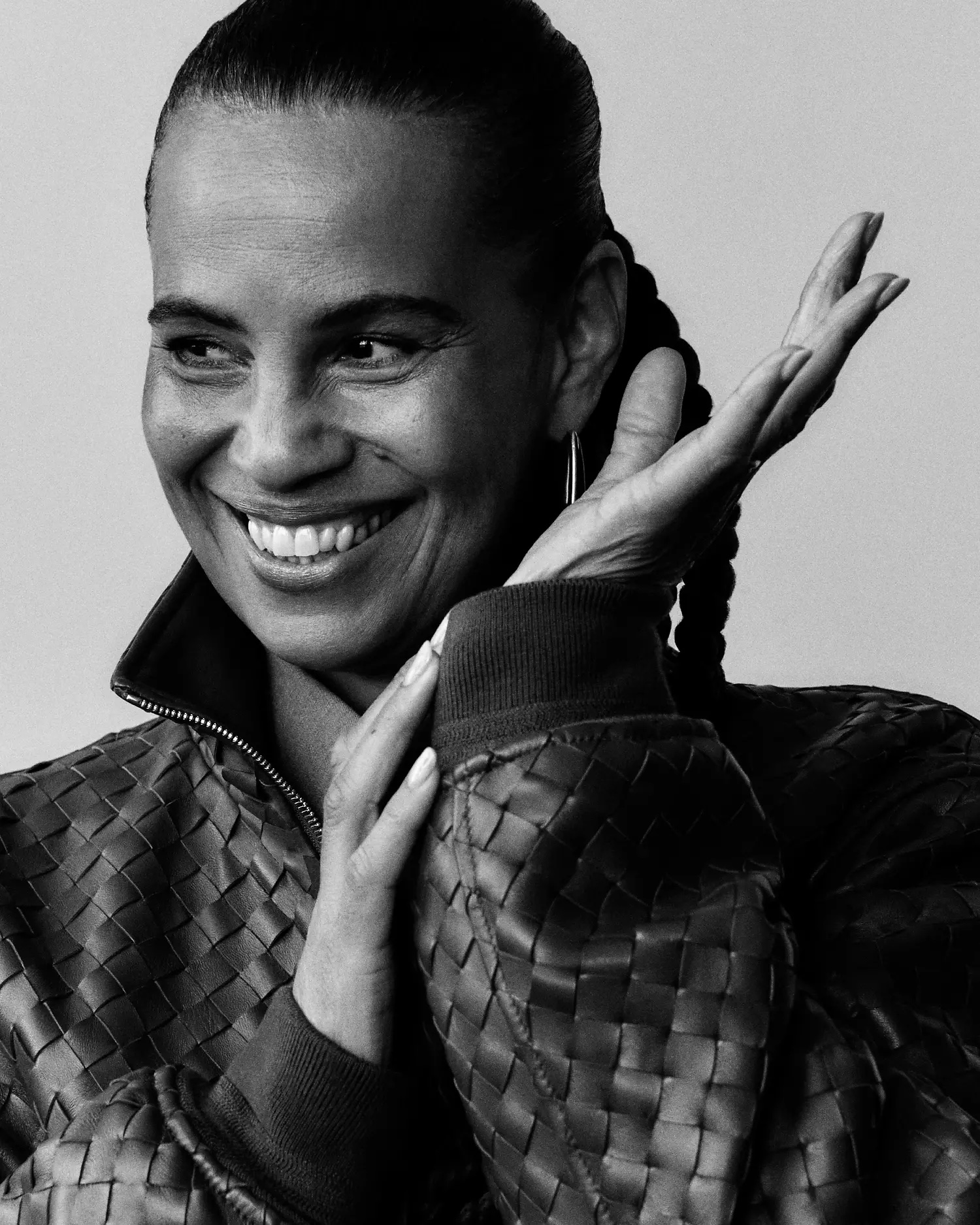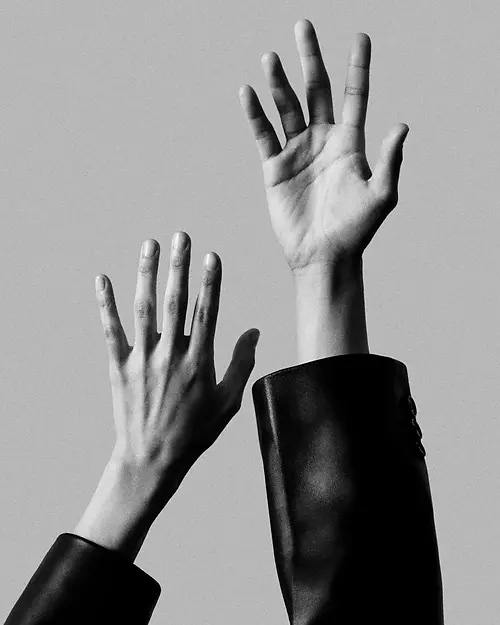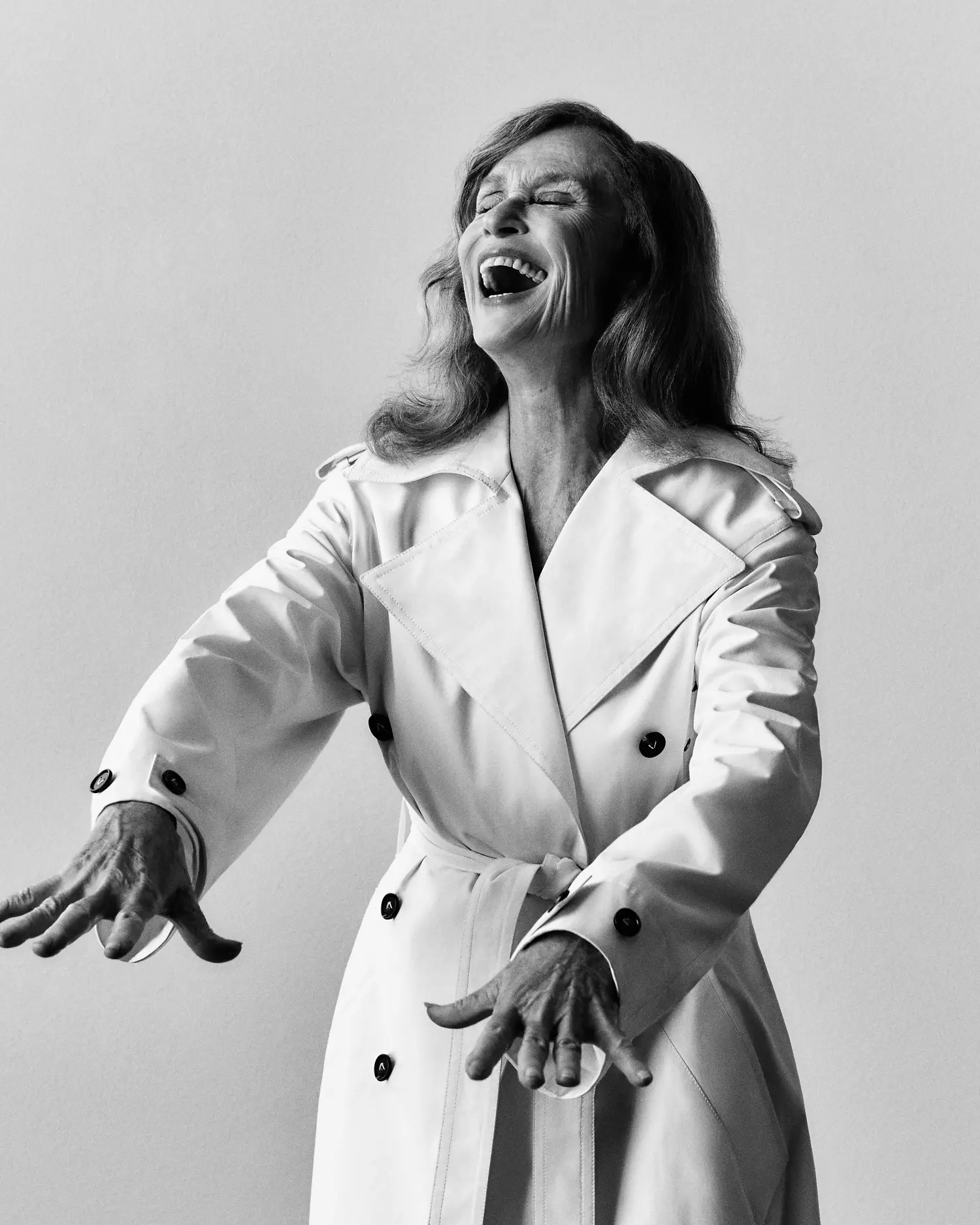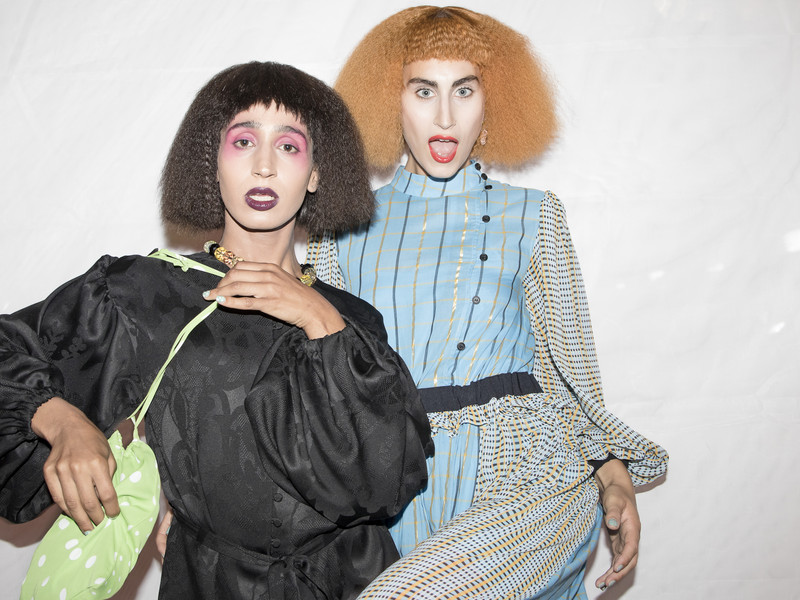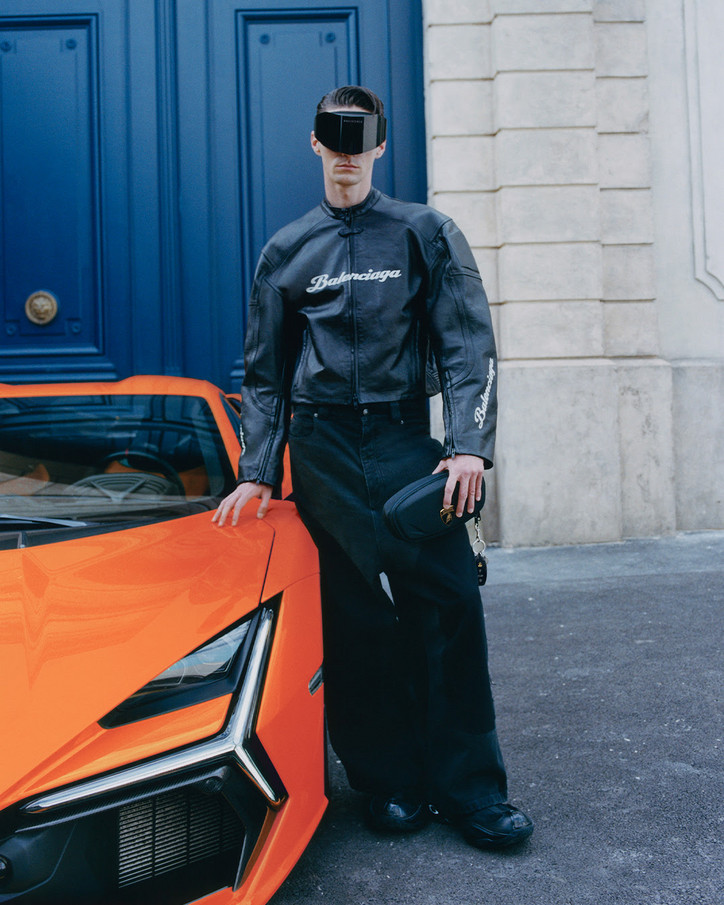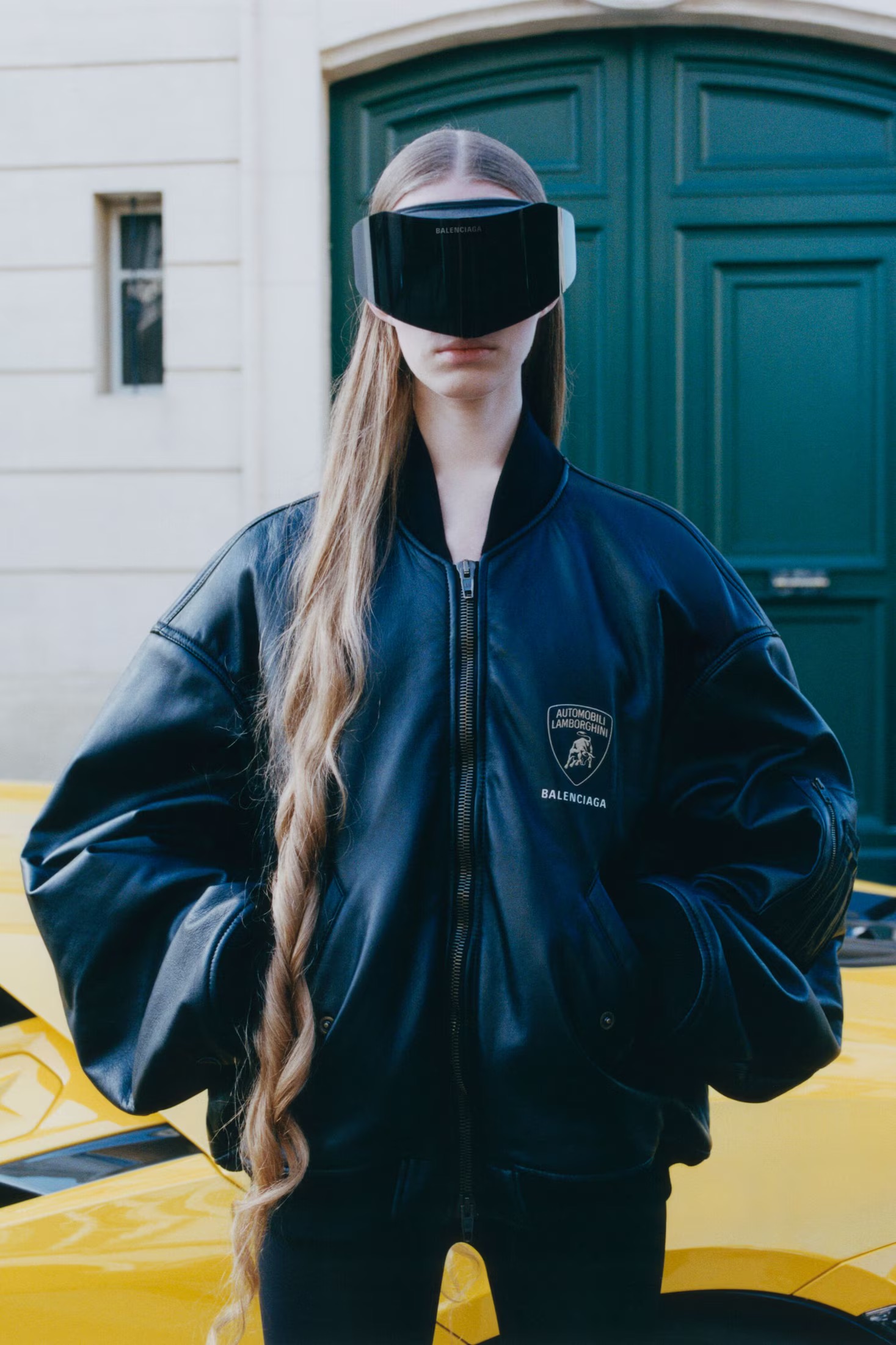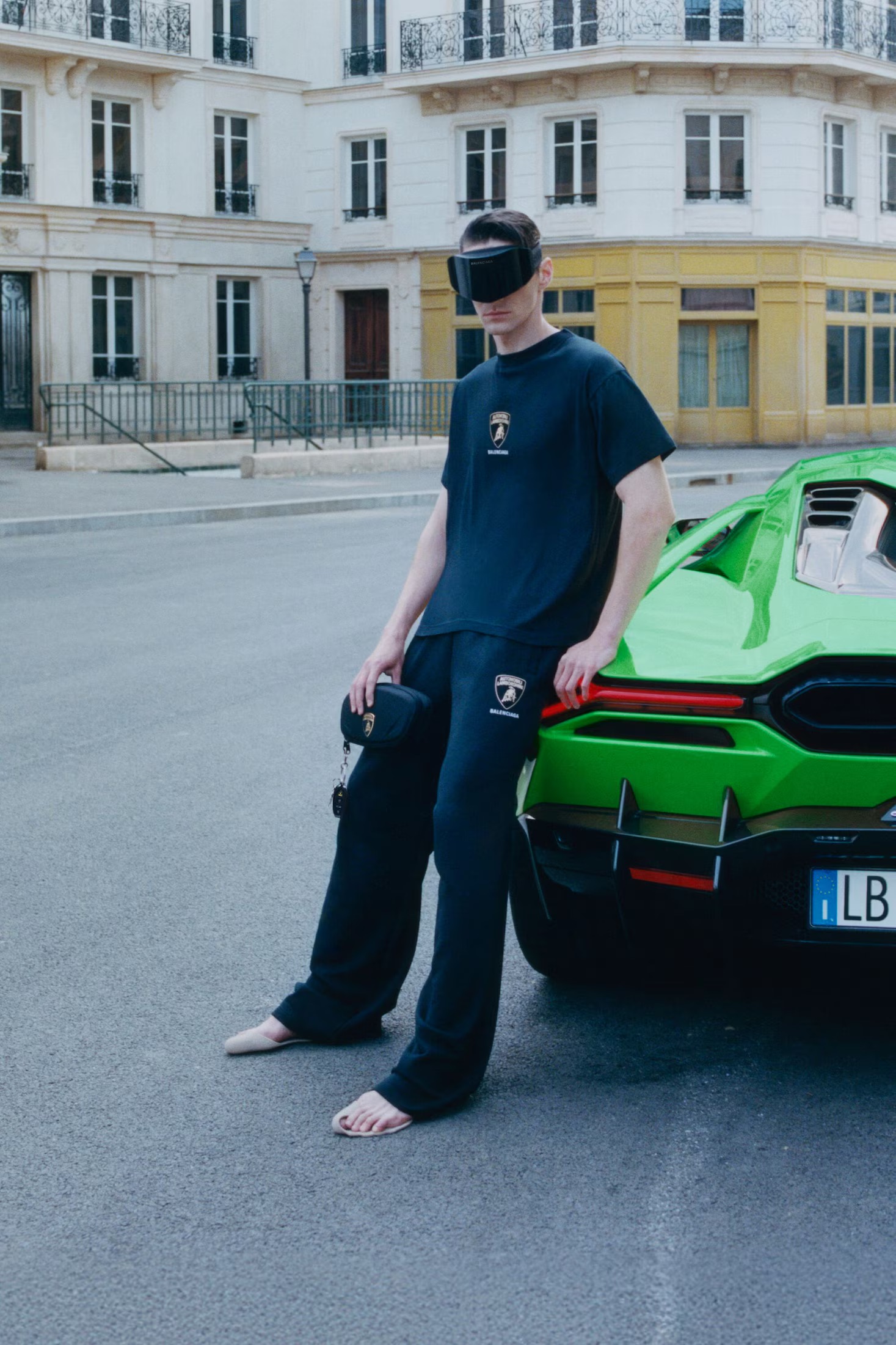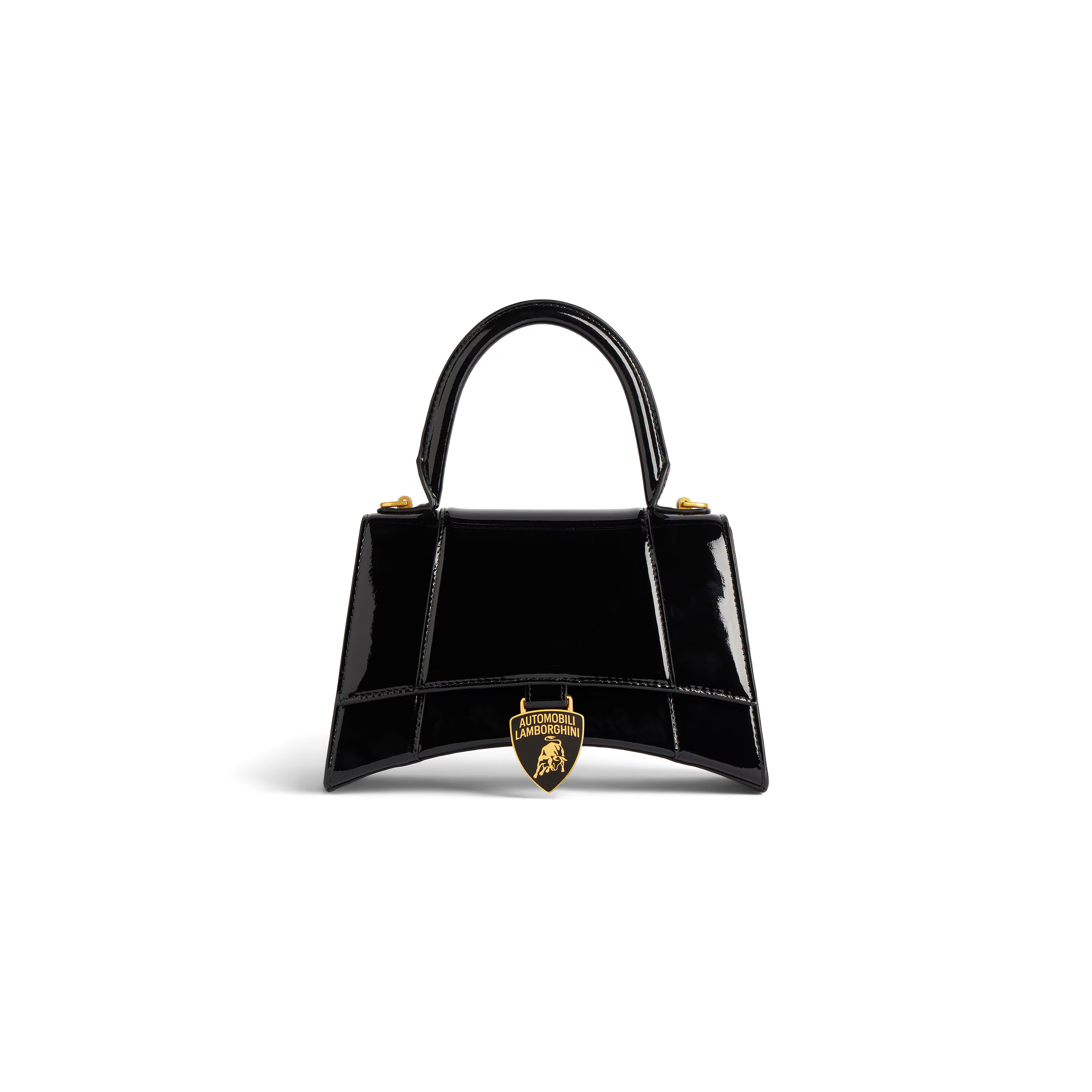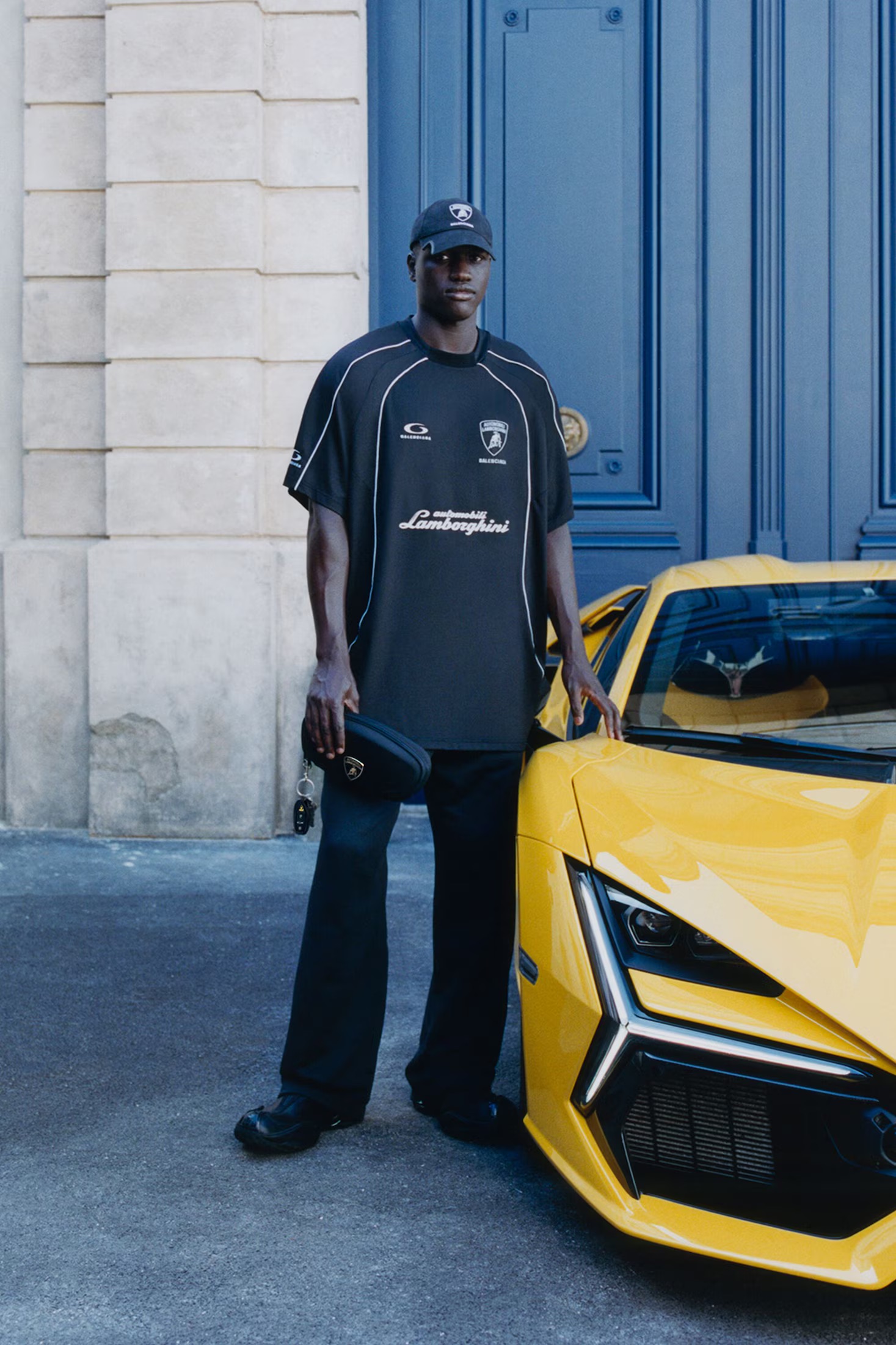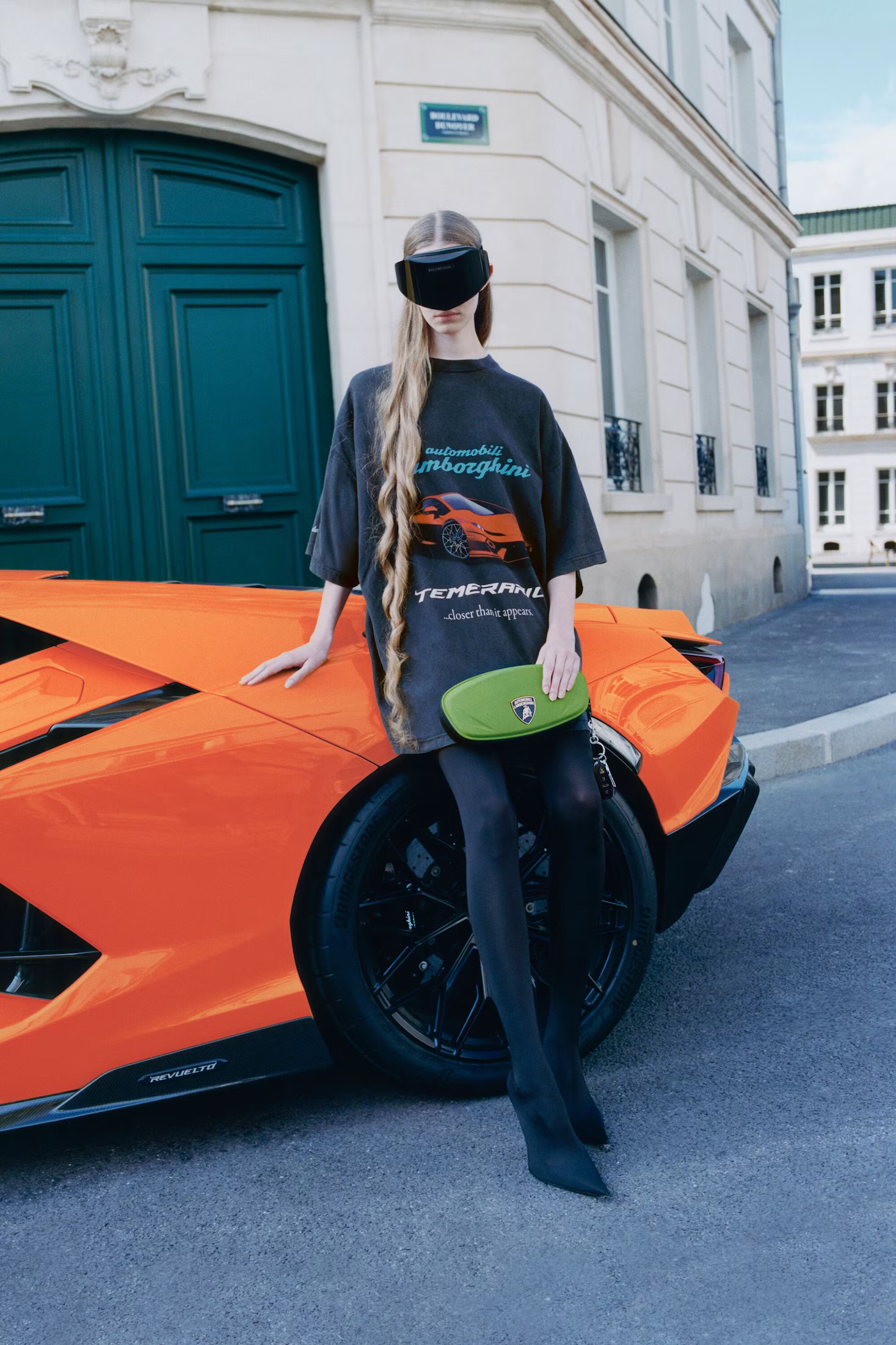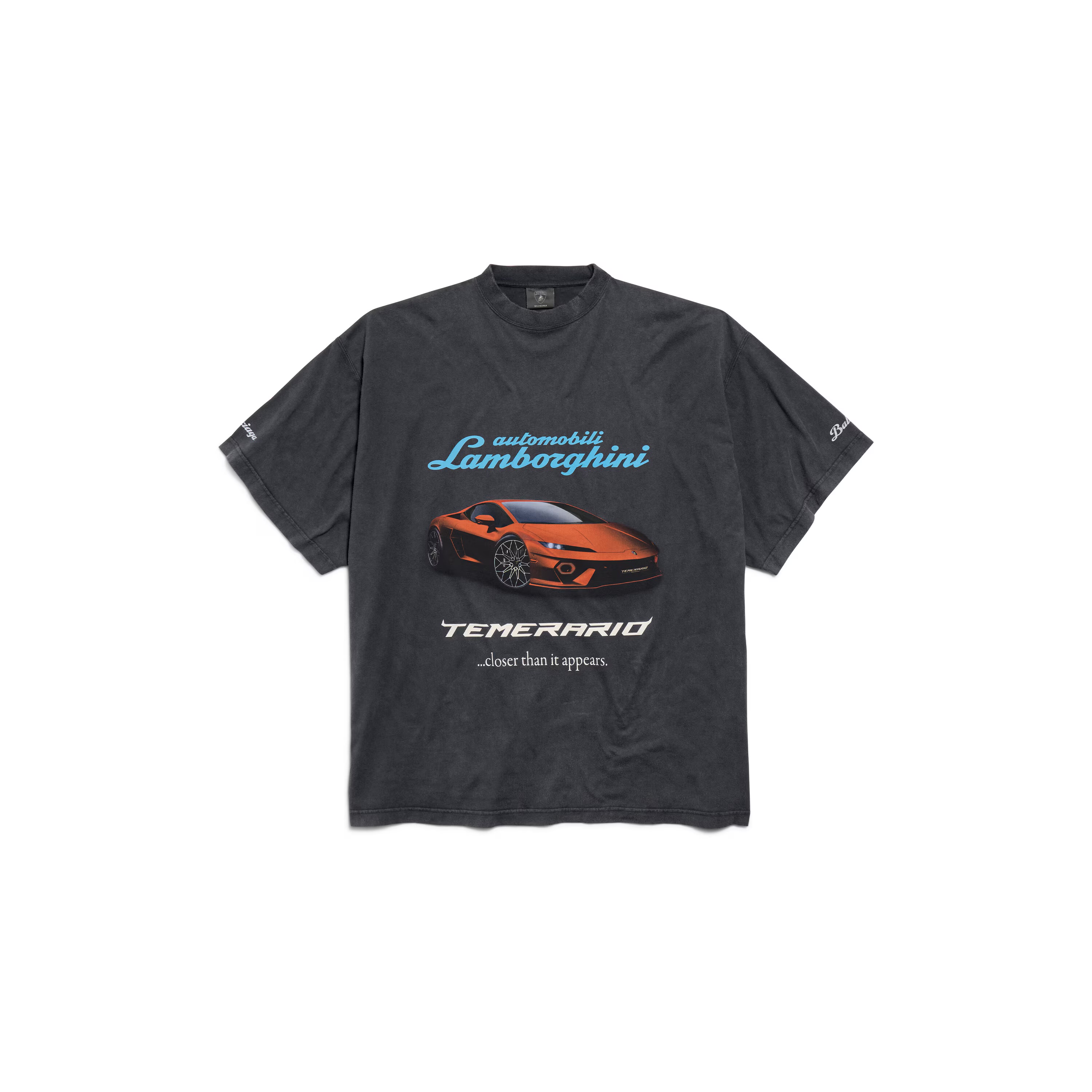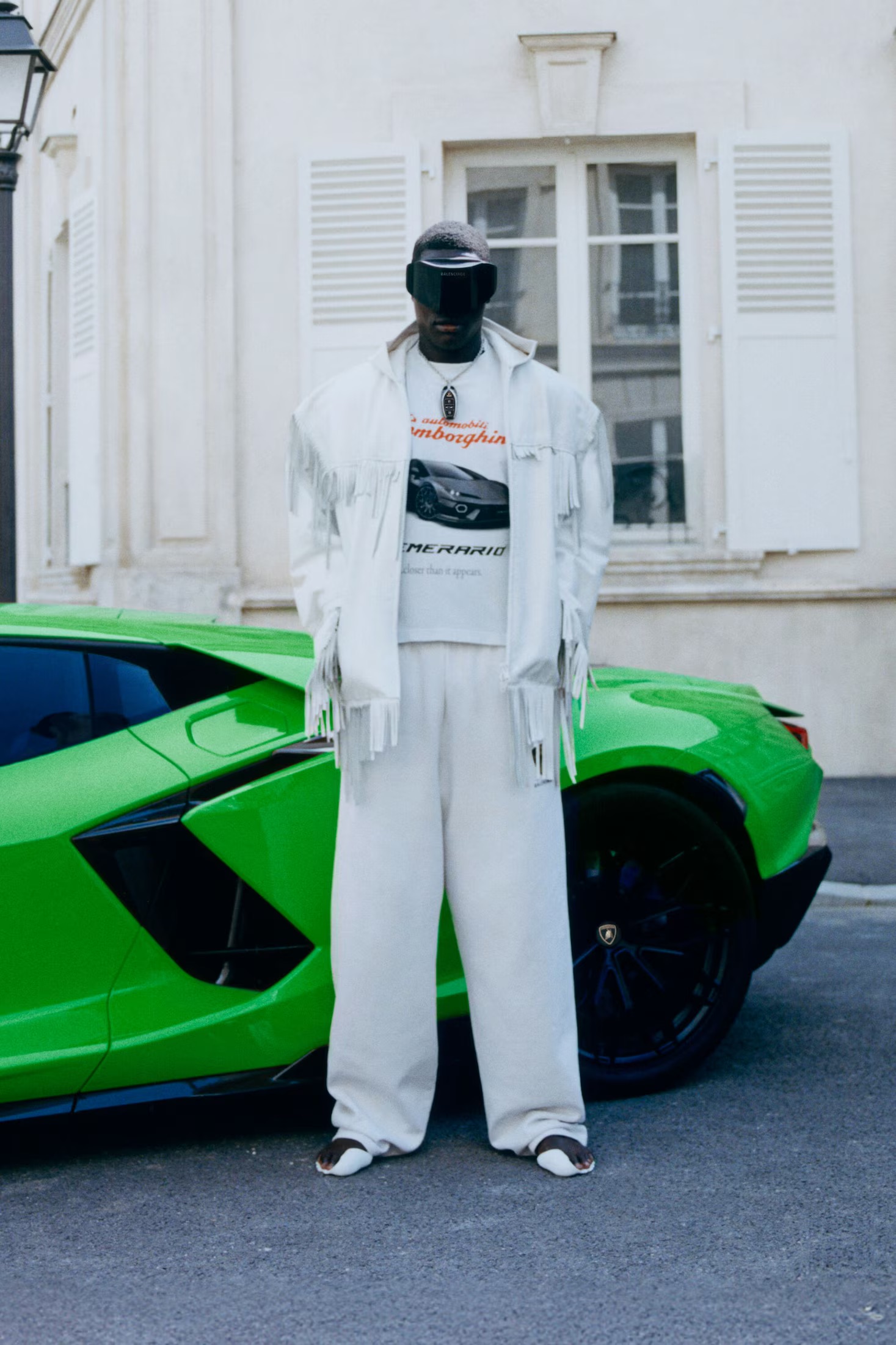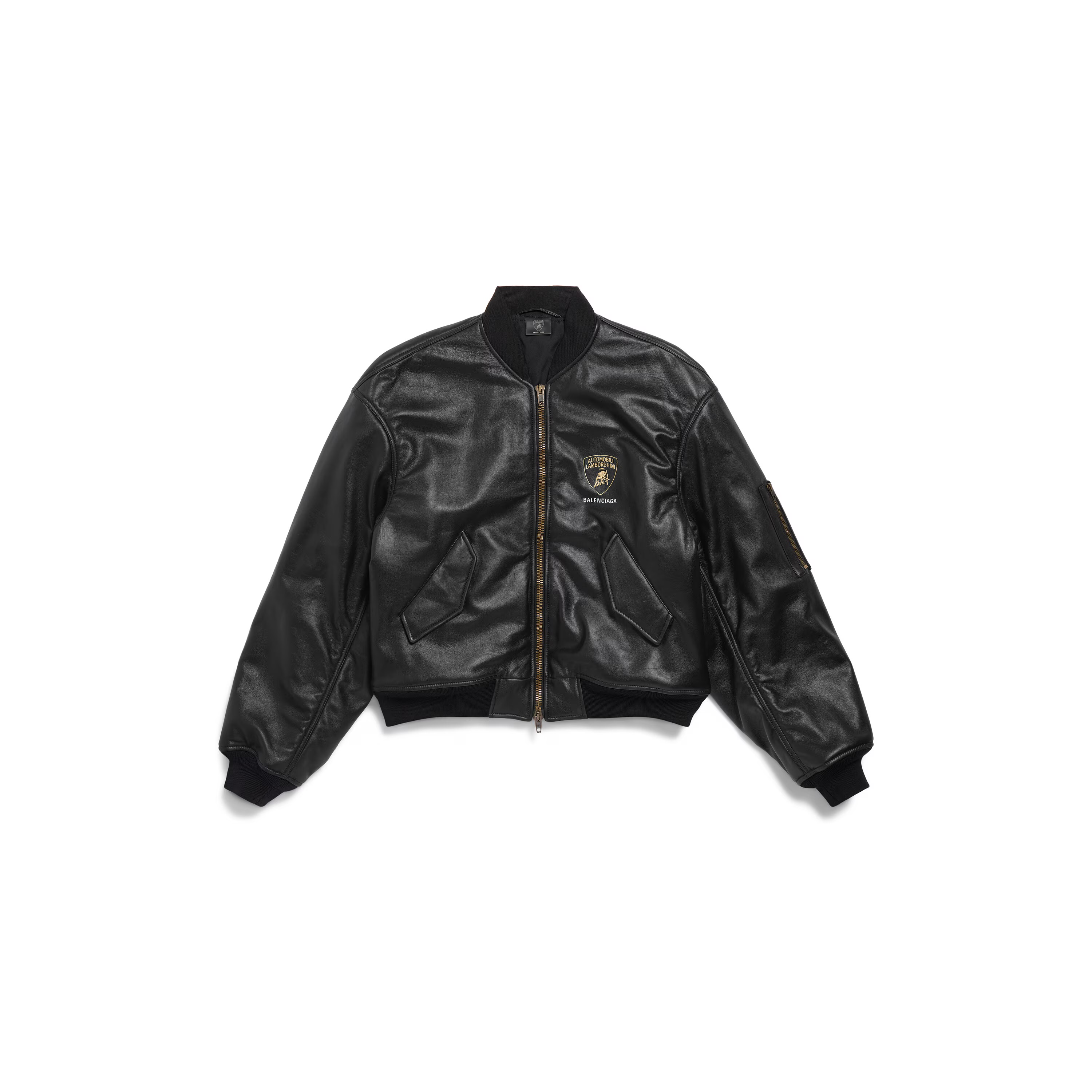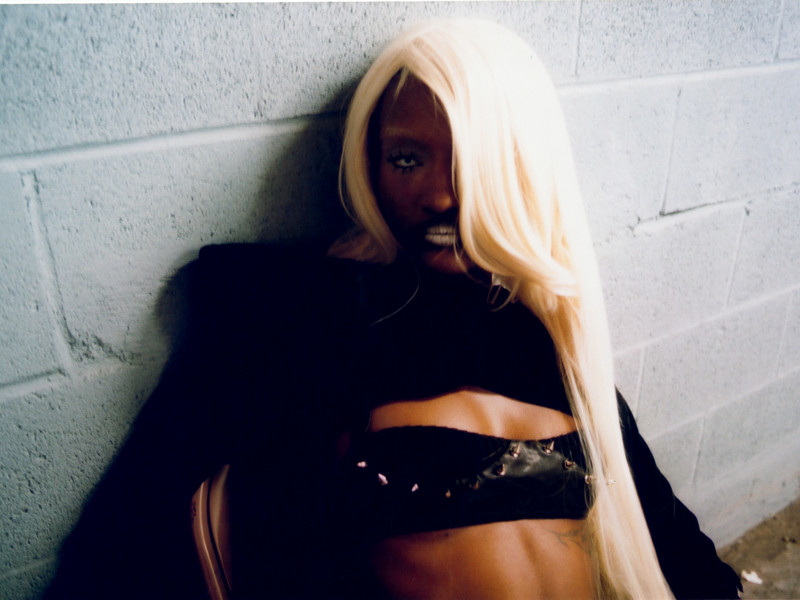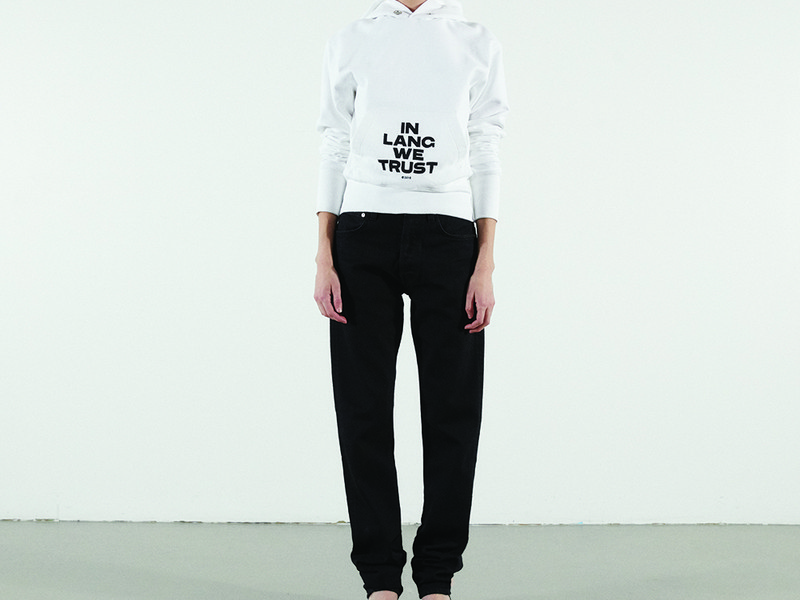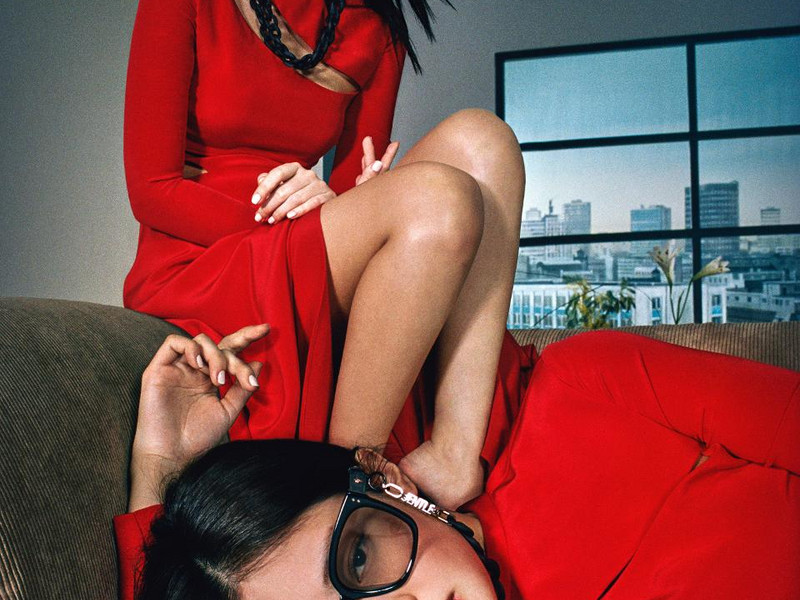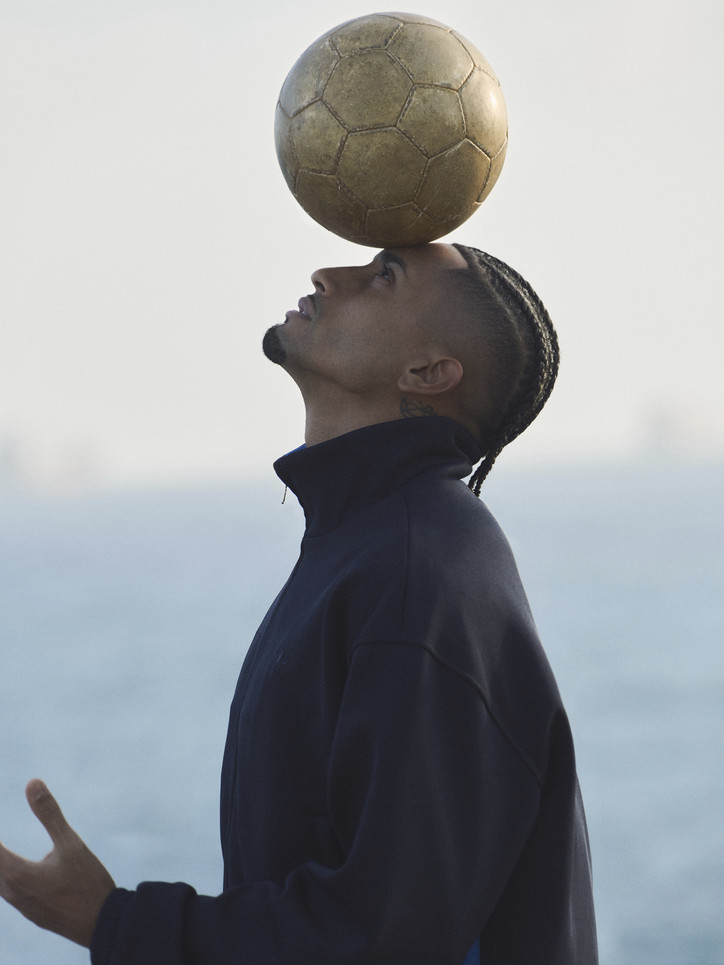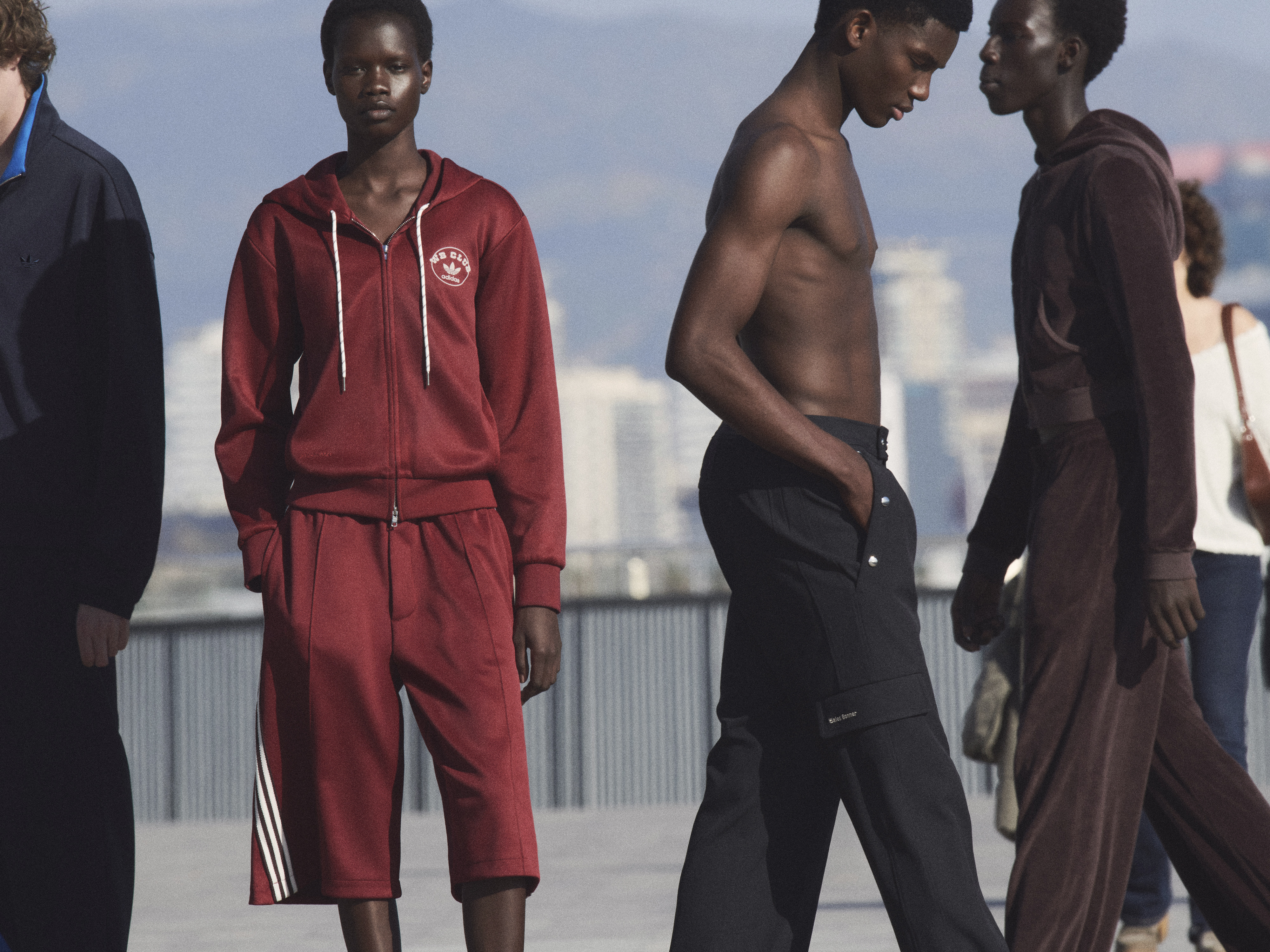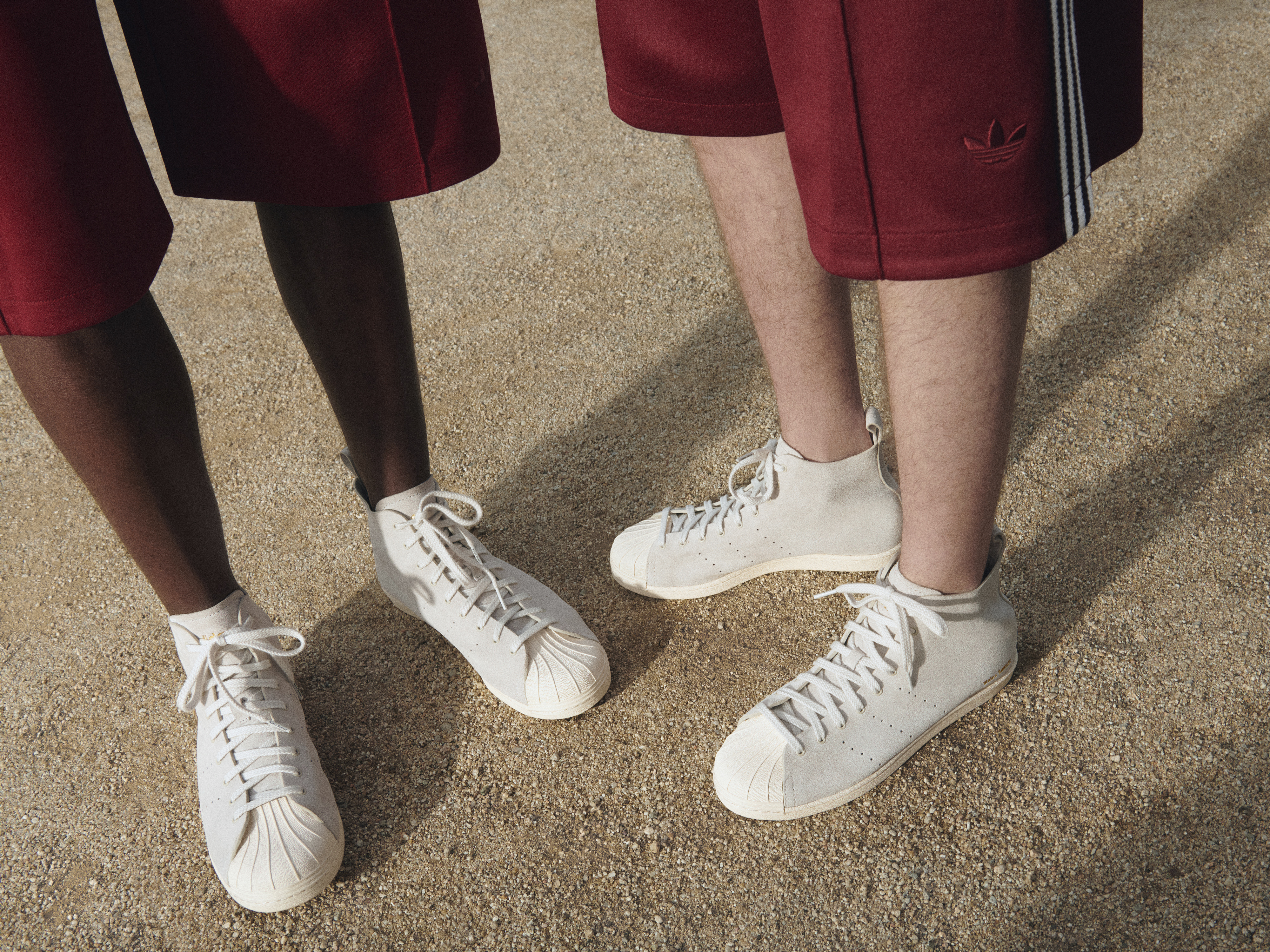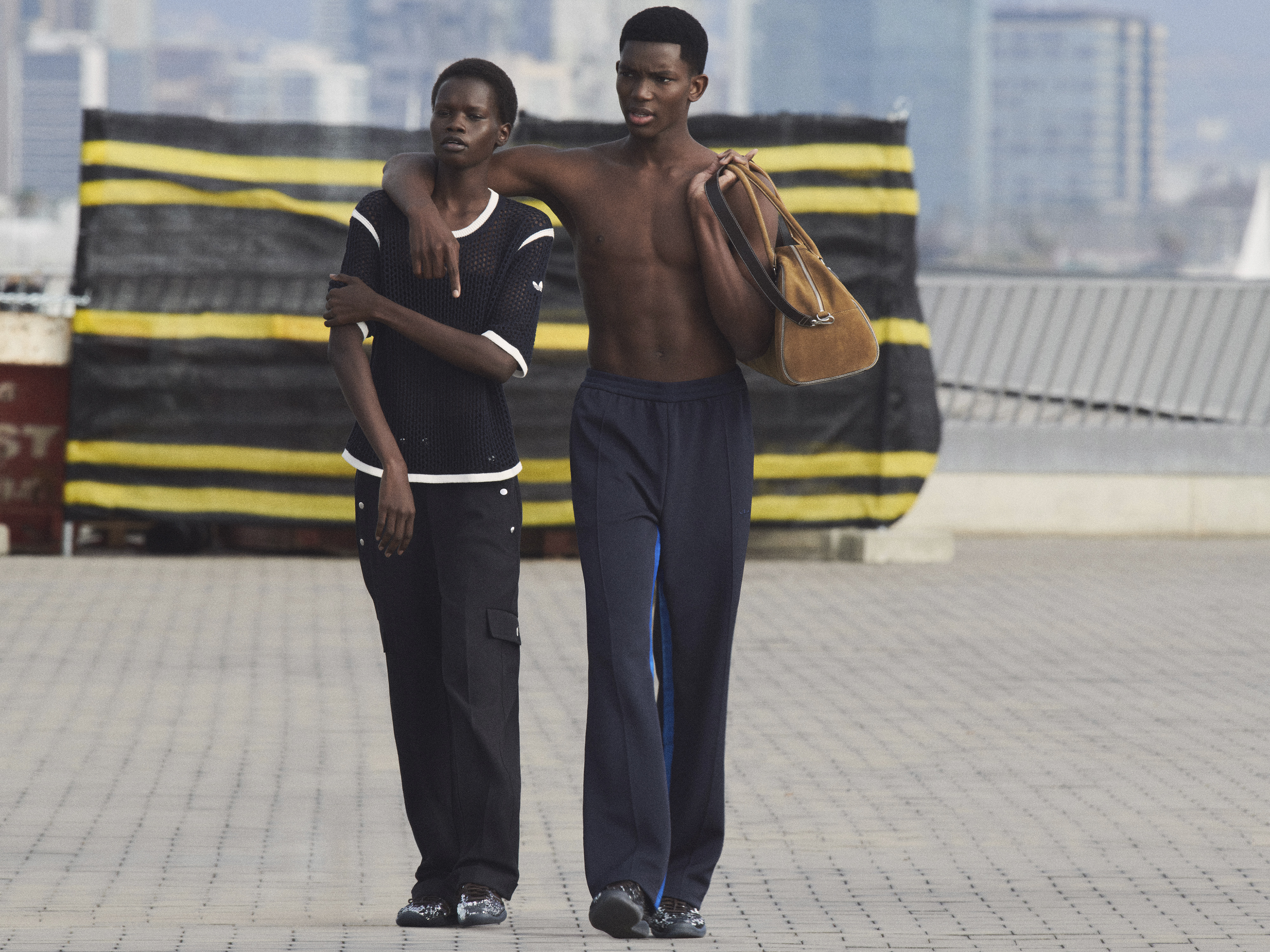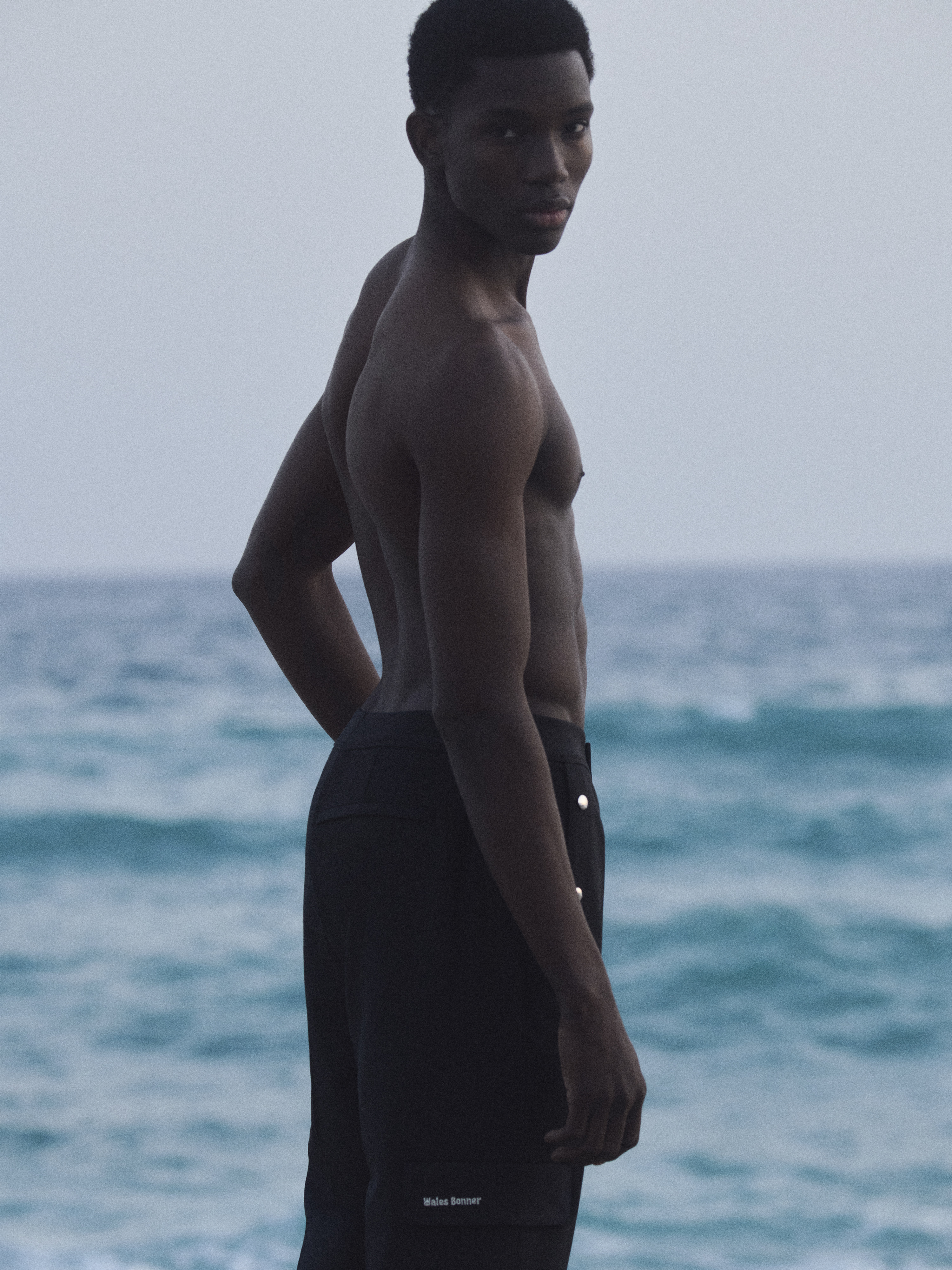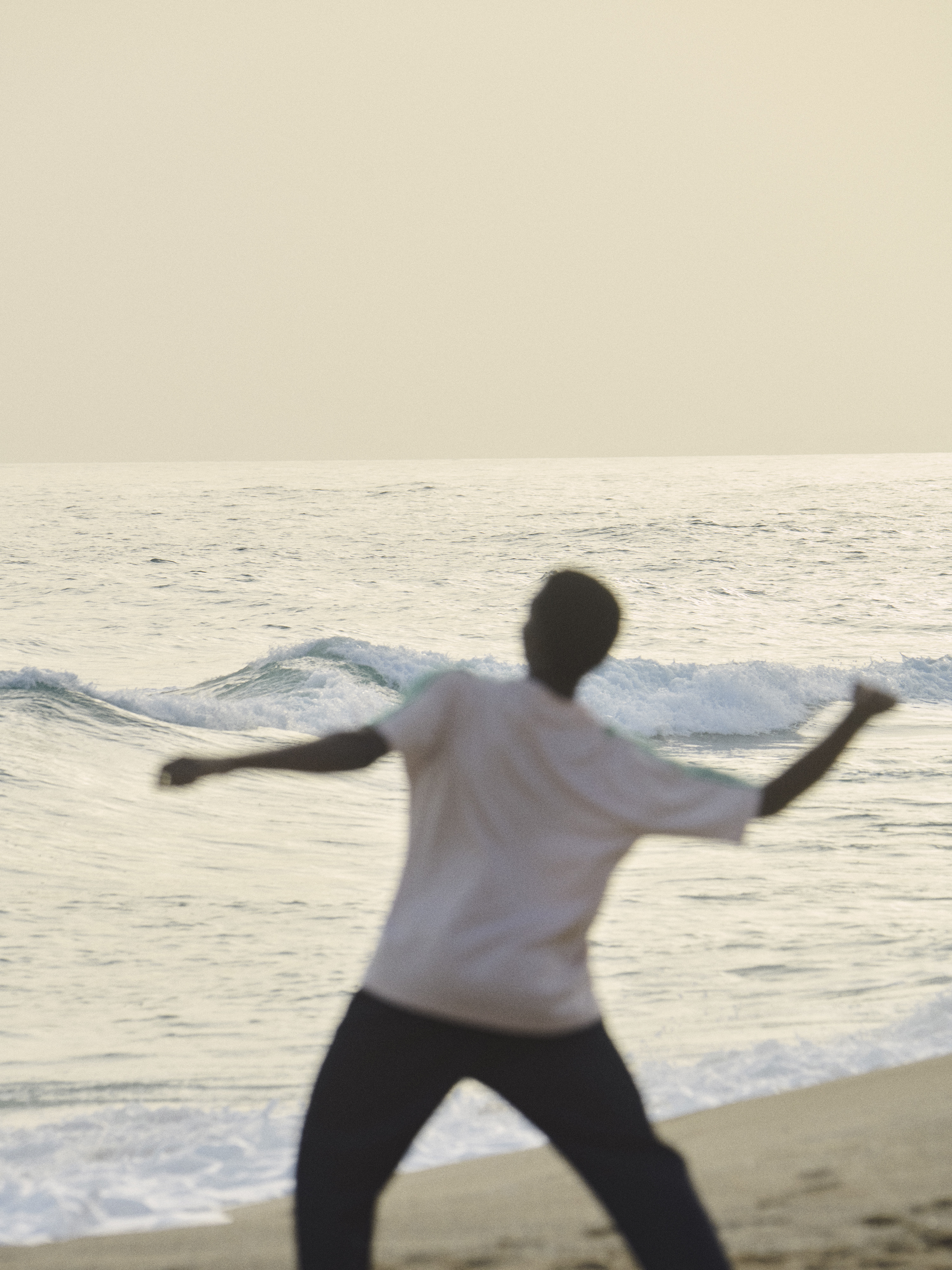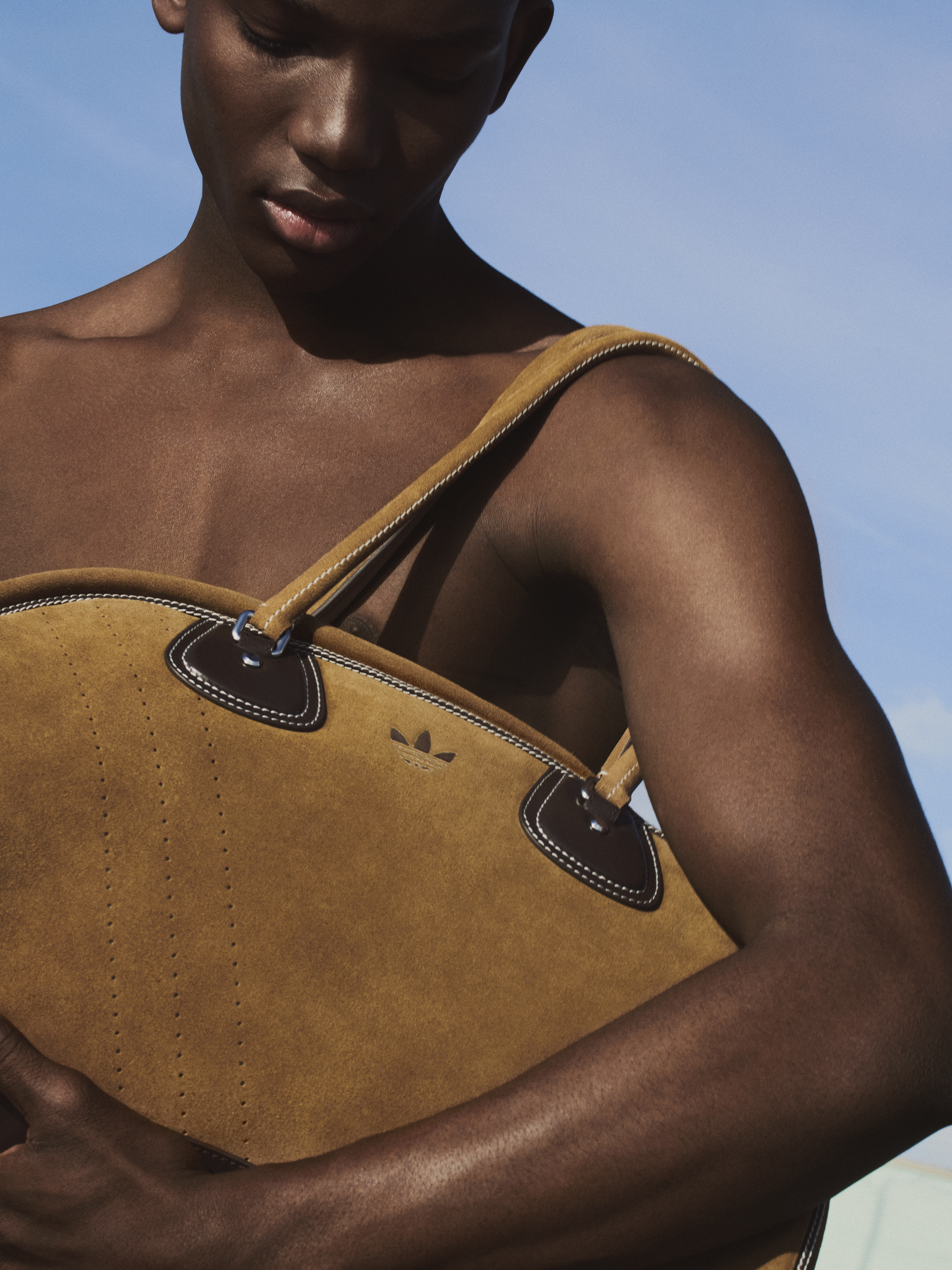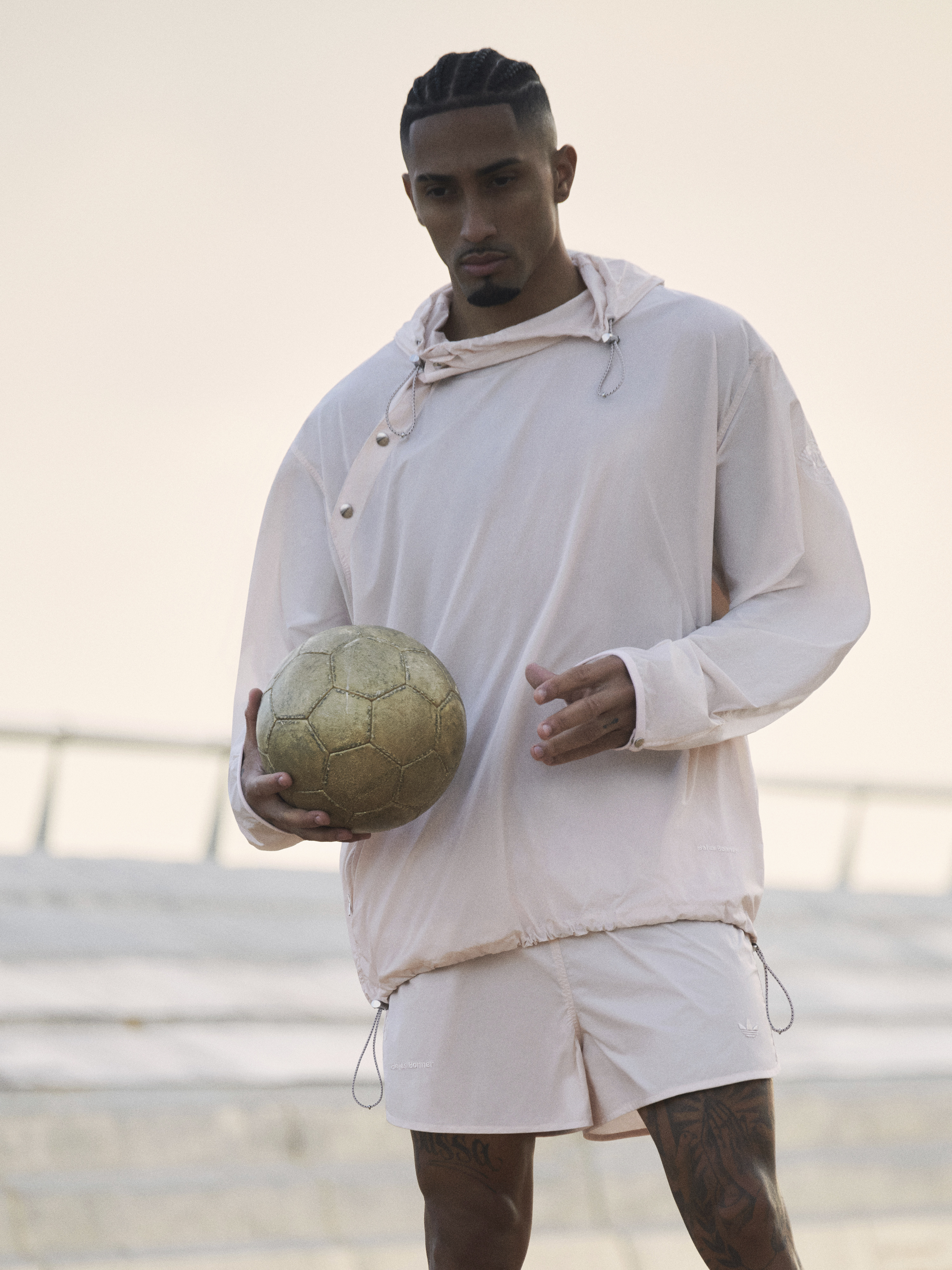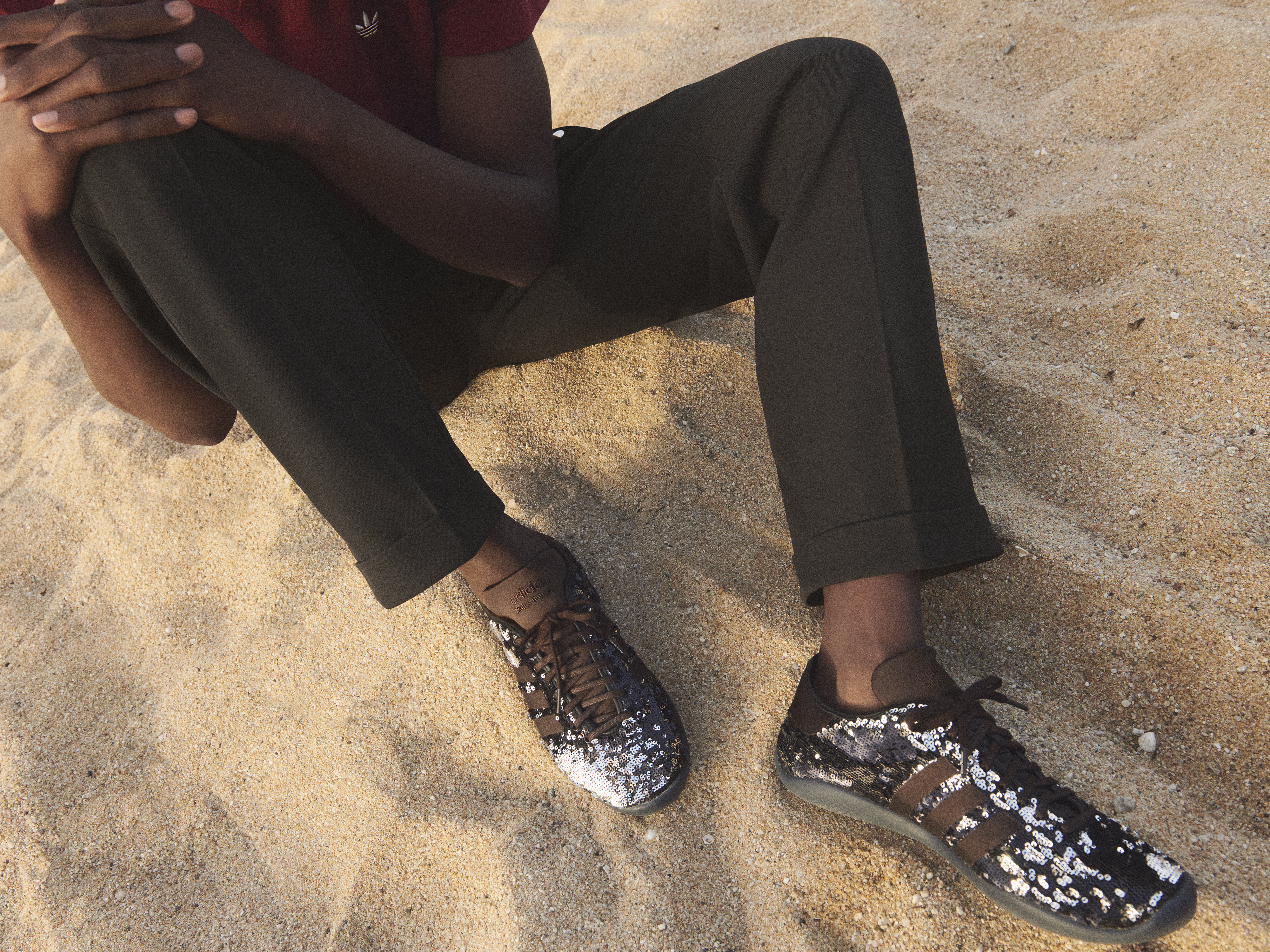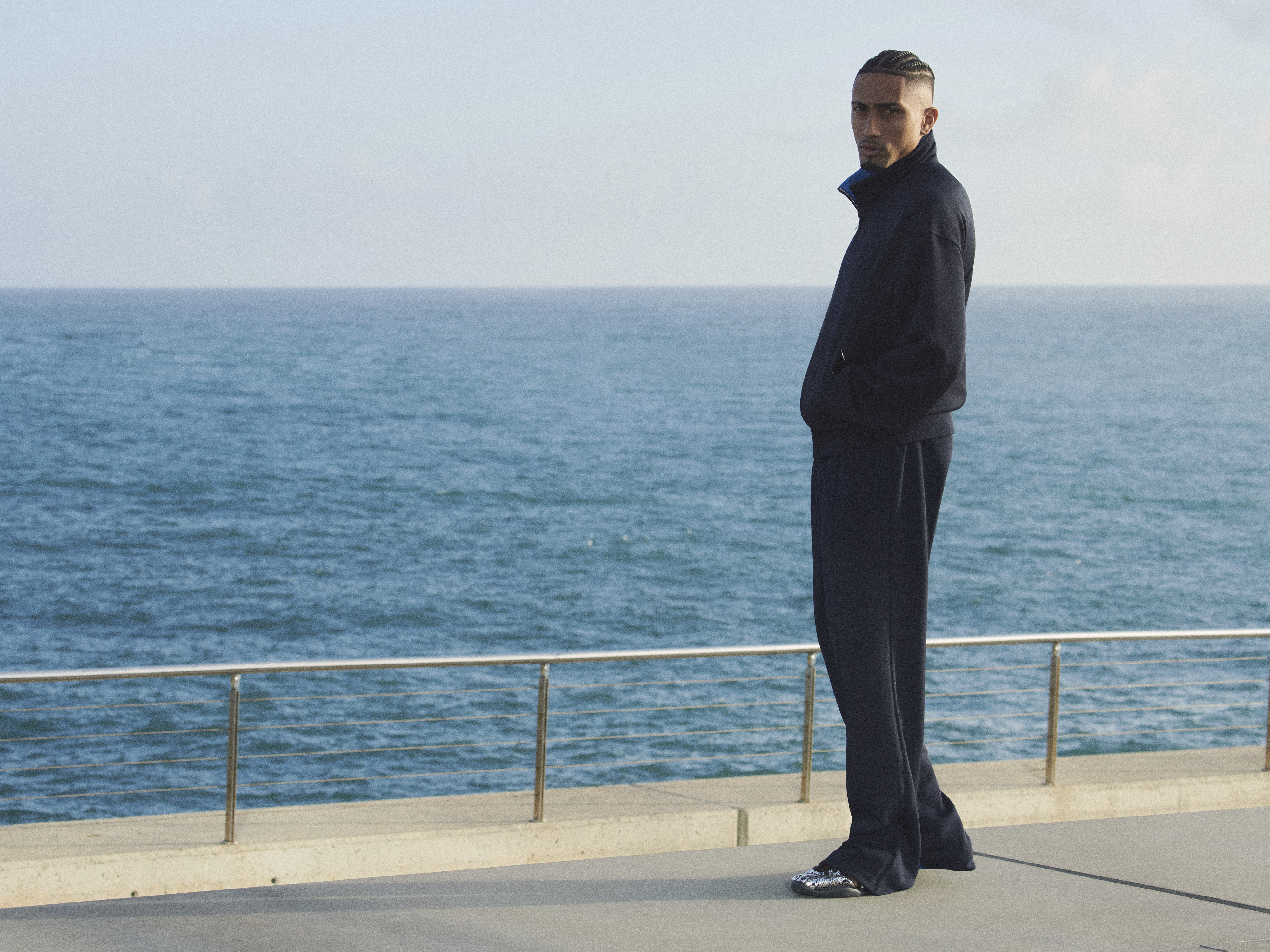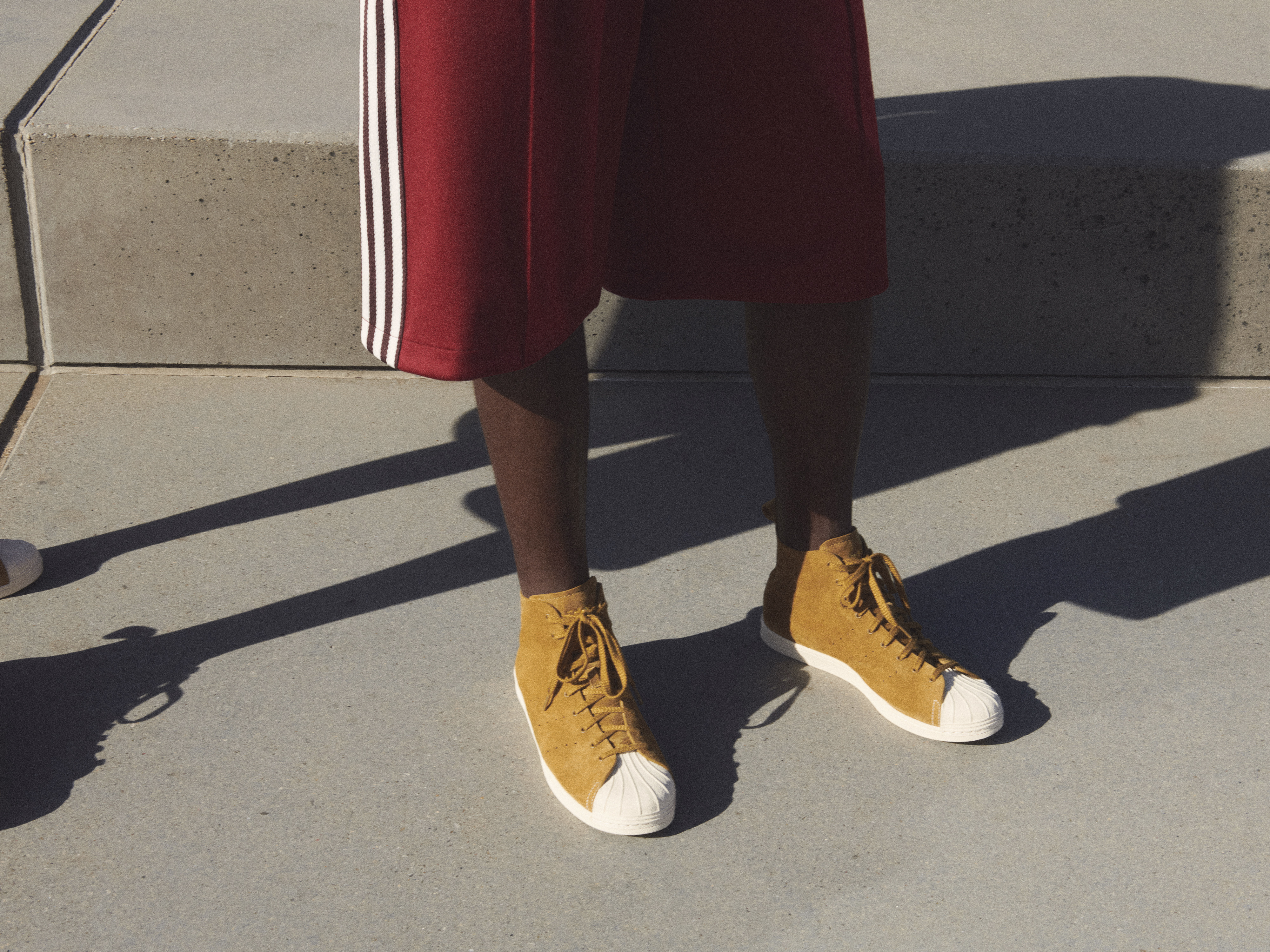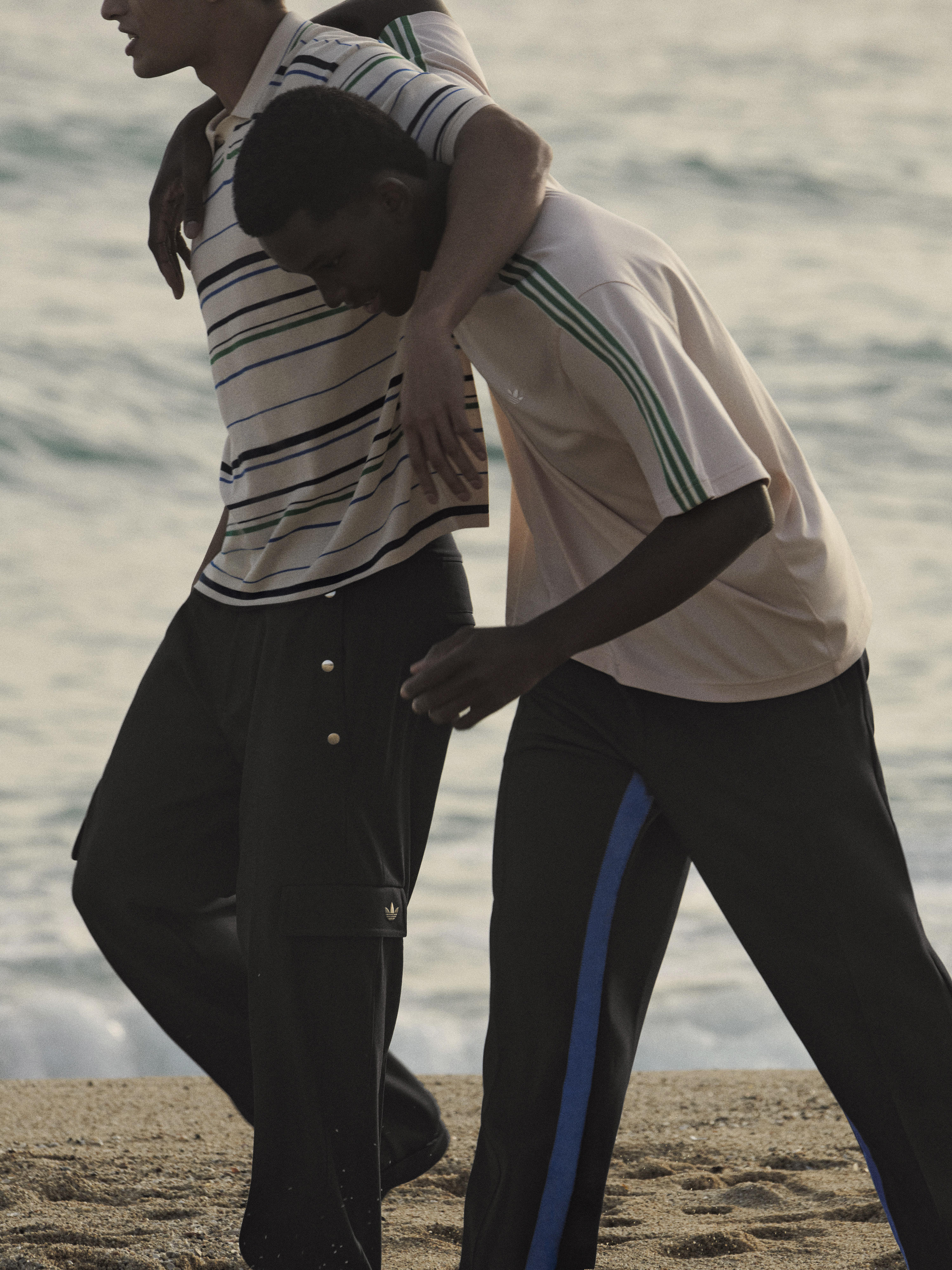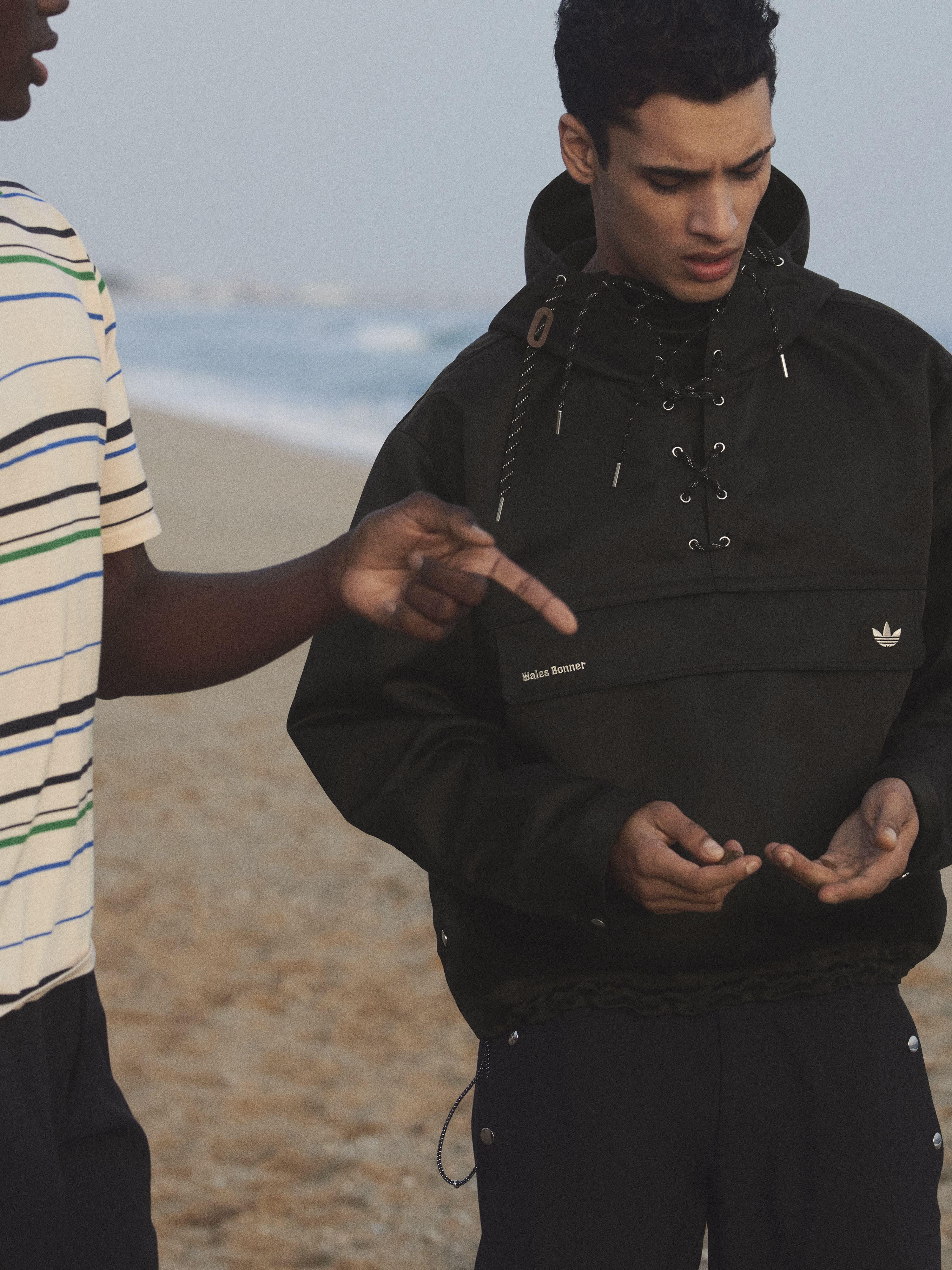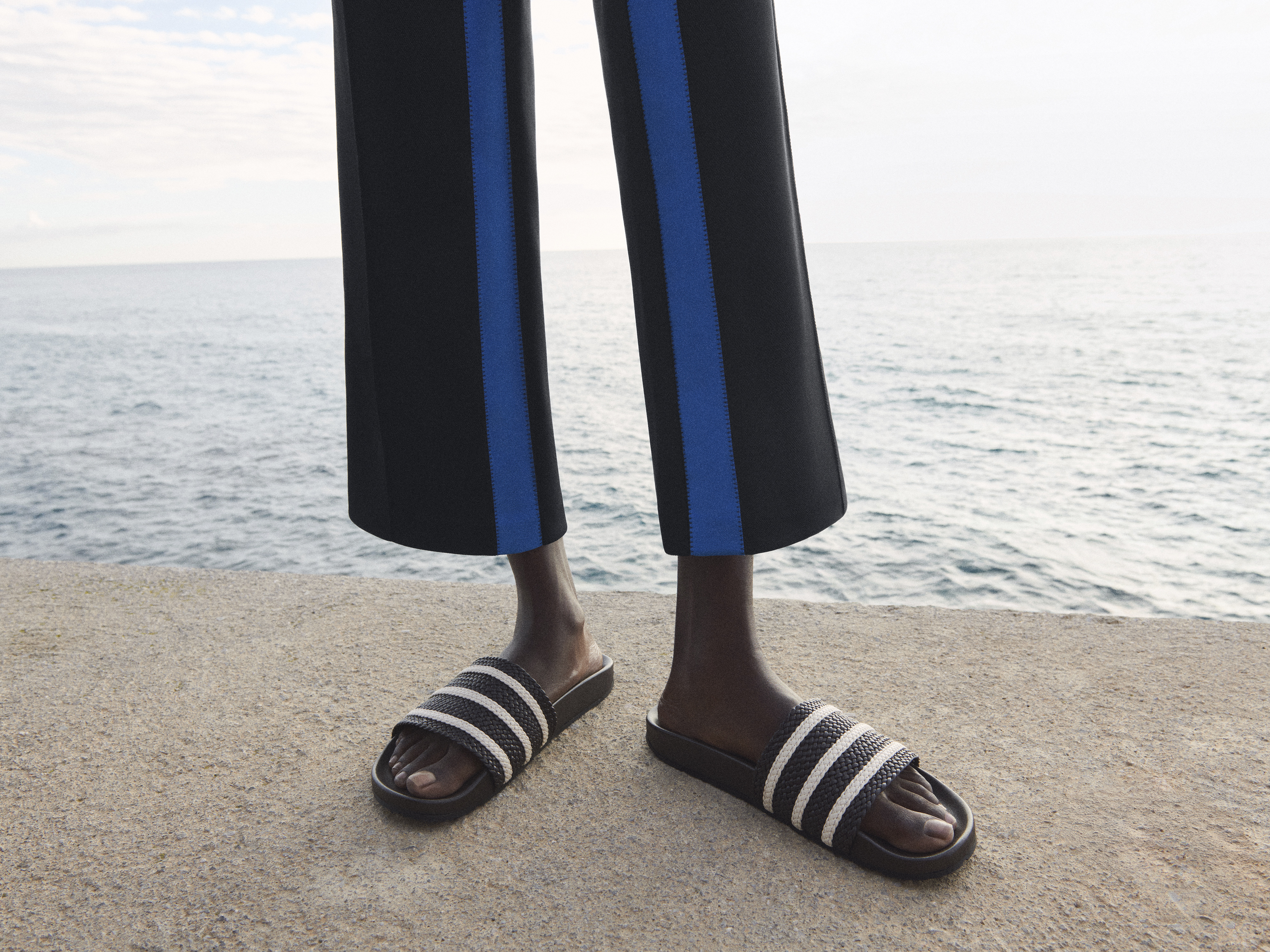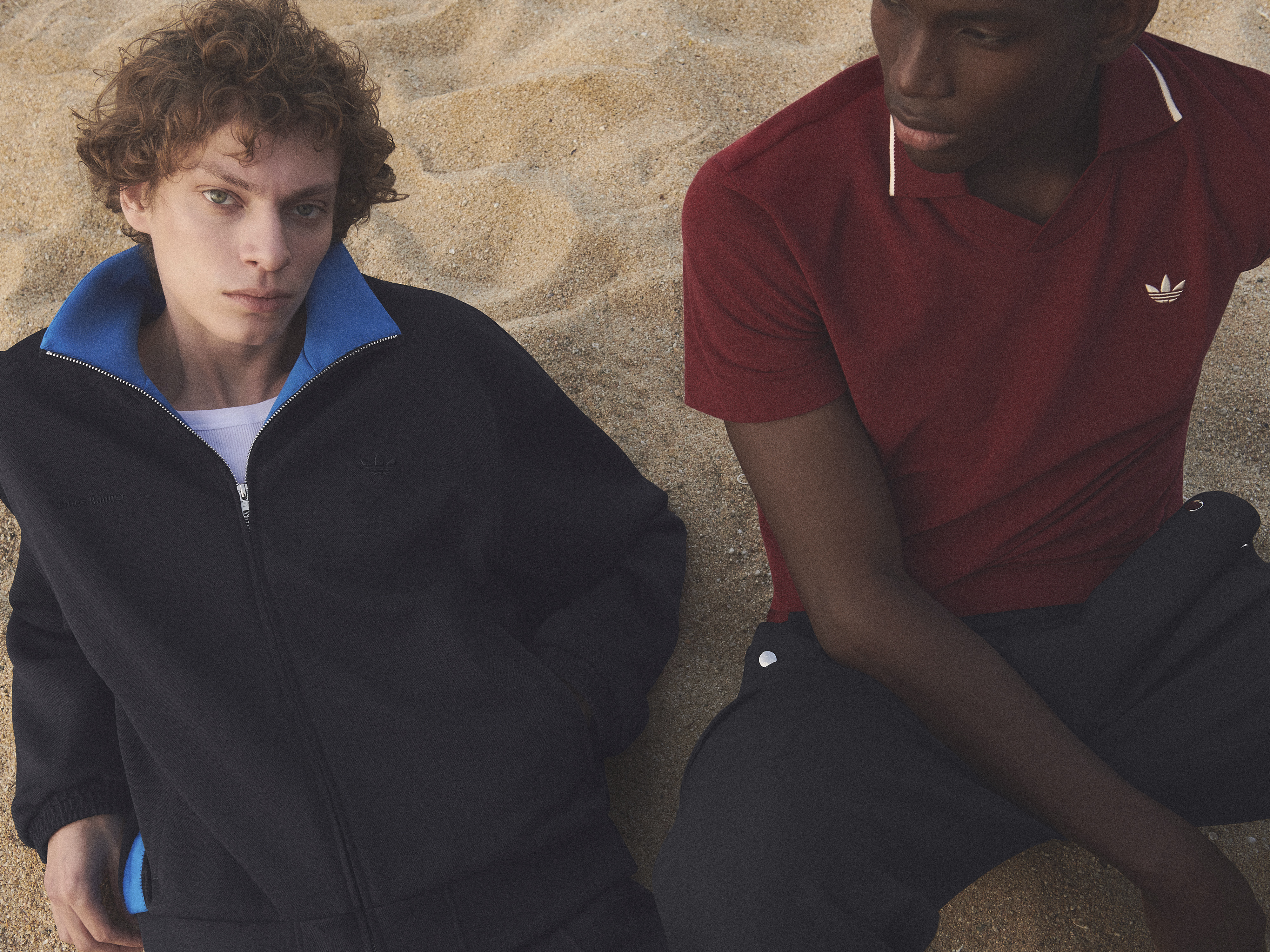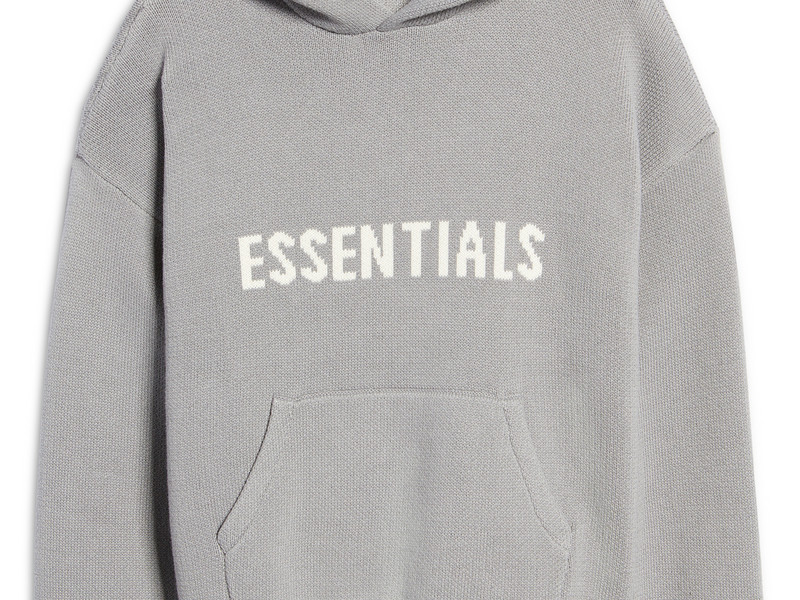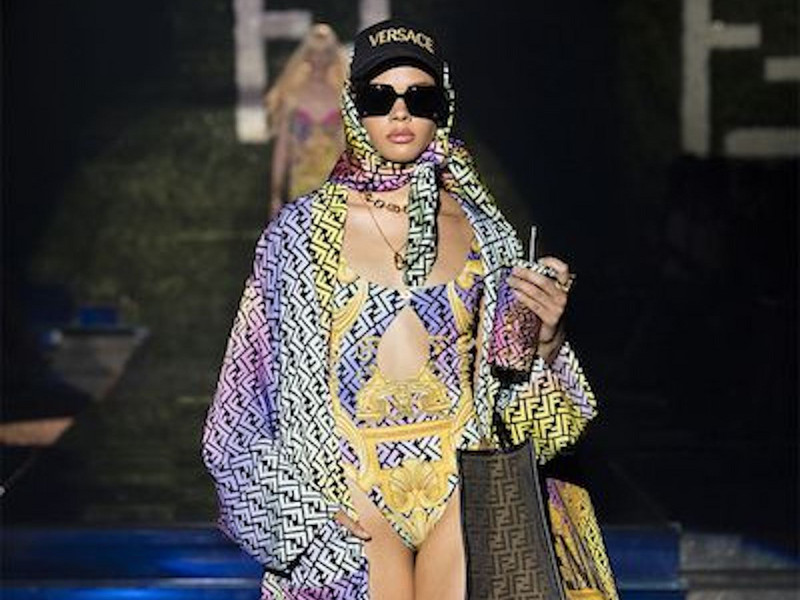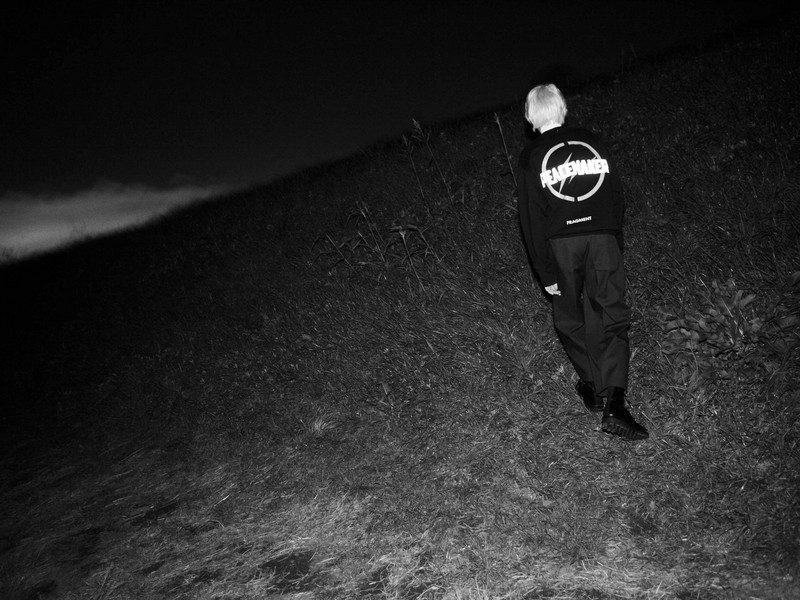Inside the "Amazing Mostro Show” With Heiko Desens
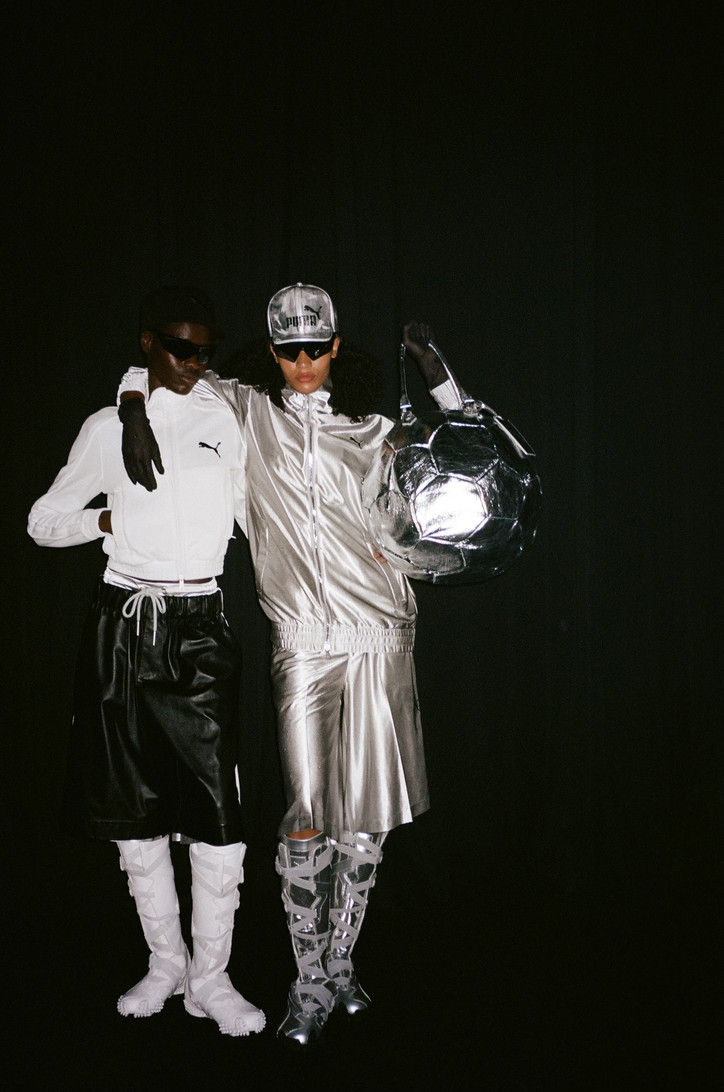
When you attend a show these days, so much of it feels the same. There was something about this presentation that made people curious. We had no idea what we were walking into — what part did you play in having that come to life?
We are a small group of creatives working together to come up with this entire concept — the music, set design, location all of it naturally comes together because of how closely we step on each other's territories, that's the fun part. It's really an exchange of ideas. I try to contribute to every conversation when I feel I have something to offer — I have no idea how to build a stage so in that case, I keep my mouth shut!
It must be an exciting time for you. In the presentation today, there was this exploration of identity that went beyond PUMA's legacy — every person could find something that speaks to them.
Over the last couple of years there have been big trends, all pointing in similar direction — naturally, everybody jumps at the same. We realized rather quickly that we’re so much stronger as a unit and so much more appealing as a brand if we focus on who we truly are. This is the best embodiment of that; nobody has done a shoe like the Mostro and it's such an obvious link to our legacy. We actually know who we are and we love it, we love the absurdity and the fun. That's what we feel was showcased here today.
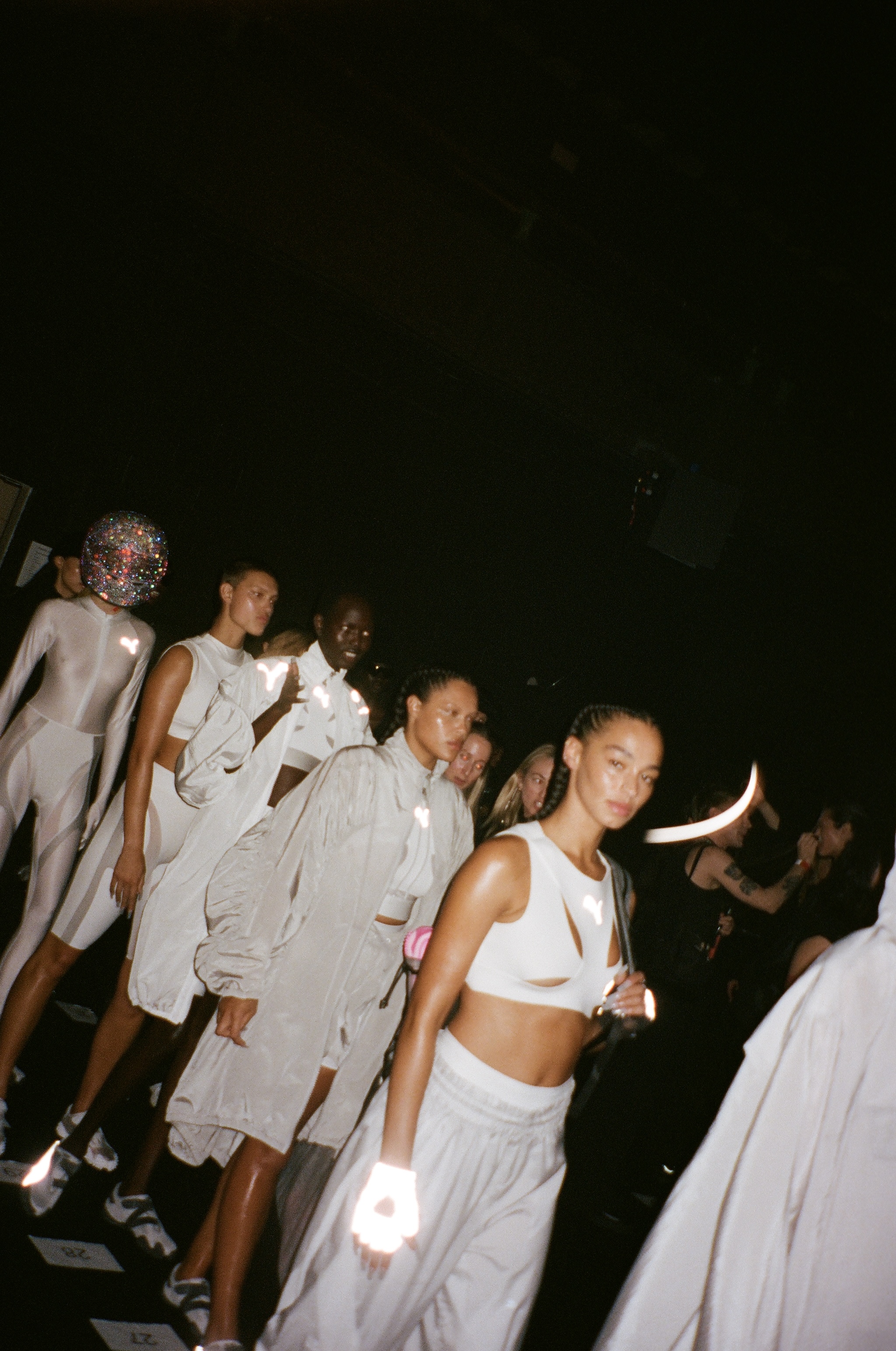
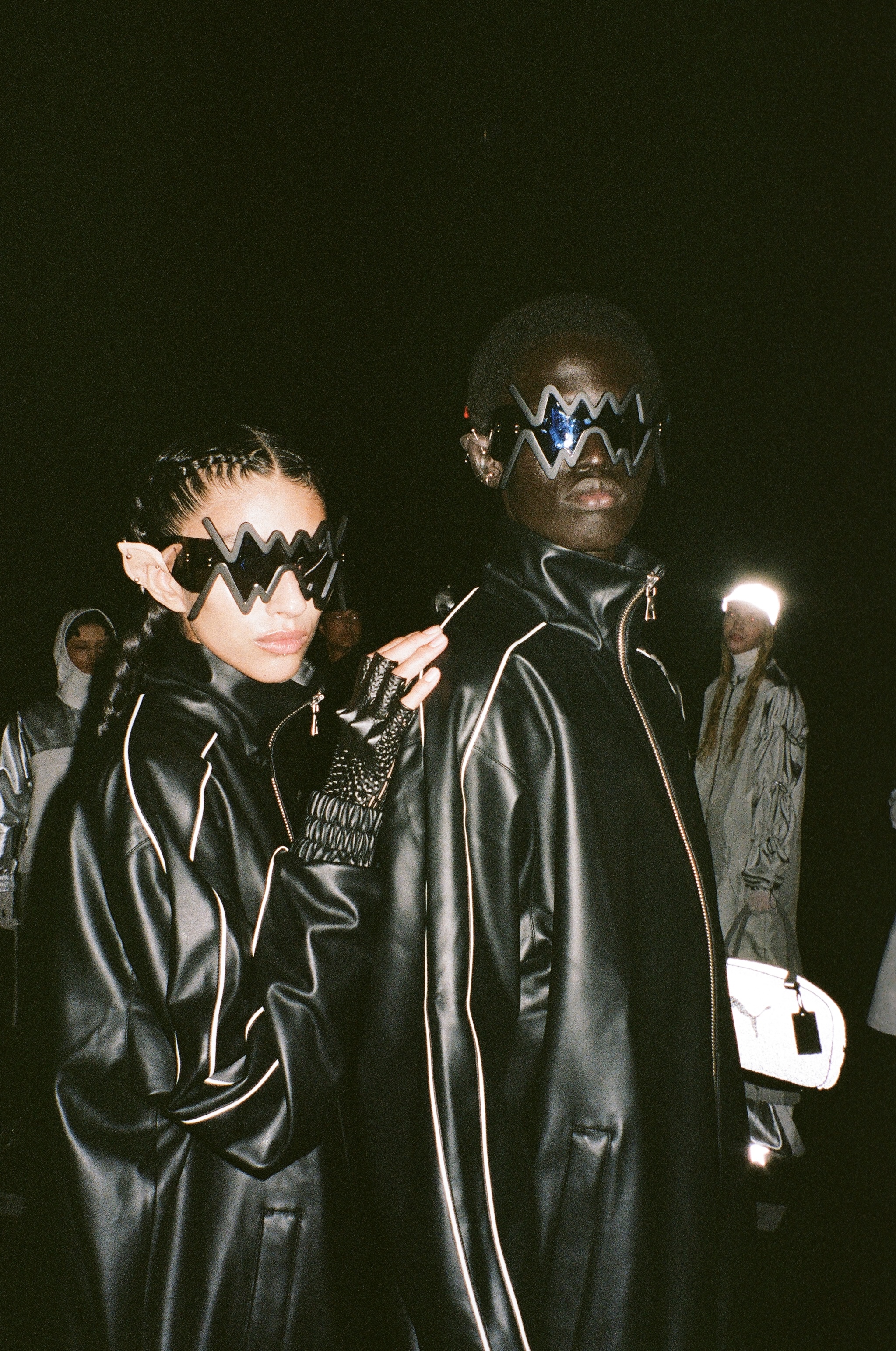
I see that. What elements of the original design were important to preserve?
The shoe really is an authentic bring-back. Honestly, we didn't switch much up besides changing the process a bit. We looked various models from the past, and upped it in some ways — particularly with the knee-high boot, elongating its spikes. It wasn’t the biggest success back then, but that's irrelevant, we felt like it would resonate with our times; it’s a one-to-one with a–slight–tweak on engineering.
How was that ethos carried on by the 56 looks presented tonight?
We have a couple of tracksuits and apparel pieces which were initially launched in the late sixties and seventies — it’s all about maintaining the clean design, the skeleton of the body, and then adjusting that model by extending a sleeve here, making the silhouette really long and narrow or the legs really wide so they sweep the floor there.. It's all in the details, the minor tweaks. That's what makes it contemporary while keeping it timeless. You look at it and feel really good because it's a classic but it's still updated for the right audience.
Last question before I let you run off — what synergies did you find between Alastair Mckimm's styling direction and your own perspective?
Oh, that's a good one. I didn't know what to expect because when creatives come together that's what usually happens. I don't know if he would agree but he might, I felt like we have a very similar understanding of aesthetics. We looked at things, saying, “No; yes; no,” until figuring out exactly what it was we wanted to say. It was very natural, fluid even. He's very structured, he's not a messy creative. For him, a structure paves the way for great ideas, and I'm the same. I noticed that in the first hour of working together and knew that it was going to be a lot of fun.
Major, congrats again!
